

Do Cruise Ships Have Enough Lifeboats for Everyone?
If you are thinking of going on a cruise, one of your safety concerns might be what happens in the event of an emergency and whether there are enough lifeboats for all passengers to disembark safely.
You might even have seen the Titanic when many people died because there weren’t enough lifeboats and wondered if things have changed for the much bigger cruise ships of today.
Cruise ships have enough lifeboat capacity for 75% of the maximum capacity of people on board, crew, and passengers. Liferafts are provided for the remaining 25%, although often not required as a cruise ship is never even near it’s maximum capacity.

Modern cruise ships are bigger than ever, especially mega cruise ships such as Wonder of the Seas or Symphony of the Seas, as examples of some of the largest.
Nowadays, many cruise ships can carry 5000 to 6000 passengers on board and an additional 1000 or more crew members.
It’s not surprising you may wonder if there are enough lifeboats on board to save everyone.
Although it’s unlikely a cruise ship sinking or even capsizing, there are rare occasions when lifeboats may be needed.
At the very least, in times of rough seas and large waves pounding the ship, it can be comforting to know there’s enough lifeboat capacity for everyone.
What is The Requirement for Lifeboats on a Cruise Ship?
The International Convention for the Safety of Life at Sea ( SOLAS ) stipulates that a ship must have enough lifeboats to accommodate 75% of the people on board.
SOLAS was started after the events of the sinking of the Titanic when there weren’t enough lifeboats for everyone.
Regulations require each side of cruise ships have enough lifeboats to accommodate 37.5% of the total number of persons on board (passengers and crew), 75% in total. Inflatable or rigid liferafts must accommodate the remaining 25% of passengers and crew. (SOLAS, Section II, Regulation 21, 1.1) Travellersunited.org ( Source )
This means that for a ship with 3000 passengers and crew, at least 2250 must be able to fit in the available lifeboats. For a cruise ship carrying 6000 passengers and crew, at least 4500 must be able to fit into the available lifeboats.
In practice, most cruise ships have more than the minimum number of lifeboats required. For example, Royal Caribbean’s Wonder has passenger and crew capacities of 6,988 passengers and 2,300 crew for a total of 9288.
This is slightly more than the 75% requirement set by the IMO, and that’s assuming absolute maximum passenger numbers.
Often the ship will have far fewer passengers than the absolute maximum, but it still leaves a few hundred people potentially without space on the lifeboats.
This is where liferafts come into play to make up over and above the 25% extra required.
Although it’s worth highlighting that a cruise ship is rarely anywhere near absolute capacity, many staterooms can sleep up to 4 people if you include the extra bed space but often only hold 2 people.
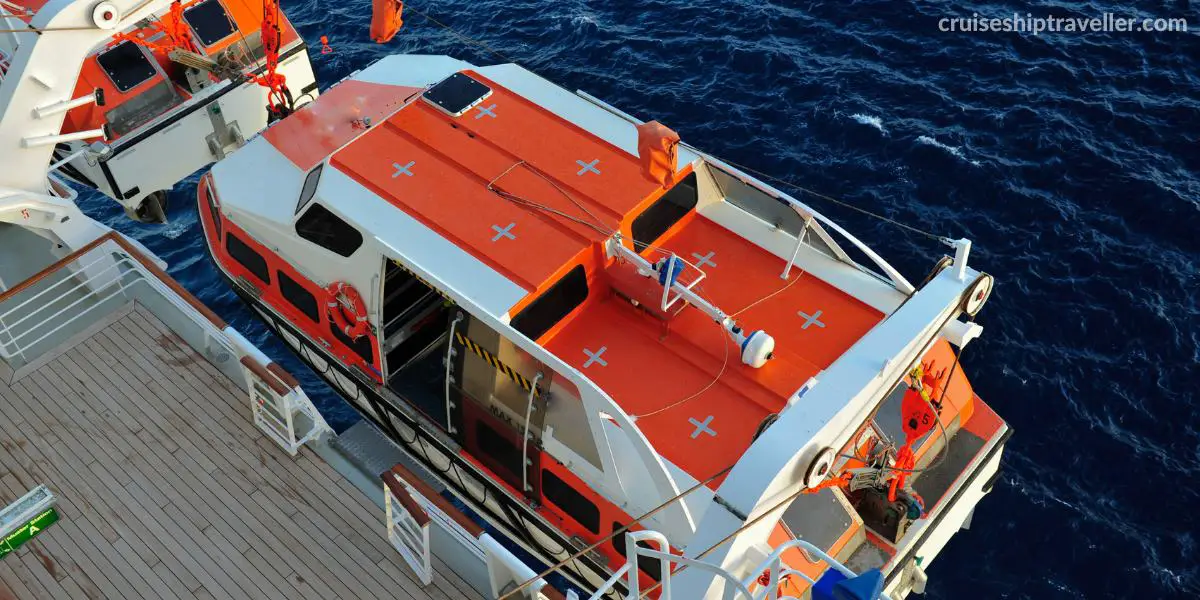
How Many Lifeboats Are Needed on a Cruise Ship?
Ideally, a cruise ship needs a higher lifeboat capacity than the total number of passengers and crew on the ship.
However, as we have seen, the IMO only requires a cruise ship to have enough lifeboats to accommodate 75% of its total capacity.
For every 1000 people on the ship, a cruise ship would need 75% of that number in lifeboat capacity, or 750 people.
If the lifeboats hold a maximum of 150 passengers , then the following number of lifeboats would be required:
- 1000 ship capacity = 750 lifeboat capacity = 5 lifeboats
- 2000 ship capacity = 1500 lifeboat capacity = 10 lifeboats
- 3000 ship capacity 2250 = lifeboat capacity = 15 lifeboats
- 4000 ship capacity 3000 = lifeboat capacity = 20 lifeboats
For larger ships such as some of the Royal Caribbean fleet who have the larger 370 capacity lifeboats you would need the following:
- 6000 ship capacity = 4500 lifeboat capacity = 12 lifeboats
- 7000 ship capacity = 5250 lifeboat capacity = 14 lifeboats
The largest lifeboats, like those which were unfortunately destroyed on Costa Smeralda when it collided with a crane , can hold up to 440 passengers.
Some passengers may need assistance getting into the lifeboats, and crew members will need to stay behind to help with the evacuation process, including the cruise ship captain, who should be the last person to leave the ship and one of the reasons for the high cruise ship captains annual salary.
Additionally, some lifeboats may be damaged or lost during an incident at sea so it’s always important to have more safety boat capacity than required.
If there are not enough lifeboats for everyone on board, then inflatable or rigid liferafts must accommodate the remaining 25% of passengers and crew.
Liferafts must be located on the ship’s exterior, easily accessible, and clearly marked.
They must also be capable of being launched quickly and easily, even in bad weather conditions.
When needed, the liferafts are released from their compartments and connected to shutes are lowered into the sea where they are released and begin inflating.
Passengers and crew members then have to defend down via the shutes and make their way to a seating position on the liferaft.
Liferafts come in different sizes holding from 25 to 200 people. The larger ones hold as many as a standard-size lifeboat.
One of the largest is Viking Life Saving Equipment which holds up to 200.
The 3D video below demonstrates how they would be used in an emergency.
Are There Enough Lifeboats for Everyone in the Event of an Emergency
It’s all well and good having enough lifeboats when setting sail on your cruise vacation, but what about in the event of an emergency?
For example, if the ship is is on fire or is it listing to one side so much, the lifeboats can’t be launched.
There is a SOLAS requirement that lifeboats must be able to be launched if listed as much as 20º. It would be rare for a ship to list more than that, but it has been known in the case of Costa Concordia.
How Many Lifeboats On Carnival Cruise Ships?
All lifeboats can be seen on each side of the Carnival ships.
Depending on which ship you are cruising on, you could simply look for a photo and count them.
Although you can rest assured:
We also ensure that the number of lifejackets, lifeboats, and life rafts on each Carnival ship exceeds the number required, based on the ship’s maximum capacity for passengers and crew. Carnival Safety and Security ( source )

How Many People Can Fit In a Cruise Ship Lifeboat?
For many years, the maximum capacity of a cruise ship lifeboat was typically 150 people. This will be the case for many cruise ship lifeboats today. However, many of the worlds largest cruise ships now hold lifeboats with a capacity of 370 to 440 people.
1.1.2.1 No lifeboat shall be approved to accommodate more than 150 persons. (LSA 4.4.2.1) rules.dvv.com Source
However, more recently, with ever-increasing cruise ship sizes and required lifeboat capacity, cruise lines such as Royal Caribbeans obtained a waiver to have larger lifeboats like those of Wonder of the Seas, which has 18 lifeboats 9 on each side.
This might not seem like enough for a cruise ship that can hold over 6000 passengers and crew.
However, each lifeboat has a capacity of not 150 but 370 people for a total of 6660. These mega-lifeboats, as they are known, are found on many of the Royal Caribbean largest cruise ships, including the first to have them, Oasis of the Seas.
These significantly larger lifeboats not only carry more people but also take up significantly less length when all together on the ship’s side and keep them on one deck.
Although it’s still below the passenger (6988) and crew (2300) maximum capacity of 9288. Hence why, rafts are needed.
Here’s an interesting time-lapse video of a 150-capacity lifeboat being loaded and released with 150 people (crew members) as part of a periodic capacity test.
Where Are The Lifeboats On a Cruise Ship?
The lifeboats on a cruise ship are typically located on the outside decks , often on both sides of the ship.
They are easy to spot and are usually brightly colored orange and yellow.
The lifeboats might be partially or completely hidden behind panels or glass on some ships.
How Big Are the Lifeboats On Cruise Ships?
The largest lifeboat, the Palfinger MPC 49 is 15.25m by 5.5m and holds 440 persons.
The Royal Caribbean CRW55 mega lifeboats are 16.7m by 5.6m and hold 370 persons.
The more common 150-capacity lifeboats are usually 8.1m to 9.6m in length.
Different types of Lifeboats on a Cruise Ship?
There are 3 types of lifeboats to be found on cruise ships.
- Open lifeboats
- Closed lifeboats
- Freefall lifeboats
However, the most common type of lifeboat you’ll find on a large ocean cruise ship is the closed lifeboat.
These are designed to protect passengers from the rough seas and weather.
How Are Lifeboats Launched from a Cruise Ship
This passenger was lucky enough to get a great view of a lifeboat being launched into the sea from the Viking Ocean cruise ship.
The lifeboat is extended outwards from the ship and lowered down.
In this instance, the lifeboat was being used as a tender boat.
Tender Boats
Lifeboats aren’t just used in emergencies, they sometimes double up as tender boats to take passengers to shore from the cruise ship when in port.
What’s On a Lifeboat?
Lifeboats carry the essentials, including:
- Water and food rations for each person to last a week
- First Aid Kits
- Seasickness Pills
- Searchlights
- Signaling Devices
Do Cruise Ships Have LifeBoat Drills?
All cruise ship passengers must participate in a lifeboat drill before the cruise sets sail.
During this mandatory safety drill, you will be shown to your assigned lifeboat station, often called a muster station.
You won’t necessarily get into the lifeboat, but you will learn how to put on a lifejacket and be familiarized with the drill.
Frequently Asked Questions
Do all cruise ships have lifeboats.
Yes. All cruise ships have lifeboats. They are required by law to have enough lifeboats for at least 75% of all passengers and crew on board. Liferafts are provided to make up for the rest.
Why do Ships Not have Enough Lifeboats?
Lifeboats take up space and add weight to cruise ships.
Inflatable liferafts make up the difference needed to get all passengers and crew off the ship in an emergency. These are much lighter and take up a lot less space.
The more space a cruise ship can free up the more money it can make by providing more cabins, entertainment or other sources of extra revenue on the ship.
Are there Toilets on Lifeboats?
Generally, lifeboats do not have toilets. They are designed to be as efficient as possible when it comes to saving lives, and the toilet space could take up the space for 1 or more passengers.
Saying that the larger Royal Caribbean 370 capacity lifeboats do have a water closet.
What Kind of Lifeboats do Cruise Ships Have?
Modern-day cruise ships often have fully enclosed lifeboats made from fiberglass that protect against the elements.
Some lifeboats are even equipped with air conditioning and heat to keep passengers comfortable during their time on board.
How Many Lifeboats on Mega Cruise Ships?
There will be enough lifeboats for 75% of the mega cruise ships’ maximum capacity for crew and passengers. For mega-cruise ships like Royal Caribbeans Wonder of Seas and Symphony of the Seas, the lifeboats are more than twice the size of the standard cruise ship lifeboats, with a capacity of 370 compared to 150, so not as many are needed.
All cruise ships must have enough lifeboat capacity for at least 75% of the maximum capacity for total people on board, including crew and passengers.
Often cruises ships are nowhere near full capacity even if every cabin is booked.
Liferafts cover the remaining 25% of maximum capacity.
If you are anywhere concerned, you can take comfort from the fact that of the hundred cruise ships sailing oceans and rivers every day, lifeboats are very rarely required.
Related Posts

What is the Draft of a Cruise Ship? (and Why Does it Matter?)

How Many Doors on a Cruise Ship? (Yes, I Counted)
Leave a comment cancel reply.
Your email address will not be published. Required fields are marked *
Save my name, email, and website in this browser for the next time I comment.
Cruise ship lifeboats and rafts: How your ship is prepared for an emergency
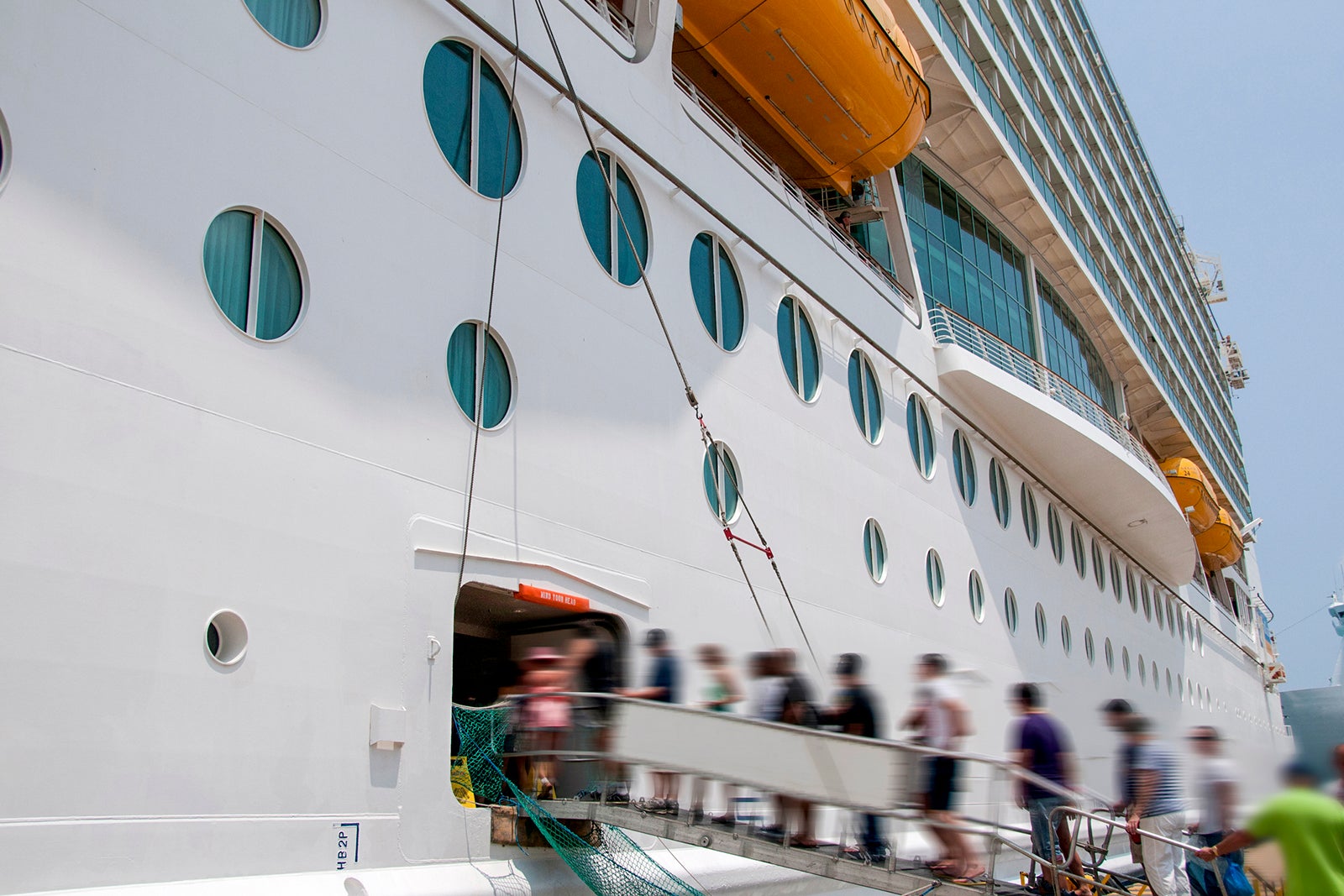
Do cruise ships have enough lifeboats for everyone?
It's a question that comes to many cruisers' minds, especially if they're hesitant about sailing across oceans and seas, far from land.
You can rest assured that cruise lines have many safety systems in place in the rare instance that a major emergency occurs at sea. Among these systems are, of course, the brightly colored lifeboats that you'll see lining the sides of your ship. Not only are they there to carry passengers to safety if the ship needs to be abandoned, but they're also used as tender boats in a port where the ship can't dock at a pier.
For cruise news, reviews and tips, sign up for TPG's cruise newsletter .
You may have other questions about lifeboats, either from curiosity or safety concerns. How reliable are the small vessels? What supplies are on board? Do they have restrooms?
Here are the top things to know about cruise ship lifeboats, so you'll feel safe and confident when heading out on your next voyage.
What does a lifeboat look like?
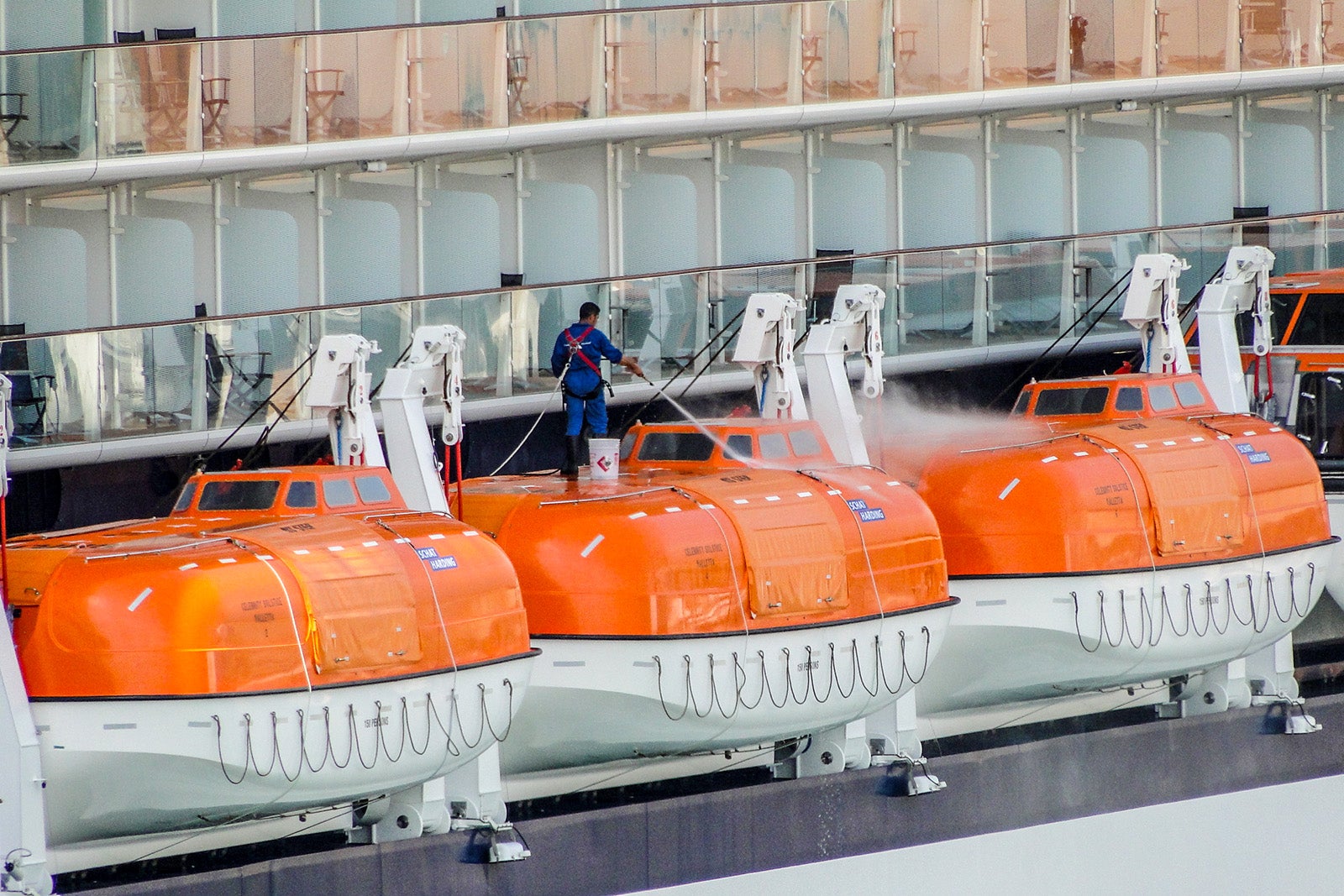
Lifeboats are orange or yellow watercraft that you'll find lining the sides of the ship. You'll find two main types of lifeboats on many cruise ships: enclosed lifeboats and lifeboat tenders. The majority of cruise ship lifeboats are enclosed lifeboats, which are tough and built with superior watertight integrity, with the ability to easily right themselves if tossed around by rough waves.
Lifeboat tenders are partially enclosed and are designed for two main functions: to serve as a lifeboat if needed and to ferry guests from the ship to the shore during a port call where the vessel can't dock. Lifeboat tenders are more expensive to maintain than traditional lifeboats, so cruise ships will usually have just enough lifeboat tenders to operate port tender service while the rest are the standard enclosed lifeboats.
The interior of a lifeboat includes rows of seating, which may or may not have a seatback. A steering area with windows and a hatch is located toward the top of the vessel. According to lifeboat manufacturer Fassmer, enclosed lifeboats have no windows besides those in the steering area, while lifeboat tenders have windows for viewing the surroundings from the seats. These windows do not open.
Fun fact: When Disney Cruise Line launched in the '90s, regulations required all cruise ship lifeboats to be orange. However, Disney wanted the exteriors of its ships to match the colors of Mickey Mouse, so it requested an exemption to paint its lifeboats yellow to match Mickey's shoes.
The U.S. Coast Guard granted the unique request, and the lifeboats were painted in Mickey's yellow, Pantone 99, which is a patented color that only Disney can use. Since then, other lines, such as Royal Caribbean and Costa Cruises , have painted their lifeboats yellow.
What's the typical capacity of cruise ship lifeboats?
The maximum capacity of a cruise ship lifeboat is 150 people, according to the International Maritime Organization's International Life-Saving Appliance Code. Most cruise ships have lifeboats that can hold this maximum number of passengers because it is easier, more cost-effective and takes up less space to have fewer large lifeboats instead of a greater number of smaller ones.
Despite the LSA's 150-person capacity limit for lifeboats, an exception allows for larger lifeboats on some of the world's largest cruise ships.
Related: Are cruises safe? Here's what you need to know about cruise ship security and safety
Royal Caribbean's massive Oasis of the Seas, which holds 8,880 passengers and crew members in total, was the first ship to use 370-person CRV55 catamaran lifeboats (or "rescue vessels"), designed and built by marine life-saving equipment company Umoe Schat-Harding. The enclosed vessels are unique in that they can be lowered directly from their storage position on the ship into the water (no moving outward needed), and passengers can board on two levels simultaneously, reducing the loading time. Their catamaran-style hull increases stability, while twin diesel engines and twin propellers allow these "mega" lifeboats to move at speeds of up to 6 knots.
On a cruise ship, there must be enough lifeboats to accommodate 37.5% of passengers and crew members on either side (75% total), according to the International Convention for the Safety of Life at Sea. What happens to the other 25%? This leads us to our next question.
Do cruise ships carry inflatable life rafts?
The remaining 25% of passengers that can't be accommodated in the traditional lifeboats can use cruise ship inflatable life rafts. These are generally designated for crew members, while guests will board the lifeboats first — though rafts can also be used for guests if necessary.
Collapsible cruise ship life rafts are stored in fiberglass canisters and usually utilize a high-pressure gas to automatically inflate once deployed. While lifeboats have motors, life rafts do not. They do, however, have oars. Ships may also carry rigid, noninflatable life rafts, but they aren't as common for large cruise vessels.
On newer cruise ships, life rafts may be used with a Marine Evacuation System, which utilizes a fully enclosed inflatable spiral slide to transfer passengers from the embarkation deck to an automatically inflated raft in the water.
If some lifeboats become damaged or can't be lowered during an emergency, cruise ships have extra life rafts to pick up the slack. SOLAS requires that there are enough additional life rafts for 25% of the ship's capacity. Cruise ships have also been designed to allow lifeboats and life rafts to deploy even if the ship is listing up to 20 degrees.
Where are lifeboats located on cruise ships?
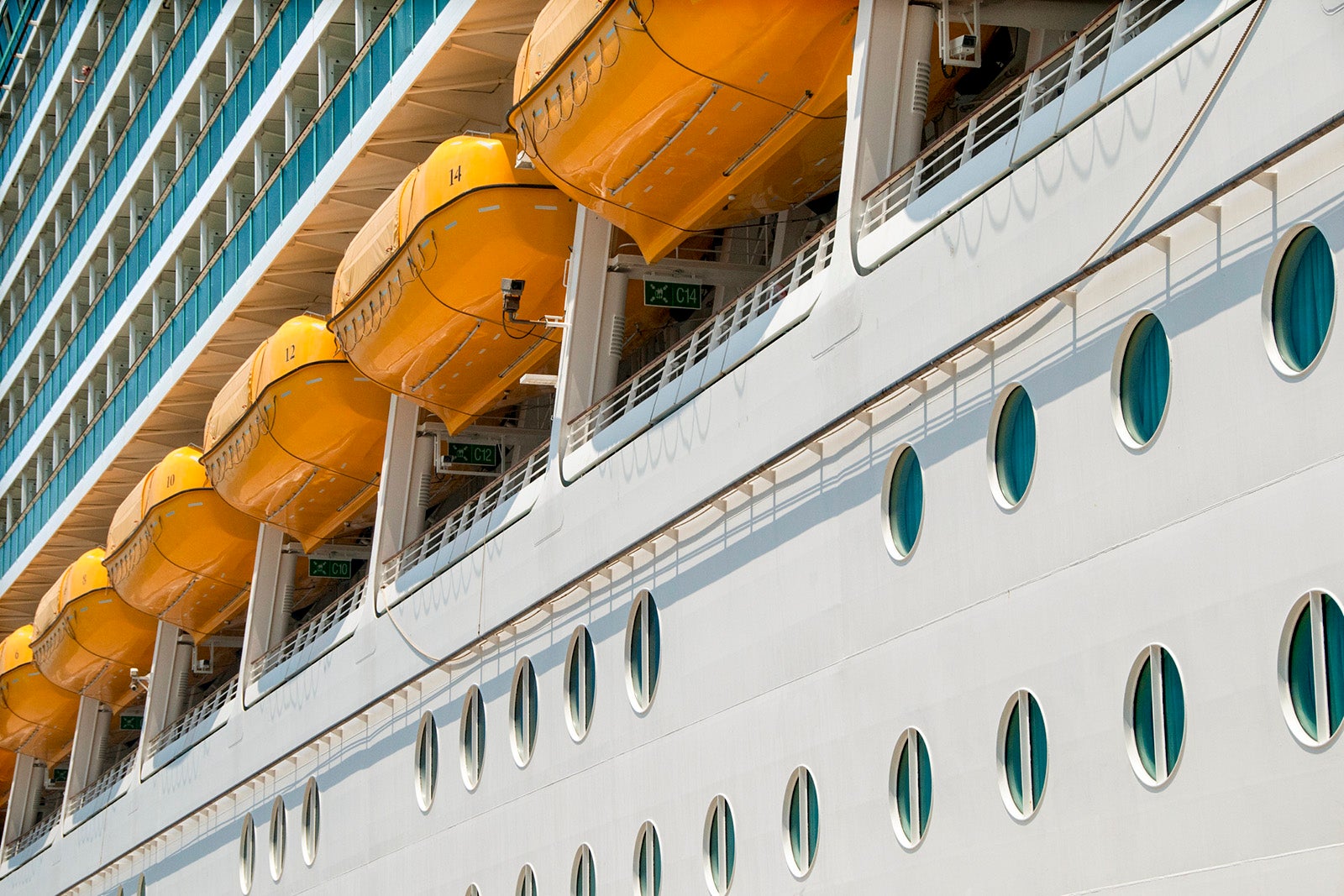
Lifeboats are located outside on both sides of the cruise ship, typically stored on or just above one of the middle decks with an outdoor promenade so passengers can easily board them. This spot is ideal because it's a central location for both the upper- and lower-deck cabins, as well as many public indoor and outdoor venues and amenities.
It also works because it keeps the lifeboats high enough out of the water that they won't be in the way when the ship docks and most likely won't be affected by rough waves. On the flip side, it keeps them low enough that they don't have to be lowered the entire height of the ship (plus, no one wants a lifeboat view from the lido pool or their upper-deck suite).
In an emergency, passengers should not head directly to the lifeboats. Instead, every cabin is assigned an assembly station, where they will meet with crew members and be escorted to a lifeboat if an evacuation is deemed necessary. Passengers must attend a muster drill to identify their assembly station and learn about their ship's emergency procedures. These drills must take place before a cruise ship can set sail.
Related: What is a cruise ship muster drill?
What can be found on a lifeboat?
While this list is not exhaustive, here's most of what you'll find on a cruise ship lifeboat, according to the LSA:
- Enough fuel to travel at 6 knots for at least a full day (24 hours)
- 48 hours' worth of anti-seasickness medication per person
- 2 seasickness bags per person
- 3 liters of fresh water per person
- 2,390 calories' worth of food rations per person
- Life jackets
- Enough thermal protective aid suits for 10% of the lifeboat's capacity
- Three can openers
- First aid supplies
- Buoyant oars
- Illuminated compass
- Hand and parachute flares
- Smoke signals
- Survival manual
- One whistle
- One jackknife
- One searchlight that can work continuously for at least three hours
- Portable fire extinguishing equipment
- Fishing gear
- Tools to repair the engine
Do lifeboats have bathrooms?
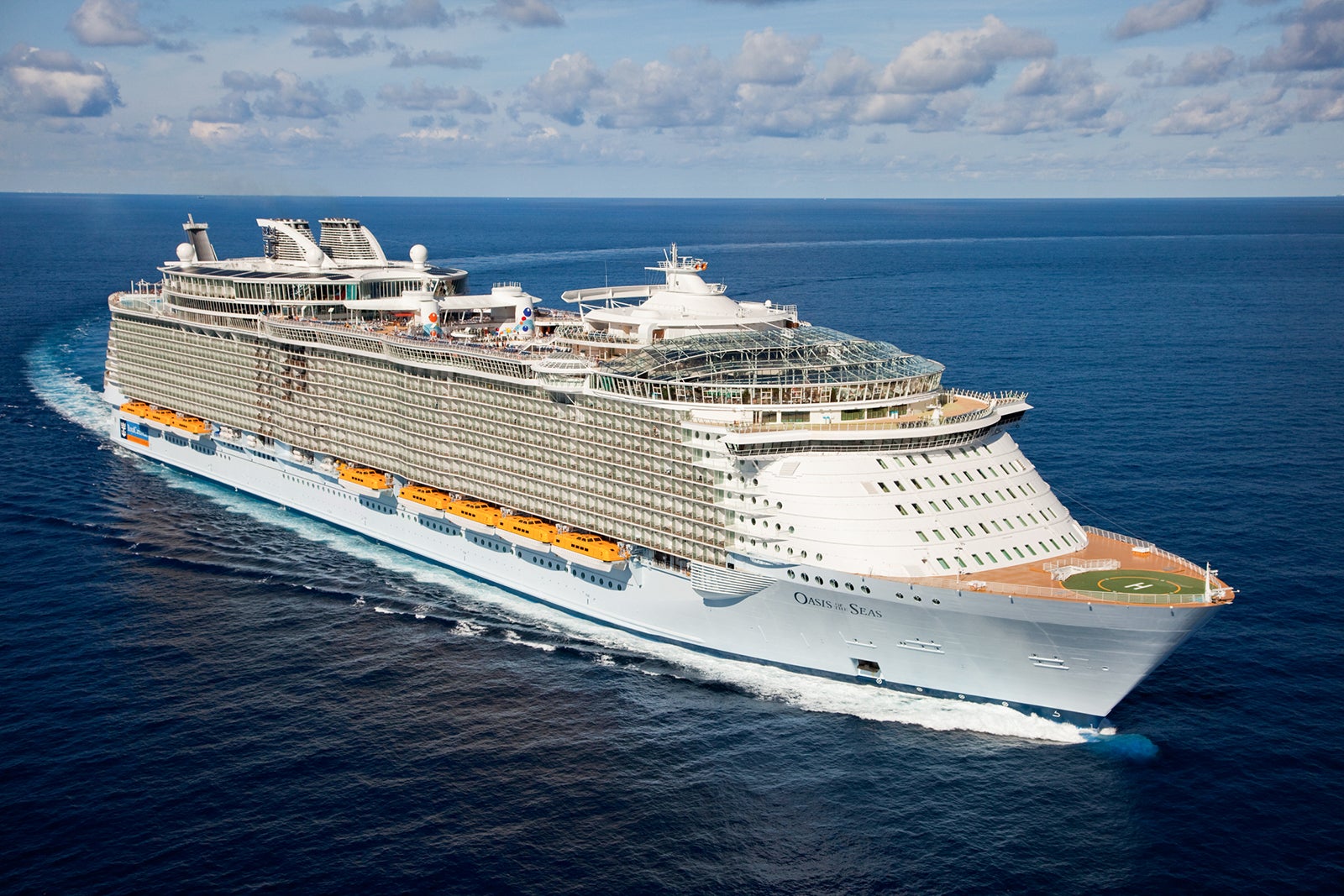
Traditional 150-person lifeboats don't have toilet facilities, but the 370-person catamaran lifeboats used on Royal Caribbean's Oasis-class ships do.
What are other requirements for lifeboats on cruise ships?
Cruise ship lifeboats must be made of noncombustible and flame-retardant materials, according to SOLAS. Modern lifeboats are usually made of fiberglass.
All seating on the lifeboat must support a person weighing a minimum of 220 pounds. In addition, the lifeboats and the wires that move them up and down must be strong enough to allow the lifeboat to be lowered at full capacity.
How are lifeboats tested?
During the manufacturing process, lifeboats are tested using water weights, which can mimic the weight of passengers in various spots around the vessel. These water weights are pumped to fill and drain with water remotely. They're placed in various spots in the lifeboat throughout the testing period to gather data on how the watercraft would handle passenger weight in various locations and scenarios.
Once a lifeboat is delivered to the shipyard for installation on a ship, the inspections and tests do not stop. Throughout the life of the cruise ship, time, weather and use all mean that — like with any type of equipment — things on the lifeboats will degrade and endure wear and tear over time. This is why SOLAS includes requirements for regular lifeboat drills and inspections.
Related: 15 cruise ship rules you shouldn't break
Cruise crew members conduct weekly and monthly lifeboat inspections and undergo periodic training so lifeboat operations stay fresh in their minds.
A more thorough inspection — by either a certified lifeboat technician from an independent company or an inspector from the lifeboat manufacturer itself — occurs annually. According to the International Maritime Organization, this process includes an inspection of these key components:
- The hull is inspected for cracks, damage or other defects.
- The propulsion system, including the engine, is inspected to ensure it's in good working condition. The cooling, exhaust and fuel systems are also examined.
- The electrical system, including the battery, charging, lighting and communications systems, are checked for defects or malfunctions.
- The maneuvering system is inspected, including the steering mechanism, the rudder and other steering gear.
- Lifeboat equipment, such as life jackets and survival equipment, is examined to ensure it's in good condition.
- The davit and winch system, including the winch and wire ropes, are checked for defects or damage.
- The lifeboat undergoes a load test to ensure that it can withstand its maximum weight of crew and passengers.
Any equipment or systems found to have defects or deficiencies during the inspection are either repaired or replaced.
Bottom line
The chances of passengers ever experiencing an emergency on a cruise that requires abandoning ship via lifeboats is extremely slim. Still, it's good to know your ship is outfitted with safety equipment to give you peace of mind when taking your next cruise.
Planning a cruise? Start with these stories:
- The 5 most desirable cabin locations on any cruise ship
- A beginners guide to picking a cruise line
- The 8 worst cabin locations on any cruise ship
- The ultimate guide to what to pack for a cruise
- A quick guide to the most popular cruise lines
- 21 tips and tricks that will make your cruise go smoothly
- 15 ways cruisers waste money
- The ultimate guide to choosing a cruise ship cabin
Cruise Ship Lifeboats (Are There Enough?)
Disclosure: This post may contain affiliate links. We may receive compensation when you purchase via my links at no cost to you. See my disclosure for more information.
Cruise ship lifeboats are an essential safety feature on board any cruise vessel. These life-saving vessels are designed to protect passengers and crew in emergencies when evacuation is necessary.
Modern lifeboats are carefully constructed for optimal safety, ensuring quick and efficient evacuation in an emergency.
The capacity of lifeboats on cruise ships is a crucial aspect to consider when evaluating overall safety.
Passenger ships must have enough lifeboat space for a minimum of 75% of the ship’s maximum capacity. Cruise ships also provide liferafts for the remaining 25%.
However, it’s important to note that the provided lifeboats are often more than enough, as cruise ships rarely sail at maximum capacity.
Lifeboats on cruise ships also serve another purpose, acting as tender boats when needed. In certain situations, cruise ships must anchor away from the shore, requiring smaller tender vessels to transport passengers between the ship and the dock.
These multi-purpose lifeboats ensure cruise ships are well-equipped for routine and emergencies.
Table of Contents
Lifeboat Regulations and Standards
The International Convention for the Safety of Life at Sea (SOLAS) is the main regulatory body responsible for setting standards and regulations related to lifeboat safety on cruise ships. SOLAS aims to ensure that lifeboats are adequately maintained and can safely accommodate sufficient passengers and crew in an emergency.
Amendments to SOLAS, which came into effect on January 1, 2020, included additional measures for maintenance, thorough examination, operational testing, overhaul, and repair of lifeboats and rescue boats, as well as their launching appliances and release gear.
Cruise ship lifeboats must adhere to SOLAS regulations, which require lifeboat capacity and provisioning during drills to follow specific guidelines.
Although lifeboats are required to accommodate a certain percentage of passengers and crew, they do not necessarily need enough lifeboats for everyone on board.
Instead, SOLAS allows for a minimum of 75% lifeboat capacity, with a minimum of 37.5% of the ship’s passenger capacity accommodated on each side of the ship. Additional liferafts cover the remaining 25%.
Don’t let that number scare you. Cruise ships always have enough lifeboats and rafts to accommodate all passengers and crew members.
Cruise ships rarely sail at total capacity, so there is always ample space for guests. Additionally, most cruise ships provide more lifeboat capacity than the minimum standard. Modern cruise ships usually have enough capacity for 150% of the maximum ship capacity.
Lifeboat Types and Design

Cruise ship lifeboats are an essential safety measure designed to ensure the well-being of passengers and crew in an emergency.
There are several types of lifeboats, each with unique designs and features. This section covers the three most common types: Enclosed Lifeboats, Partially Enclosed Lifeboats, and Inflatable Life Rafts.
Enclosed Lifeboats
Enclosed lifeboats offer high levels of protection against the elements and are the most common type of lifeboat on cruise ships. These lifeboats are fully enclosed with a hard shell, providing shelter from harsh weather conditions, waves, and possible fire hazards.
Passengers and crew can find seating, life vests, and necessary survival equipment.
Depending on the design, enclosed lifeboats can accommodate a few dozen to several hundred passengers.
Enclosed lifeboats typically have built-in diesel engines, allowing them to move independently from the ship in an emergency.
Partially Enclosed Lifeboats
Partially enclosed lifeboats, also known as open lifeboats, are more commonly seen on older cruise ships. These lifeboats provide a level of shelter but are not fully enclosed like their modern counterparts.
They typically feature a partial roof or canopy to protect passengers from the weather while the sides remain open to provide visibility and ventilation.
Partially enclosed lifeboats can hold a similar number of passengers to enclosed lifeboats, depending on the design.
Inflatable Life Rafts
Inflatable life rafts are a lightweight and compact alternative to traditional lifeboats. While not as sturdy as their hardshell counterparts, they offer quick and efficient means of emergency evacuation.
Cruise ships often carry inflatable life rafts and enclosed and partially enclosed lifeboats to ensure adequate capacity for all passengers and crew.
Some attributes of inflatable life rafts include:
- Portability : Due to their compact and lightweight nature, inflatable life rafts can be stored easily on cruise ships.
- Ease of Deployment : Inflatable life rafts can be launched quickly, often with minimal assistance.
- Capacity : Inflatable life rafts come in various sizes, accommodating anywhere from a handful to over a hundred passengers depending on the design.
Boarding and Launching Lifeboats

When boarding and launching lifeboats on modern passenger ships, use Davit systems. These crane-like devices enable lifeboats to launch swiftly, even in rough seas.
During the launch, passengers and crew gather at their assigned assembly points, put on lifejackets, and board the lifeboats.
Three basic release mechanisms are used to launch a lifeboat from the davit.
Lifeboats using an on-load mechanism can release at any point from the davit. This system allows lifeboats to be released when they are not in the water.
An on-load release allows for quick evacuation but must be watched to ensure no accidental release of the lifeboat.
The lifeboat is usually released right as it’s about to enter the water to minimize damage to the lifeboat or injuries to the occupants.
An off-load release requires the weight of the lifeboat to be off the hook. Once the lifeboat reaches the water, the weight transfers to the water.
When the ship’s weight is transferred to the water, the water pressure moves a hydrostatic piston to the up position, pushing a lever and releasing the hook.
The Titanic used a more basic type of off-load mechanism. When the Titanic’s lifeboats reached the water, the slack in the line allowed a person to release the hook attaching the rope to the lifeboat.
Free-fall release mechanisms are the most basic. The lifeboat is on a ramp and slides off the ship. It provides the fastest means of evacuation but may cause injuries to the boat’s occupants.
Emergency Procedures and Drills

Muster Station
A muster station is a designated area on a cruise ship where passengers gather in case of an emergency. Passengers are assigned to specific muster stations based on their cabin location.
The purpose of a muster station is to ensure that all passengers are accounted for and can be safely evacuated if necessary.
They also provide an organized evacuation means as passengers are assigned to a specific lifeboat.
Safety Drill

By law, all passengers must attend a safety drill (also known as a muster drill) before the cruise ship departs.
This mandatory briefing educates passengers about emergency procedures, the use of life vests, escape routes, and their designated muster stations. By participating in the safety drill, passengers become familiar with the ship’s layout and safety measures, better preparing them for potential emergencies.
Most cruise lines offer the safety drill via passenger TV for some time following the initial demonstration. Many cruise ships also provide virtual muster drills through the cruise line app.
Crew Training
Ensuring the safety of passengers and crew members is a top priority on cruise ships. To achieve this goal, crew members undergo extensive training and regular practice in emergency procedures.
They spend significant time learning how to:
- Evacuate the ship
- Launch and operate lifeboats and life rafts
- Fight fires
- Provide medical assistance
Lifeboat Maintenance and Testing
Regular maintenance and testing of lifeboats are crucial for ensuring the safety of passengers and crew aboard cruise ships. The International Maritime Organization (IMO) has established guidelines and requirements for lifeboat maintenance, including the SOLAS.
The maintenance of lifeboats mainly involves checking and servicing essential components, such as engines, batteries, and other equipment. This process often includes cleaning, lubricating, and adjusting the various parts of the lifeboat to ensure proper functioning.
Additionally, thorough examinations help identify potential issues or defects that may impact the lifeboat’s performance or safety.
Operational testing is essential to lifeboat maintenance, as it ensures that lifeboats can be safely launched, maneuvered, and recovered. Crew members typically conduct these tests during scheduled drills, which may occur in various ports of call when most passengers are off the ship.
You’ll often hear an announcement by the ship’s captain before a drill.
Tests simulate emergencies, complete with alarms and the lowering and raising of lifeboats with crew onboard.
Survival Equipment and Supplies
Cruise ship lifeboats are equipped with essential survival equipment and supplies to ensure the safety and well-being of passengers and crew members in an emergency.
One of the critical components of a lifeboat is its engine , which allows it to travel and bring people to safety.
Lifeboats also carry oars as a backup means of propulsion should the engine malfunction or run out of fuel. These buoyant oars enable the crew to navigate and steer the lifeboat when the engine is unavailable.
Lifeboats come with a food ration as part of the mandatory survival gear. This food usually comprises energy-rich and compact bars designed to provide sustenance during an emergency.
Lifeboats are equipped with water supplies to keep people hydrated.
Lifeboats carry flares and other signaling equipment to signal for help to nearby vessels. These pyrotechnic devices emit a bright light or colorful smoke to draw the attention of rescuers and facilitate locating the lifeboat.
Apart from flares, other signaling devices found in lifeboats include mirrors and whistles. These tools are helpful when visibility is limited or if there is a need to communicate with other lifeboats or rescuers nearby.
Lastly, lifeboats supply essential first-aid supplies for treating injuries and fulfilling medical needs during survival situations. These first-aid kits come in waterproof cases to ensure their contents remain usable and protected from the elements.
Notable Lifeboat Incidents

On December 1, 2022, a lifeboat accident occurred on the Royal Caribbean cruise ship, Quantum of the Seas. During maintenance, the ship’s number 12 lifeboat unexpectedly detached from its davits and fell into the water. Fortunately, no passengers were onboard the lifeboat, and no one reported any injuries. However, this incident highlights the potential risks of lifeboat operations on cruise ships.
Equipment failure, lack of maintenance, design flaws, and insufficient training are common factors contributing to lifeboat accidents. In the case of Quantum of the Seas, investigators believe that the davits responsible for securing the lifeboats to the ship may have been vulnerable due to wear and tear. Similar lifeboat accidents have been reported in the past, underscoring the importance of regular inspections and maintenance.
A similar incident occurred in December 2018 onboard the Carnival Dream when the lifeboat sheered from the davit hook and fell into the water. Fortunately, no one was in the lifeboat or injured during the incident.
While the Titanic tragedy is often associated with lifeboats – or, more specifically, the lack of them – it is essential to point out that cruise ship lifeboat operations have come a long way since 1912. In the aftermath of the disaster, maritime safety regulations have been significantly enhanced, with contemporary cruise ships now carrying enough lifeboats to accommodate all passengers and crew in an emergency.
Most recently, on May 22, 2023, port-side lifeboats on Royal Caribbean International’s Navigator of the Seas detached from the vessel and flipped upside down in the water during maintenance. No one reported any injuries.
Lifeboat accidents still occur despite these improvements, highlighting the need for vigilance in safety procedures, training, and equipment maintenance. By learning from past accidents and keeping a friendly and proactive attitude towards safety, the cruise ship industry can continue to work towards minimizing the risk of lifeboat-related incidents and providing a more secure environment for passengers and crew alike.
Are There Enough Lifeboats On A Cruise Ship?
Cruise ships have enough lifeboats and liferafts to accommodate passengers and crew members. The International Maritime Organization (IMO) requires a cruise ship to have lifeboats holding at least 75% of its maximum passengers and crew. The remaining 25% can be accommodated using life rafts and other life-saving equipment.
Do Cruise Ship Lifeboats Have Engines?
Yes, modern cruise ship lifeboats have engines. The engines enable lifeboats to navigate in the water. They also provide oars and other manual propulsion methods as a backup in case the engine fails.
Is There Food In A Lifeboat?
Yes, lifeboats store food as a part of emergency supplies. The food typically consists of high-energy food bars, water, and other non-perishable items. Food storage ensures passengers can survive for a specified period, usually at least three days, until help arrives.
Is There A Toilet In The Lifeboat?
Cruise ship lifeboats do not have toilets. The only means of relieving yourself is out the door or in a bucket or bag.
Why Didn’t Titanic Have Enough Lifeboats?
The Titanic tragedy resulted from multiple factors, including insufficient lifeboats.
At that time, lifeboat regulations were based on the ship’s gross tonnage rather than its passenger capacity, leading to fewer lifeboats than needed for the number of passengers on board. The Titanic actually sailed with four more lifeboats than the legal minimum requirement.
Additionally, the belief in the “unsinkable” nature of the ship contributed to the inadequate number of lifeboats. Many believed the vessel could stay afloat for several hours before sinking into a disaster.
Surprisingly, the Titanic was designed with enough lifeboats to accommodate all passengers and crew at full capacity. However, the ocean liner’s owners thought that the lifeboats cluttered the top deck and would obscure the views of the first-class passengers.
What Is The Capacity Of A Cruise Ship Lifeboat?
Most cruise ship lifeboats can hold 150 people. However, the larger lifeboats used by Royal Caribbean’s Oasis-class vessels can accommodate up to 372 individuals.
Marcello De Lio
Leave a Reply Cancel Reply
Your email address will not be published. Required fields are marked *
Name *
Email *
Add Comment *
Save my name, email, and website in this browser for the next time I comment.
Post Comment
This site uses Akismet to reduce spam. Learn how your comment data is processed .
Trending now

Join our Adventure: Get all my insider tips for traveling on a budget
CruiseOverload
Cruise Ship Lifeboats: Are There Enough?!
Anyone whose every been on a cruise (or seen one) will immediately notice the rbight, colored lifeboats on the sides.
And if you’re anything like me, you probably have a lot of questions about cruise ship lifeboats.
Like, are there enough lifeboats for everyone? What is the lifeboat capacity? And in the case of an emergency, will the lifeboats on a cruise really save you?
You’d be happy to learn, cruise ship lifeboats have come a long way and modern lifeboats are incredibly designed in the highly (highly!!) unlikely event of an emergency…
Table of Contents
What Does A Lifeboat Look Like?
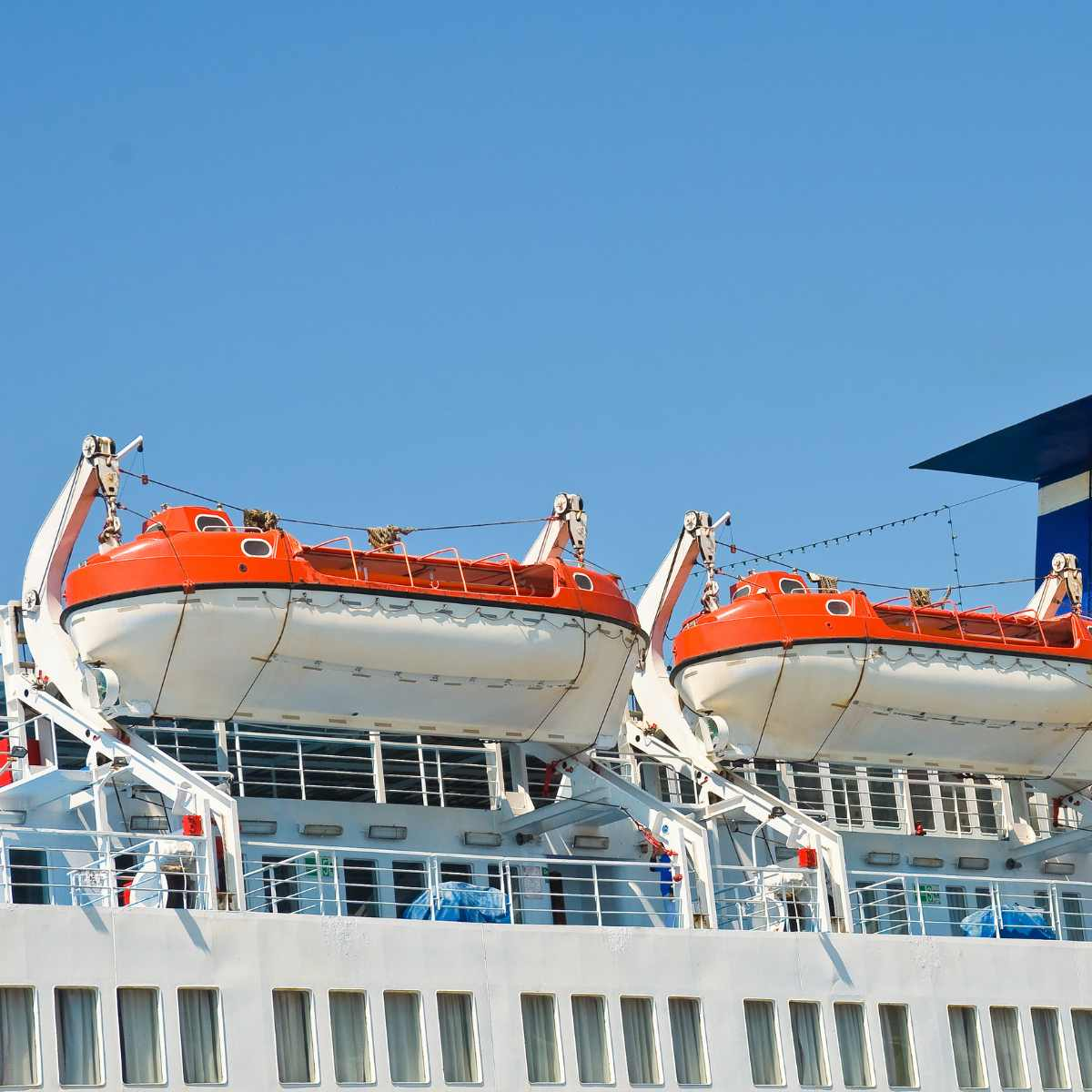
A lifeboat, particularly those found on cruise ships, is a brightly-colored, sturdy vessel with a protective canopy and streamlined design.
It’s designed to prioritize the safety and rescue of individuals during maritime emergencies. When picturing a lifeboat, several key characteristics come to mind.
The bright color is chosen to ensure high visibility even in rough seas and poor weather conditions, aiding rescuers in locating them from a distance.
Lifeboats are generally robust, with a hard outer shell made of materials like fiberglass, designed to withstand harsh sea conditions and resist damage upon impact.
The shape is streamlined, with a slightly rounded hull and canopy, aiding in making them stable and minimizing the risk of capsizing.
One of the most distinguishing features of a lifeboat is its canopy. The canopy covers the majority of the boat and serves multiple purposes.
It protects passengers from the elements, such as rain, wind, and sun, and also prevents water from entering the boat. There are typically windows or clear patches on the canopy to allow for visibility.
On the inside, the seating is arranged to maximize capacity while still providing each passenger with a secure spot. Lifeboats are equipped with essential safety equipment, including life vests, ropes, and sometimes even basic navigational tools.
To aid in propulsion, lifeboats can have oar locks for manual rowing, but many modern ones are equipped with motorized engines to move quickly in water when needed.
What’s the Typical Capacity of Cruise Ship Lifeboats?
Lifeboats are specifically designed to accommodate a large number of people in a secure manner.
Typically, the standard lifeboat found on many cruise ships can hold around 150 passengers. This number ensures that, in the event of an emergency, passengers can be evacuated quickly and efficiently.
However, with the advent of larger cruise ships, there has been a need for lifeboats with greater capacities.
As a result, some of the newer and larger ships have lifeboats that can accommodate up to 370 passengers.
It’s important to note that these capacities are determined based on rigorous safety standards and regulations.
These standards consider not just the number of seats, but also the provision of essential life-saving equipment within the lifeboat, ensuring that everyone aboard has access to necessary supplies and safety gear.
Do Cruise Ships Carry Inflatable Life Rafts?
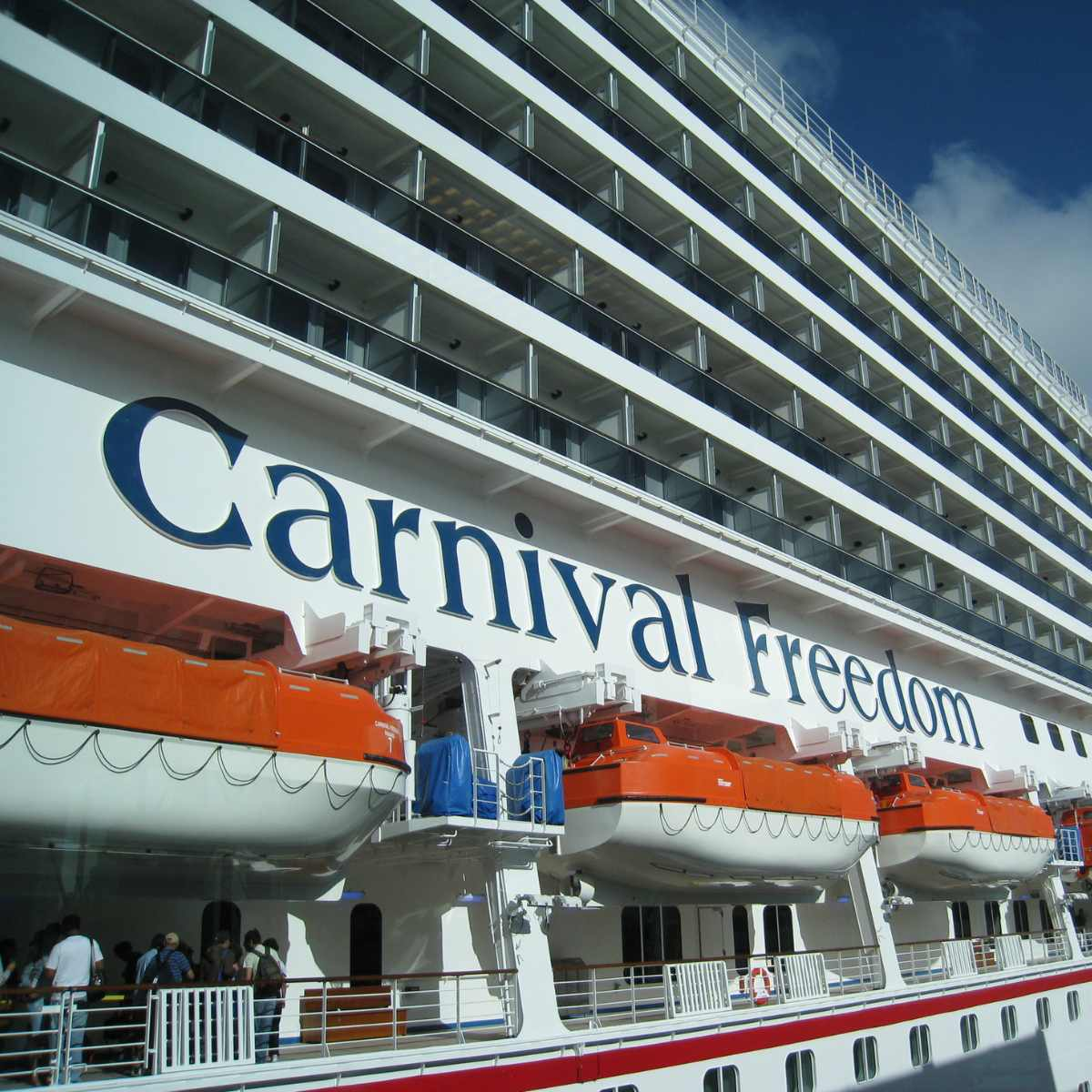
Yes, in addition to the traditional hard-shelled lifeboats, many cruise ships are equipped with inflatable life rafts. These rafts serve as an essential supplement to the regular lifeboats, providing additional evacuation capacity in emergency situations.
Inflatable life rafts are compact when stored, taking up minimal deck space. In their packed state, they are usually housed in cylindrical containers.
When deployed, these rafts inflate automatically, usually using a mixture of gas canisters, to form a buoyant, stable structure on water.
The design of inflatable life rafts emphasizes both safety and visibility. They are typically bright-colored, most often orange or yellow, for easy detection in open waters.
They come equipped with canopies to protect evacuees from the elements, be it scorching sun, rain, or high waves. These canopies, just like those on hard-shelled lifeboats, have clear patches or windows to allow for visibility.
Inside, the rafts contain essential survival gear, including flares, first aid kits, water pouches, and sometimes even basic fishing equipment. They also possess ballast bags filled with water on their underside to enhance stability in rough seas.
Inflatable life rafts on cruise ships are not meant to replace traditional lifeboats but to complement them.
In situations where a rapid evacuation is essential, or when the main lifeboats might be inaccessible due to the ship’s angle or damage, these rafts play a pivotal role in ensuring passengers and crew have a safe means of leaving the ship.
The inflatable life rafts on cruise ships are available for the remaining 25% of passengers who may not find space in the traditional lifeboats. While these rafts are usually reserved for crew members, guests can also use them if needed.
Priority is given to guests for boarding the regular lifeboats, with the inflatable rafts serving as an additional option if required.
Life Rafts Vs Life Boats
It’s easy to mix up lifeboats and life rafts, but they’re actually pretty different.
Some quick differences to keep in mind are:
- Hard-shelled, sturdy.
- Bright colors, typically orange.
- Can have a motor.
- Inflatable, flexible.
- Also brightly colored for visibility.
- No motor, rely on currents and oars.
- Larger, designed to hold many passengers.
- Offer more protection against rough waters.
- Smaller than lifeboats.
- Deployed quickly, ideal for rapid evacuation.
- Takes more time to launch.
- Priority for passengers during evacuations.
- Faster to deploy.
- Often reserved for crew, but available for passengers if needed.
- More stable due to their structure.
- Equipped with more amenities like seats and protective cover.
- Less stable than lifeboats but still safe.
- Basic, focusing primarily on flotation and protection.
- Main evacuation vessel for passengers.
- Aimed at longer duration at sea.
- Backup or supplementary evacuation option.
- Best for short-term use until a more stable rescue option arrives.
Are There Enough Lifeboats for Everyone in the Event of an Emergency?
Cruise ships typically don’t have a lifeboat for every single person on board. Instead, they ensure that there are enough lifeboats for all the guests.
But what about the crew then? Most crew members have designated inflatable life rafts instead of lifeboats. These are quick to deploy and are an efficient way to ensure the crew’s safety.
Now, there’s a reason behind this configuration. Imagine trying to fit a lifeboat for everyone on the ship’s sides. That’d be like trying to park too many cars in a limited space. Lifeboats need room.
They have to be spaced out so they can be easily lowered to the ocean without causing chaos. And, there’s a limit to how many of these boats can be attached along the ship’s sides.
Here’s another thing: the act of launching a lifeboat isn’t as simple as pressing a button. It needs a trained crew member.
But once they’ve launched a lifeboat, how do they evacuate? They can’t exactly take a leap after sending the boat down, right? That’s where the life rafts come in, ensuring those crew members also have a safe exit.
Now, if you’re scratching your head thinking about regulations, here’s some clarity: according to maritime laws, cruise lines aren’t mandated to have a lifeboat for every passenger.
As long as there’s enough capacity for 37.5% of passengers on each side of the ship (adding up to 75% in total) in lifeboats, the rest can be in life rafts.
However, many cruise lines often go above and beyond. Why? Because ensuring their customers feel safe and secure is a priority.
A little extra reassurance never hurts when you’re out at sea.
Is There Food On A Lifeboat?

Lifeboats, while crucial for emergencies, are also designed to sustain lives in potentially prolonged rescue scenarios.
They are equipped with:
- Food Rations : Every lifeboat is mandated to carry sufficient food provisions. Specifically, there should be at least 10,000 kJ (or 2,390 calories) set aside for each person the lifeboat can accommodate. This ensures that even if a rescue takes time, individuals on board have enough sustenance. It’s vital that this food remains uncontaminated, so it’s kept in packaging that’s both airtight and watertight.
- Tinned Food and Tools : Canned food is a popular choice for lifeboat provisions due to its long shelf life and compact storage. But what’s canned food without a way to access it? Recognizing this, regulations stipulate that lifeboats must be equipped with at least three tin openers. This redundancy ensures that even if one becomes unusable, there are backups available.
- Water Supplies : Fresh water, indispensable for survival, must also be on board. Each person should have access to three liters of fresh water. However, there’s a provision in the rules: if the lifeboat carries materials to desalinate seawater, turning it into drinkable fresh water, then the initial requirement can be reduced to two liters per person. This flexibility acknowledges the potential of self-sustaining practices while at sea.
Do Cruise Ship Lifeboats Have Toilets?
Lifeboats, historically, prioritized primary life-saving features over comforts. Consequently, many older lifeboats didn’t come equipped with toilets, as these vessels were designed for short-term emergency use rather than extended stays. Toilets, in this context, weren’t seen as essential amenities.
However, the evolution of cruise ships and their lifeboats has brought about changes. Enter the “mega lifeboats” – a nod to modernity and passenger comfort.
First seen on vessels like the Oasis of the Seas, these larger lifeboats incorporate toilets, reflecting an acknowledgment of potential longer rescue periods and the basic needs of occupants.
But what if you found yourself on one of those older lifeboats without a toilet? Given advancements in signaling and communication technologies, rescues are typically swift nowadays. Once aboard the rescue vessel, restroom facilities would be available.
In the unlikely scenario where the wait becomes long, and nature calls become urgent, one would ideally and carefully relieve themselves over the boat’s side, keeping personal safety paramount.
Admittedly, this workaround might be more challenging for some passengers than others, depending on circumstances and gender.
Another practical concern, often more prevalent than the need for a restroom, is seasickness. The motion of a lifeboat on choppy waters can be unsettling to many.
If seasickness occurs, it’s advisable for passengers to lean over the boat’s side to avoid contaminating the interior. This measure ensures the comfort and well-being of all on board.
Do Cruise Ships Have Lifeboat Drills?
Cruise ships do conduct lifeboat drills, and they are an essential aspect of the cruising experience. These drills are not just a nod to safety standards, but a foundational practice to ensure the wellbeing of every passenger and crew member on board.
Every major cruise line takes safety as its utmost priority. Therefore, before the ship embarks on its journey, all passengers are required to participate in a lifeboat drill, commonly known as a muster drill. This drill is so crucial that it’s mandated by international maritime law.
Now, let’s break down what happens during these drills. Passengers are guided to specific locations, known as muster stations.
These stations are strategically placed, usually near lifeboats, to streamline the evacuation process in case of an actual emergency.
While at the muster stations, passengers receive instructions on how to wear life jackets, how the evacuation process works, and what they should expect in case of an emergency.
It’s worth noting that the crew members on cruise ships are highly trained in safety protocols. They undergo frequent drills and training sessions themselves, even more rigorous than what passengers experience. This ensures that in the unlikely event of an emergency, they’re well-prepared to guide and assist passengers.
In the digital age, some cruise lines have even incorporated technology into the mix. While the traditional loudspeaker announcements still play a role, many ships have screens displaying safety information and procedures, making it easier for passengers to understand and follow the drill.
Lifeboat drills on cruise ships are a non-negotiable, vital practice. They not only adhere to safety regulations but also equip passengers with the knowledge and confidence that, should an emergency arise, they’ll know what to do.
How Many Lifeboats on Mega Cruise Ships?
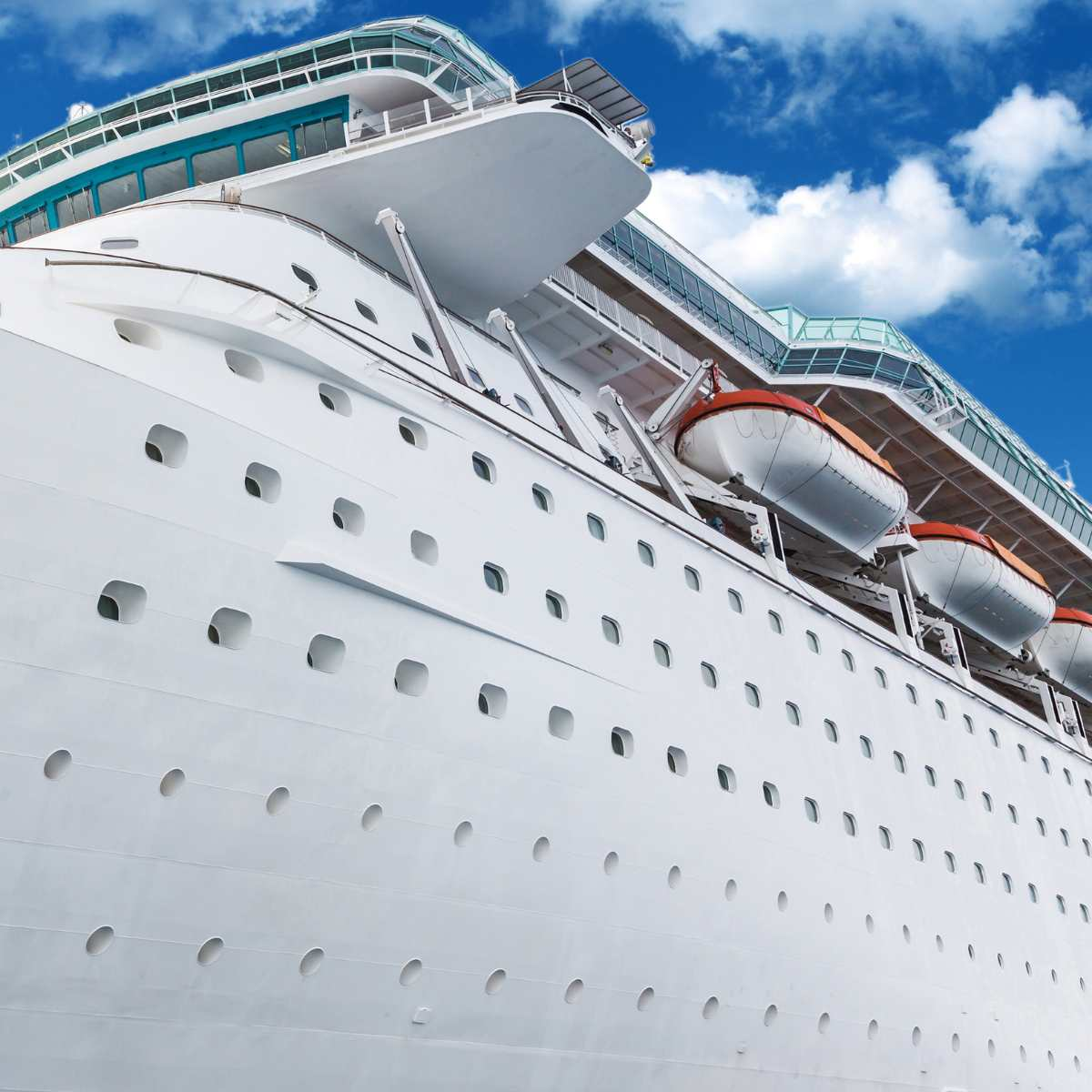
Modern mega-cruise ships, such as Royal Caribbean’s Wonder of the Seas and Symphony of the Seas , feature lifeboats significantly larger than those on traditional cruise ships.
These advanced lifeboats can accommodate up to 370 passengers, more than double the typical capacity of 150 in standard lifeboats.
This enhanced capacity not only ensures the safety of a larger number of passengers but also means that fewer lifeboats are required on board, optimizing deck space and ensuring efficient evacuation processes in case of emergencies.
Safety Regulation Of Cruise Ship Lifeboats
One of the primary regulations comes from the International Convention for the Safety of Life at Sea (SOLAS), which mandates that a ship must have enough lifeboats to accommodate at least 75% of the people on board.
This rule was implemented in response to the Titanic disaster, which tragically did not have sufficient lifeboat capacity for everyone.
In addition to the SOLAS requirement, modern cruise ships must also meet the following lifeboat criteria:
- Ships are required to have partially or totally enclosed lifeboats for 50% of the total capacity of people onboard, on each side. This means that the combined lifeboat capacity on both sides of the ship should cover 100% of the passengers and crew members.
- A rigid or inflatable liferaft must make up at least 25% of the ship’s total capacity.
- Lifeboats and liferafts need to be easily accessible and quickly deployed in emergency situations.
These rules are strictly enforced by international maritime bodies, and inspections ensure that cruise ships comply with these standards.
Lifeboat Operations
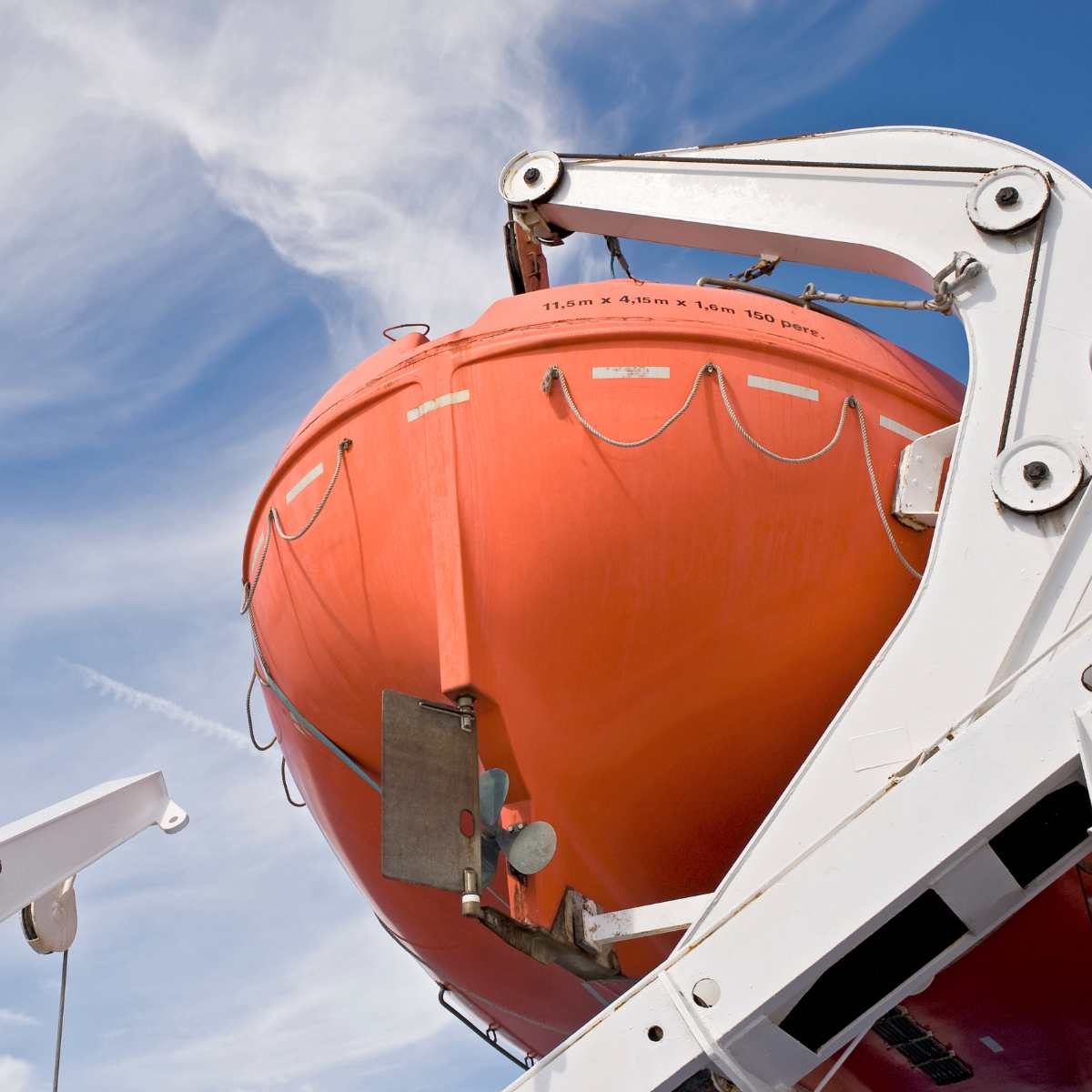
Launch Procedure
As a passenger, you’ll participate in a mandatory lifeboat drill on the first day of your cruise to familiarize yourself with the process and ensure you can act quickly in case of an emergency.
Lifeboats are typically stored on both sides of the ship, and each passenger is assigned to a specific one.
During the launch procedure, the crew will give the signal to assemble at your designated muster stations.
These are areas close to the lifeboats where you’ll receive further instructions from the crew. Make sure to wear your lifejacket and follow the crew’s guidance to board the lifeboat safely and efficiently.
Once all passengers are on board, the lifeboats are lowered into the water using a davit system. This mechanism releases the lifeboat in a controlled manner while ensuring it remains stable.
As the lifeboat reaches the water, the crew will start the engine, disconnect the boat from the davit system, and navigate away from the cruise ship.
Recovery Operation
After a successful lifeboat launch, the next phase is the recovery operation.
In a real-life emergency, the lifeboat’s primary goal is to transport passengers to a safe location; however, during a drill or exercise, the lifeboat will return to the ship to practice the recovery process.
Once the lifeboat approaches the cruise ship, the crew must align it with the davit system carefully. The boat hooks are then reconnected, and the lifeboat is hoisted back to its original storage position.
Throughout this process, it’s essential for passengers to remain calm and seated to maintain stability and ensure the lifeboat can be safely recovered.
Remember, your safety is the top priority during lifeboat operations. By familiarizing yourself with the launch and recovery procedures, you’ll be better prepared to act calmly and efficiently if an emergency evacuation is ever required. Trust the crew and follow their guidance to ensure the best possible outcome.
Training and Drills
Training and drills play a crucial role in ensuring the crew and passengers are well-prepared for any situation that may arise regarding lifeboats.
Cruise ship crew members undergo intensive training to handle lifeboat operations. This training may include activities such as launching, maneuvering, and retrieval of lifeboats.
It’s essential to ensure that the crew is well-equipped to manage any situation that might require the use of lifeboats, whether for evacuation or other emergencies.
During your cruise, you’ll likely participate in a mandatory muster drill. This drill is designed to familiarize you with your designated muster station, where you should go in case of an emergency. You’ll also learn about the location of lifeboats and life jackets and the proper techniques for wearing them.
Cruise ships often conduct regular abandon-ship drills that involve the crew simulating an evacuation scenario. These drills are essential for maintaining the crew’s proficiency in handling lifeboats and ensuring that necessary equipment is in proper working order. In addition to standard lifeboats, cruise ships may also have lifeboat tenders that serve as both a rescue vessel and a form of transportation during port calls.
As a passenger, knowing about the training and drills related to lifeboats can help you feel more confident in your safety while enjoying your cruise vacation.
Maintenance and Inspection
When it comes to keeping the lifeboats on your cruise ship in top condition, regular maintenance and inspection is absolutely essential.
With safety as the top priority, you must ensure that lifeboats are frequently checked and maintained by qualified professionals.
Starting with weekly and monthly inspections, you should follow a strict schedule that adheres to the regulations set forth by the International Maritime Organization (IMO).
Items to be inspected include the basic lifeboat structure and its release gear. By conducting these routine checks, you’ll be able to promptly identify any issues or potential problems that could compromise the lifeboat’s functionality during an emergency.
In addition to the regular inspections, the IMO has also recently amended the requirements for periodic servicing of life-saving appliances.
Beginning January 2020, new procedures have been enforced for maintenance and inspection of lifeboats, and requirements for authorizing service suppliers have also been adjusted accordingly.
This ensures that only credible and qualified suppliers handle the critical task of maintaining lifeboats.
When servicing lifeboats, remember that there is a specified frequency at which different components need attention. For instance:
- Weekly : Examine the release gear, buoyancy material, and any visible signs of wear or damage.
- Monthly : Inspect the lifeboat’s hull, engine, and electrical system to ensure optimal functioning.
As part of the maintenance process, it’s important to engage qualified engineers who are experienced with lifeboat systems. Companies like Survitec are gaining ground in lifeboat maintenance services, deploying highly skilled technicians across continents to provide annual and five-yearly inspection and maintenance services.
By following these guidelines and adhering to the regulations set forth by the IMO, you can ensure that the lifeboats on your cruise ship are well-maintained and ready for use in case of an emergency.
Remember, a properly maintained lifeboat could be the difference between life and death for passengers and crew members alike.
History of Lifeboats on Cruise Ships
Lifeboats have come a long way since their humble beginnings. Back in the day, they were simple vessels launched from shore, their primary purpose being to rescue people stranded at sea.
With time, technological advancements saw the evolution of lifeboats as they are known today on cruise ships: double-decker mini-ships capable of carrying hundreds of people.
As you dive into the history of lifeboats on cruise ships, you’ll learn that regulations played a crucial role in shaping their development.
It wasn’t until the 1948 adoption of the Safety of Life at Sea (SOLAS) agreement that certain ships were required to carry at least one motorized lifeboat on board. Interestingly, in 1964, motors were only mandated for lifeboats designed to carry over 100 people.
Today, lifeboat tenders on cruise ships possess a dual nature. Primarily, they serve their main purpose of acting as lifeboats in times of need.
Moreover, they’re used to ferry passengers from the ship to the shore when docking isn’t possible at a port. The dual functionality underscores the importance of lifeboats in ensuring both safety and convenience for cruise passengers.
Throughout this journey into the history of lifeboats on cruise ships, you’ll come to appreciate the efforts made to enhance safety at sea.
Continuous improvements in technology and design have elevated lifeboats from simple rescue vessels to modern marvels capable of providing refuge for potentially hundreds of passengers in the event of an emergency.
Similar Posts

Which Cruise Lines Allow You To Bring Alcohol Onboard

A Cruiser’s Warning: The 18 Worst Ports on the High Seas

13 Best Cruise Destinations: Sailing the Dream Bucket List

Can You Bring Delta 8 On A Cruise? (Or Try To Sneak It?!)
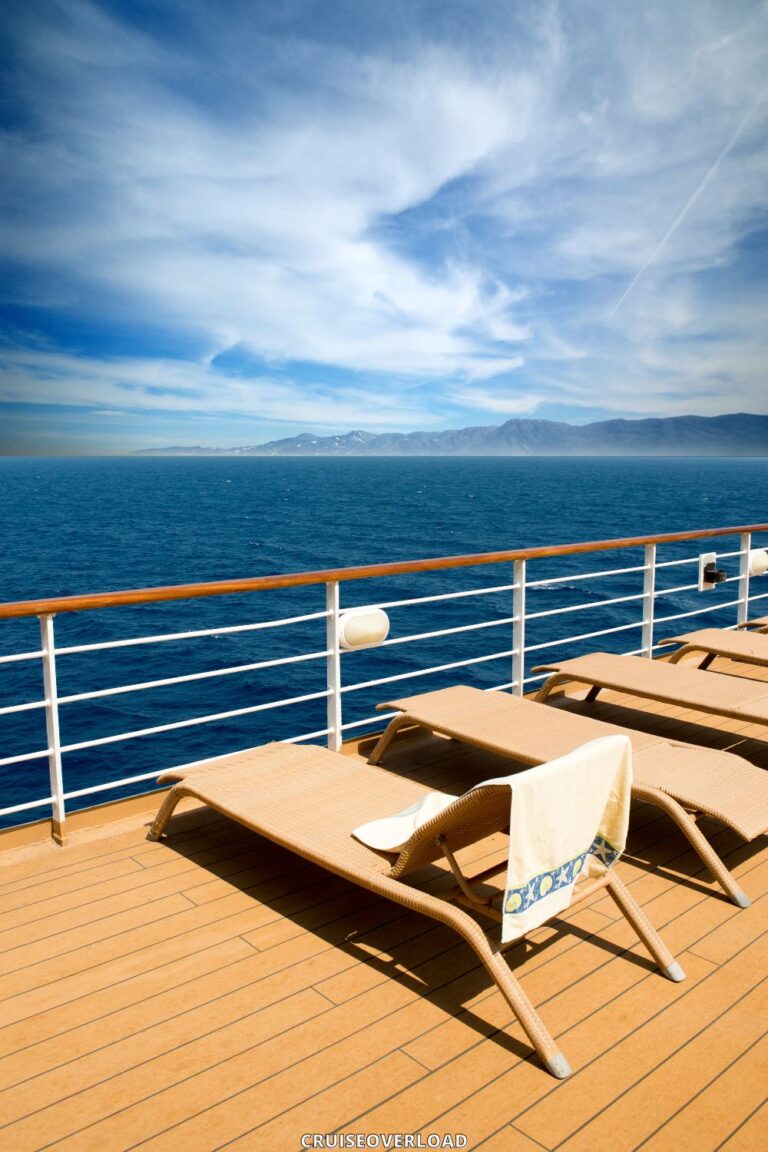
Do Cruise Ships Have WiFi (Yes, BUT…)

Can A Cruise Ship Tip Over? (Separating Fact From Fiction!)
Leave a reply cancel reply.
Your email address will not be published. Required fields are marked *
Save my name, email, and website in this browser for the next time I comment.

Are There Enough Lifeboats On Cruise Ships To Save Every Last Passenger?
By: Author David Chapman
Posted on Last updated: October 14, 2023
Categories Health & Safety , LEARN
The Titanic disaster was more than 100 years ago, and it remains a vivid, cautionary tale. Have we truly learned from the mistakes of the past? Today, are there enough lifeboats on cruise ships sufficient to save every single person on the ship? With the combined numbers of passengers and crew, the capacity of today’s modern cruise ships are often three or four times greater than that of the Titanic.
Contemporary lifeboats are required by law to have a sufficient number of lifeboats onboard to ensure a seat on a lifeboat for every soul on board the ship. Most ships have extra lifeboats that exceed the ship’s passenger capacity to accommodate for lifeboat malfunctions, etc.
While ships are designed and regulated so that everybody is guaranteed a spot on a lifeboat should the need arise, there is no guarantee that this will always be achieved. However, the likelihood of the ship sinking is extremely low, with a far higher risk associated with everyday tasks like driving to work. The last major cruise ship disaster involving lifeboats was the Costa Concordia wreck in 2012 .
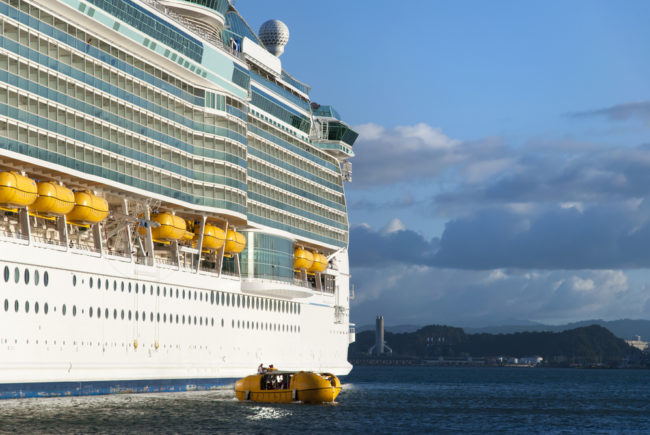
Are There Enough Lifeboats On Cruise Ships?
The number of lifeboats on cruise ships is highly regulated by SOLAS, an acronym referring to the International Convention for the Safety of Life at Sea . Each ship must have lifeboats situated along each side of the ship, with a minimum of 37.5% of the ship’s passenger capacity accommodated on each side.
Ships will exceed this number in most cases, usually accommodating around 150% of the total number of souls on board. And all of that extra space does not sit idle. Typically, a cruise ship will use its own lifeboats as tender boats when it needs to tender passengers to shore. (If you’re not sure what a “tender” is, check out our tips for first-time cruisers .)
Why We Care About Lifeboats On Cruise Ships
The first thing that comes to mind when mentioning lifeboats on a cruise ship is the Titanic . This is because it is a well-known fact that the Titanic simply did not have enough lifeboats to accommodate all of the passengers on board.
This was mostly due to outdated regulations and the fact that it was never anticipated that every soul on board would need to leave the ship simultaneously.
Despite not having a sufficient number of lifeboats, some were broken before they could be used, and several of them left the vicinity of the sinking ship with only half the number of passengers they could have potentially carried.
The case of the Titanic has served as the ultimate precedent in ensuring that everybody on the ship has a spot on a lifeboat should the need arise to abandon the ship. And, notwithstanding what happened with the Costa Concordia, one of the essential functions of a cruise ship captain’s job is to supervise the overall safety of the ship.
If the ship runs into trouble of any sort, and the entire contingent of individuals on board need to leave the ship immediately, there must be a series of accessible lifeboats with a combined capacity for every person on the ship.
This is the only way to ensure the survival of everybody on board should the ship sink or catch fire.

What Is The Design Of A Lifeboat
Lifeboats are usually one of three designs, but the most popular is the fully enclosed option which provides protection for passengers whatever the weather conditions. Traditionally, the primary focus of a lifeboat was survival, and so the design was based solely with survival in mind.
However, these days a cruise ship’s lifeboats can be multipurpose — used to ferry passengers to the port as necessary. And, as cruise ships have grown bigger and bolder, this has carried over to the lifeboats in some instances.
For instance, Celebrity Edge had lifeboats that are downright luxurious. The Edge Launches have air conditioning, plush bucket seats, and picture window views. As Celebrity has said, the “Edge Launches are desinged to get you to your destination in luxurious style.”
Lifeboats are built out of non-combustible materials to ensure that they are flame-retardant. They are built to be completely stable even when filled to capacity, and they are able to be deployed while the ship is moving at a maximum speed of 5 knots.
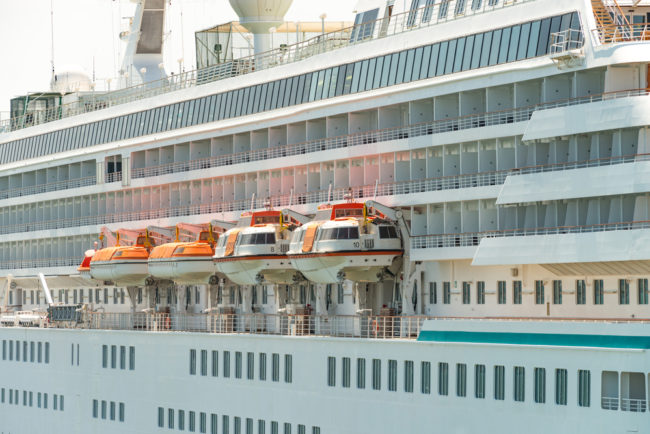
How Many People Can Fit In a Lifeboat
The usual maximum capacity for lifeboats is around 150 people. This is a number that has been used for a number of years. New megaships have adopted the use of larger lifeboats that can accommodate 370 people, which means that fewer lifeboats are needed in order to meet the required capacity.
Lifeboats Today – Do They Have Enough Room For Everyone On Board
Contemporary lifeboats are carefully designed to accommodate a specific number of passengers, with a designated seat for every individual on board. No lifeboat will exceed its capacity, ensuring that there is sufficient space for everybody on board.
How Big Are Lifeboats On Cruise Ships
All lifeboats on cruise ships are usually around 7.3 meters or longer, with all seats able to support a 100 kg person (220lbs). Most lifeboats have the capacity for 150 people.
How Do Lifeboats Work On Cruise Ships
The majority of lifeboats are lowered from the boat deck on the ship (once the passengers are on board) by cradle arms that swing out and lower the boats onto the water using cables. This system is designed to lower the boat onto the water as quickly as possible to ensure that it is able to get passengers away from the ship.
Where Are The Lifeboats On a Cruise Ship?
Lifeboats are located along the sides of the ship on the deck that is the most easily accessible to the majority of the passengers and crew. This deck is usually named the boat deck, ensuring that passengers and crew know exactly where to go in the event of an emergency.
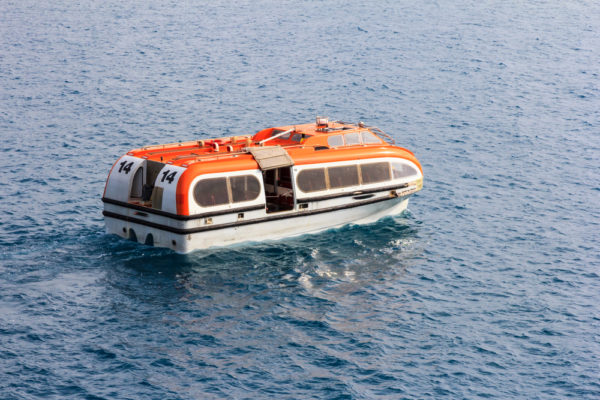
Inside Lifeboats On Cruise Ships
Lifeboats are designed with one thing in mind – survival. The design focuses on fitting in as many people as possible to ensure their survival. The center of a lifeboat is most often oval in shape, with the center area blocked out for structural elements.
There are seats around the external perimeter of the boat, with padding for the basic comfort of the passengers. Equipment is usually stored in compartments underneath the seats. The equipment includes everything needed to survive at sea while awaiting further assistance, including water, food rations, and numerous other items.
In the front center of the boat, above the diesel engine, there is the command console from where the boat’s pilot will ensure that everybody reaches safety.
This post may contain affiliate links that could provide a commission to this website (at no additional cost to you). See our Disclosures Page .
Bestselling life jackets & vests.
- What You Will Get: the package comes with 2 pieces of vests in blue, which measure about 24.02 x 17.72 inches/ 61 x 45 cm, suitable for adults and kids to use when swimming
- Quality Materials: the adult safety jackets are made of quality polyester fabric and PVC material, sturdy and reliable, not easy to wear or tear even after long term application, able to serve you for a long time
- Water resistant
- Patches on sleeve and chest
- Should fit snug, but not too tight
- FluidFlex Neoprene and smooth skin fluid foam
- FEEL THE MOVEMENT - High mobility, non-restrictive cut. Higher placement of upper buckle helps reduce ride up. Thinner back panel to reduce seat back interference
- INNOVATION MEANS BETTER - All foam corners are rounded and sculpted compared to many 3-buckle PFDs. Box-stitched webbing is also more durable than bar-tac stitching used by other Economy PFDs
With contemporary regulations as well as strict training protocols enforced for all staff onboard a ship, you can pretty much be assured that you will have a place on a lifeboat if the ship you’re traveling on is ever in need of evacuation while you’re on board.
Regulations ensure that there are enough lifeboats to accommodate all passengers and crew onboard the ship, and an extra 50% of the ship’s passenger capacity is usually catered for in order to accommodate for any failures of lifeboats.
This includes the off chance that some lifeboats may not be deployable due to the boat listing too far to one side or for any other unforeseeable circumstances.
Last update on 2024-04-28 / Affiliate links / Images from Amazon Product Advertising API
Related Articles

Do Modern Cruise Ships Have Enough Lifeboats? (Safety at Sea)
Many people worry that cruise ships don’t have enough lifeboats if an emergency evacuation is needed.
Evacuations from cruise ships by lifeboat are incredibly rare – but all cruise ships must carry enough lifeboats for all passengers and crew .
All ships are governed by SOLAS (Safety Of Life At Sea) regulations. These regulations make sure that all ships have the necessary safety equipment onboard, and regular safety checks and crew training take place.
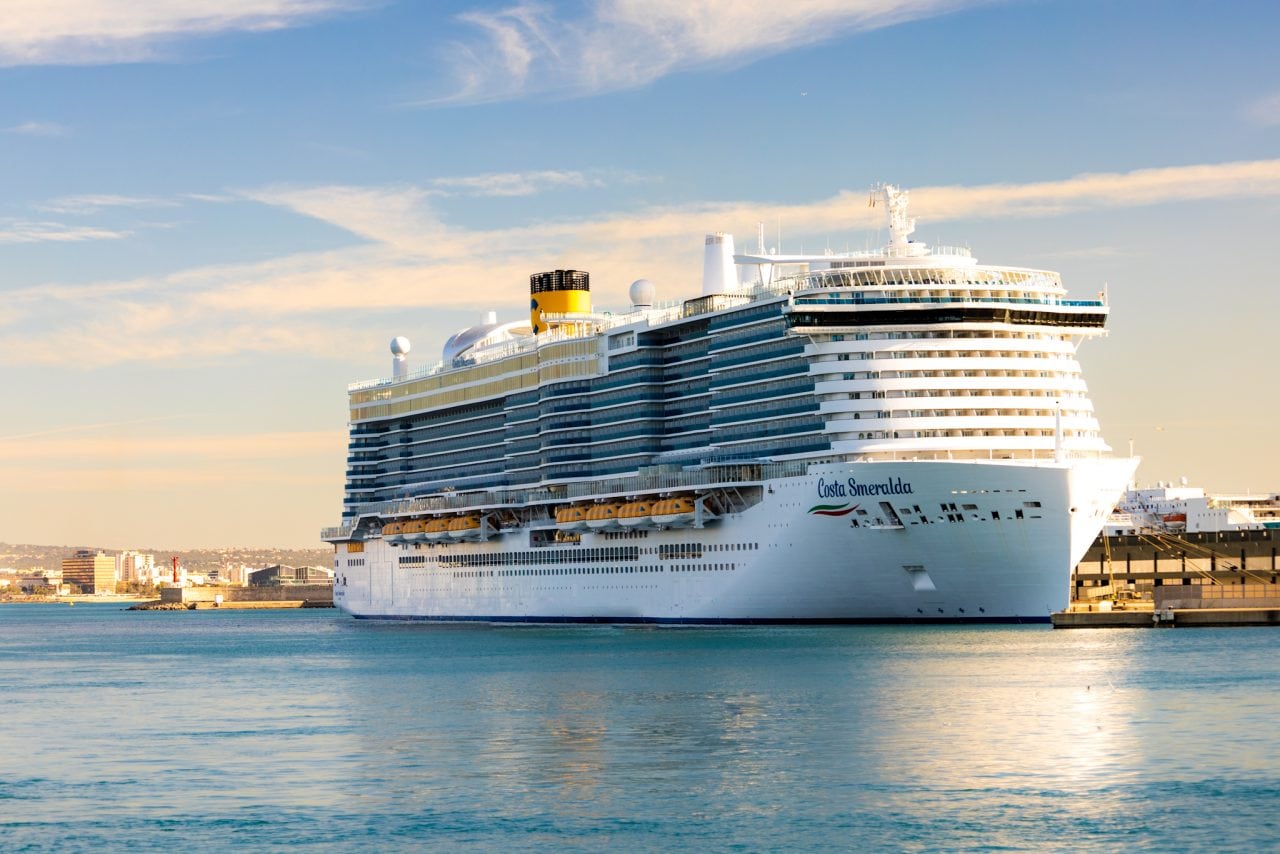
A Short History of Lifeboats
For over a century, Ocean liners were the main way people travelled when making intercontinental journeys.
Ocean Liner travel began in the middle of the 19th century and continued until travel by plane became possible and affordable in the 1950s. The popularity of travel by Ocean Liner then declined.
Large Ocean Liners carried passengers, cargo and mail. Find out more about Ocean Liners here:
Ocean Liners, They Still Exist: Here’s Everything You Need to Know
Although ships were getting bigger and more people travelled, safety rules regarding lifeboats were woefully inadequate.
British legislation said that the number of lifeboats needed onboard was based on the tonnage of the ship. Any ships under 10,000 gross registered tons were excluded completely.
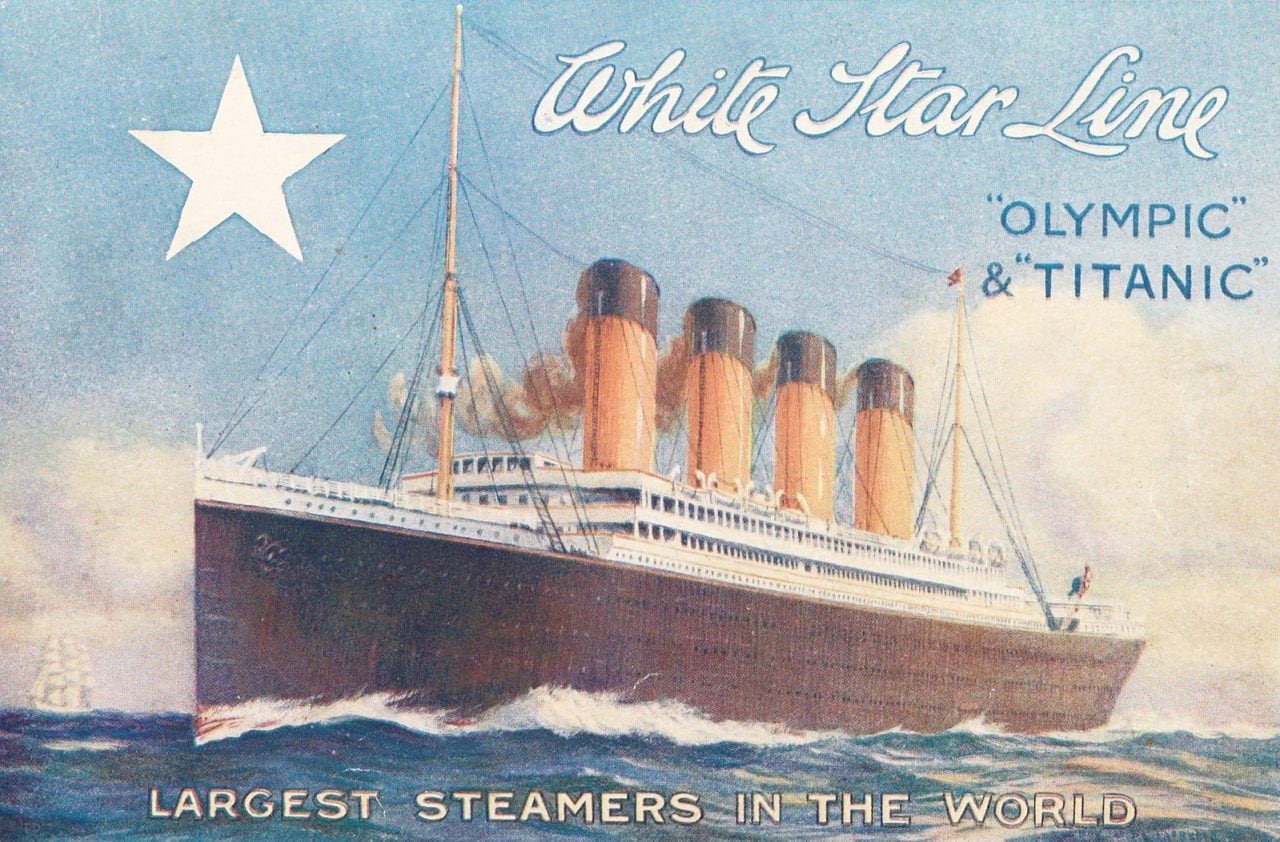
The Sinking Of The Titanic Led To Changes
It is a well-known fact that Titanic didn’t hold enough lifeboats to hold all of the passengers onboard.
Why would she? the White Star Line said she was “unsinkable.”
The shortage of lifeboats was not due to the lack of space, she had actually been designed to accommodate up to 64 lifeboats.
There were only 20 lifeboats onboard on her ill-fated maiden voyage. This was enough to save only around 33% of the people onboard.
The White Star Line felt that too many lifeboats on Titanic would clutter the deck and obscure the First Class passengers’ views.
Titanic sailed under safety regulations that originated nearly 20 years earlier – when the largest passenger ships weighed 10,000 tons. Titanic was more than four times that size.
Introduction of SOLAS (Safety Of Life At Sea)
After the sinking of the Titanic, it was decided that ships should carry enough lifeboats for everyone onboard. There would also be lifeboat drills and inspections to avoid another similar disaster.
The SOLAS Convention sets out the minimum standards for:
- Minimum standards / Quality control etc
- Including Machinery, electrical equipment, fire protection, life-saving appliances, radio communications, navigation safety, and cargo carriage.
- Regular drills, crew training etc.
This is why you MUST carry out a Muster Drill when you take a cruise.
A muster drill is a mandatory safety exercise with the objective to familiarize all guests and crew with the location (muster station) where they are to assemble in the unlikely event of an emergency. During this drill, additional safety information (i.e., how to don a life jacket) is presented. The International Convention of Safety of Life at Sea (SOLAS) regulatory guidelines require that a muster drill be held within 24 hours of a ship’s departure from its embarkation port. Royal Caribbean International
Find out more about cruise ship Muster Drills here:
What is a Muster Drill on a Cruise? Everything You Need to Know (REVIEW of Traditional and Virtual Muster Drills)
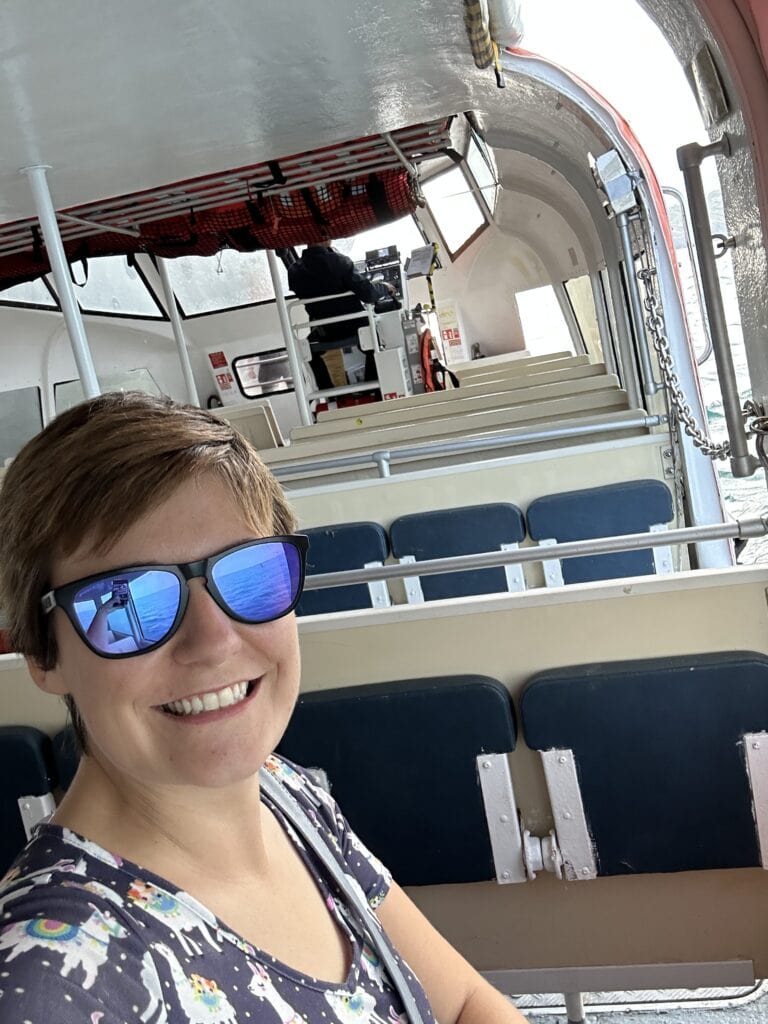
It Is VERY Unlikely That You Would Be Evacuated By Lifeboat
If a modern cruise ship were to get into any difficulties, it is very likely that they would quickly detour to the nearest available port.
If Cruise Lines thought that bad weather may cause a ship problems, they would avoid the area or cancel the cruise, rather than risk the passengers or ship coming to harm.
Find out the ways cruise ships avoid bad weather in the article below:
5 Ways Cruise Ships Avoid Bad Weather – and How It’ll Affect Your Cruise
Emergency Situations At Sea
Some ships have found themselves in an emergency situations at sea – although this is very rare.
Some well-known examples include:
When MS Viking Sky got into difficulties off the coast of Norway in March 2019, a partial evacuation by helicopter took place.
MS Viking Sky is a cruise ship that was carrying 1,373 passengers and crew,
She sailed from the northern city of Tromso, heading for Stavanger in southern Norway, but the ship began struggling with engine failure. She started to list dangerously, took in water, and was in danger of being blown ashore.
Norwegian weather was reported at the time as having wind gusts up to 43 mph and waves of over 26 feet.
Just under 500 people were evacuated by helicopter before the ship managed to start some of her engines and limped back to port. She finally docked under her own power in the port of Molde.
Star Princess
In March 2006 there was a serious fire onboard the Star Princess. 23% of her cabins were destroyed in that fire.
No one was evacuated by lifeboat, but this led to yet more safety improvements on cruise ships.
Find out about that fire here:
Lifeboats Used When The Costa Concordia Sank
Some lifeboats were launched when the Costa Concordia sank off the coast of the island of Giglio in 2012.
The Costa Concordia ran aground after Captain Francesco Schettino detoured from his approved course, sailing close to an Island and gashing the ship’s hull on a reef.
4,200 passengers and crew had to evacuate in the dark, and 32 people died.
Unfortunately, because the ship had listed heavily to starboard, it made it impossible to launch all of the lifeboats.
Find out more about that disaster here:
What Happened to The Captain of The Costa Concordia? – Conviction and Sentence
What Are Lifeboats Like on Modern Cruise Ships?
Modern Lifeboats are well-equipped, and carry enough food and water for passengers onboard to survive for a week at sea.
They also carry seasickness tablets, first aid kits, thermal blankets – and far more besides!
They are usually bright orange, so they can be easily seen against the blue sea or dark skies .
Disney Cruise Line are an exception to this rule .
Disney Cruise Line was the first cruise line to have yellow lifeboats, instead of the traditional regulation orange. Disney was granted special permission from the U.S. Coast Guard to paint the lifeboats yellow, to keep with the special colour theming of the ship. Disney Cruise Line

Royal Caribbean and Costa Cruises also use yellow lifeboats , instead of orange.
As well as the rigid-bodied lifeboats onboard, there will be some inflatable life rafts too.
When I sailed onboard P&O’s Arvia, the crew spotted a liferaft out at sea. The ship spun around and headed back to recover it.
Find out all about that here:
Normally life rafts are reserved for the crew because they’re not as comfortable.
Crew may have to use slides to reach them, rather than just stepping onboard them from the ship’s deck.
Able-bodied guests may be required to slide down a chute and into an inflatable life raft in a case of emergency.
Find out everything you could ever wish to know about lifeboats – and more – here:
Inside a Cruise Ship Lifeboat (Crew Tour) – Emergency Food, Engine, Seating Plan and More
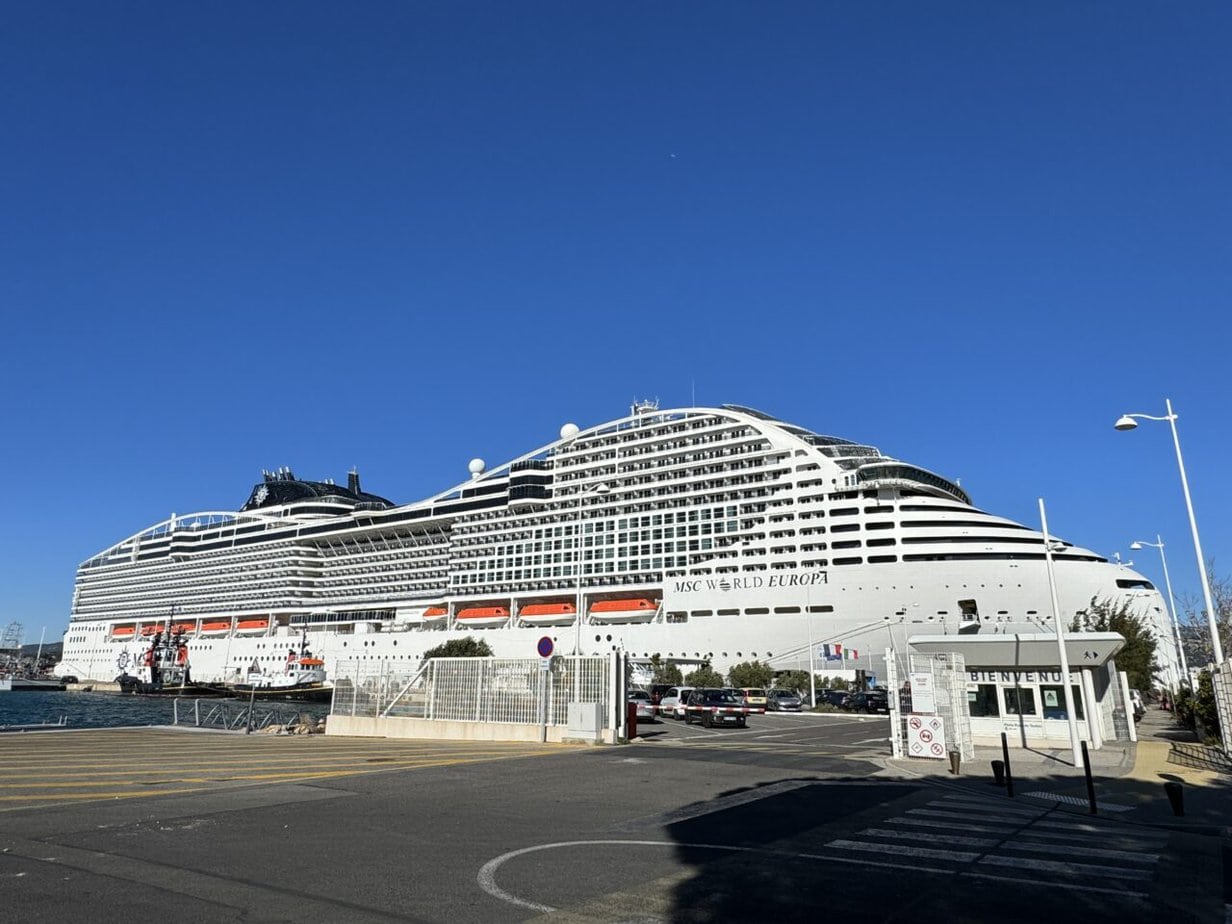

Lifeboats Are Also Used As Tenders
Tendering is where guests use a lifeboat, or smaller boat, to get from the cruise ship to the port.
Tendering usually happens when the ship is too big to dock in a certain port or the port is already occupied by another ship.
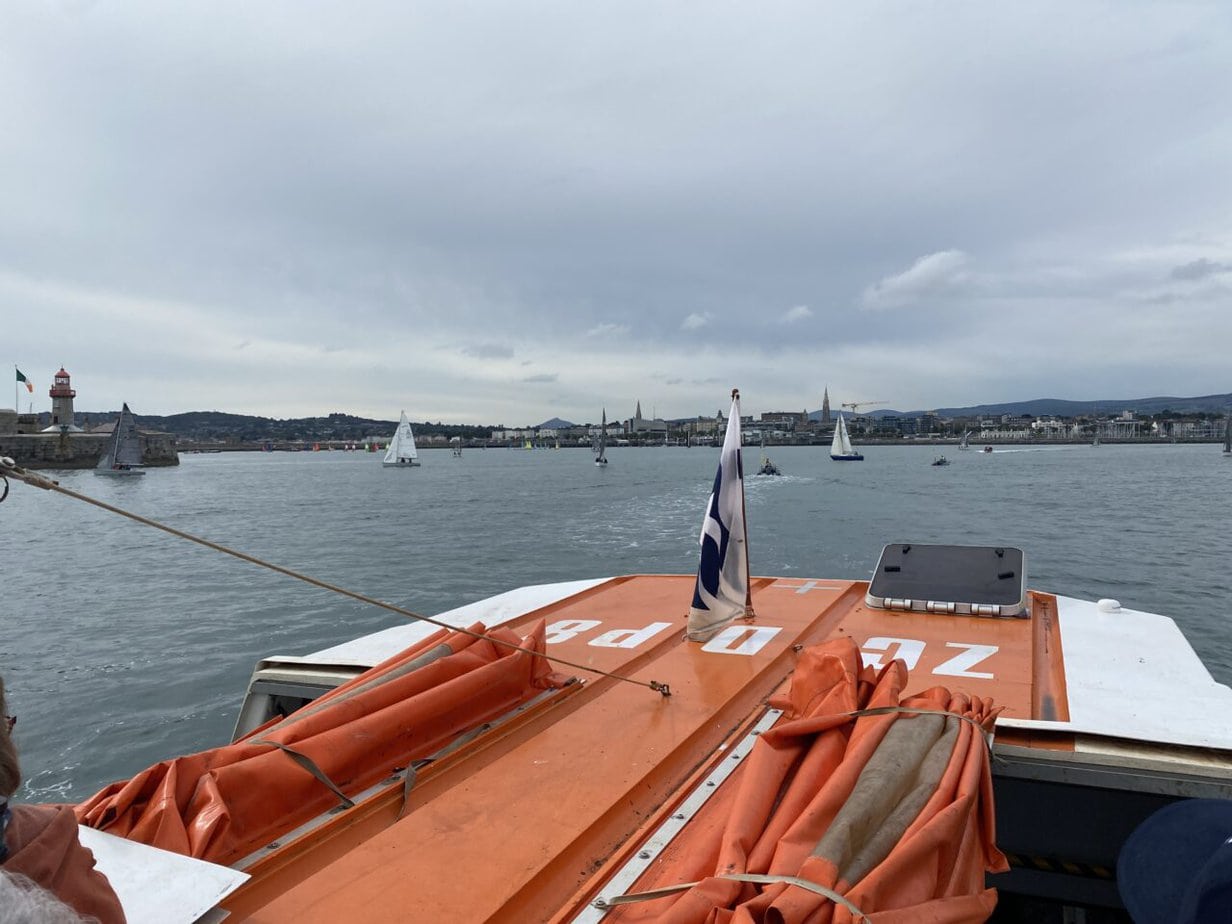
Guests are able to find out before a cruise if a port is tendered, as it is detailed on the itinerary.
Find out all about tendering from Cruise Ships here:
Cruise Ship Tendering – 5 Tips You NEED to Know
When I sailed onboard the Celebrity Edge we tendered to the port of Portofino. On the way back the ship’s Captain sailed the lifeboat back to the cruise ship! Watch that here:
Before You Go
Find out more about the route of Titanic’s maiden voyage in the article below:
The Titanic’s Route – From Shipyard to Sinking (Via Southampton, Cherbourg and Queenstown)
Find out about the bizarre superstitions surrounding sailing on ships here:
7 Bizarre Cruise Superstitions (That You’re Probably Breaking)

Free Insiders Cruise Line Guide
Ever wondered how the mainstream cruise lines compare? Cruise lines won’t tell you this, but I will.
This FREE guide shows you everything you need to know to find your perfect cruise line.
Enter your email address below:

Lifeboats on Cruise Ships: Safety, Capacity, and Amenities
Lifeboats on Cruise Ships: The brightly colored lifeboats on the sides are immediately noticeable to anyone who has ever taken a cruise or seen one. And if you’re anything like me, you undoubtedly have a lot of inquiries concerning lifeboats on cruise ships.
I mean, are lifeboats available to accommodate everyone? What is the capacity of the lifeboat? Will the lifeboats on a cruise save your life in an emergency?
You’d be glad to hear that lifeboats for cruise ships have advanced significantly and are now extremely well-designed in the extremely (very!!) unlikely case of an emergency.
If you’re curious about lifeboats or worried about your safety, you might have more questions. How dependable are the tiny boats? Which supplies are transported on board? Are there restrooms available?
To make you feel secure and comfortable when embarking on your next trip, here are the most important things to know about cruise ship lifeboats.
How does a lifeboat look?

The orange or yellow watercraft that line the ship’s sides are known as lifeboats. Many cruise ships have two major types of lifeboats: lifeboat tenders and enclosed lifeboats. Most lifeboats on cruise ships are enclosed, strong vessels with exceptional watertight integrity that can readily right themselves if pushed around by strong waves.
The two primary purposes of lifeboat tenders, which are partially covered, are to transport passengers from the ship to the land in the event of a port call in which the vessel is unable to dock and to act as a lifeboat in an emergency. Cruise ships often have just enough lifeboat tenders to run port tender service, with the remaining lifeboats being the typical enclosed lifeboats, because lifeboat tenders are more expensive to maintain than traditional lifeboats.
There are rows of seats within a lifeboat, some of which may or may not have seatbacks. Toward the top of the boat is a steering section with windows and a hatch. Enclosed lifeboats only have windows in the steering compartment, while lifeboat tenders include windows so they can see outside from their seats, according to lifeboat manufacturer Fassmer. There is no way to open these windows.
Flag of Convenience On Cruise: Why Cruise Ships Follow It
How many lifeboats can a cruise ship typically hold?
Large groups of people can be securely accommodated in lifeboats because to their special design.
The typical lifeboat that is seen on many cruise ships has a capacity of about 150 people. In the case of an emergency, passengers can be swiftly and effectively evacuated thanks to this number.
Larger lifeboats, however, are now required due to the introduction of larger cruise liners. Because of this, lifeboats on some of the bigger, more recent ships can hold up to 370 people. It’s crucial to remember that strict safety rules and regulations are used to define these capacities.
These requirements take into account not only the quantity of seats but also the presence of vital life-saving gear inside the lifeboat, guaranteeing that all occupants have access to supplies and protective gear.
Are inflatable life rafts available on cruise ships?
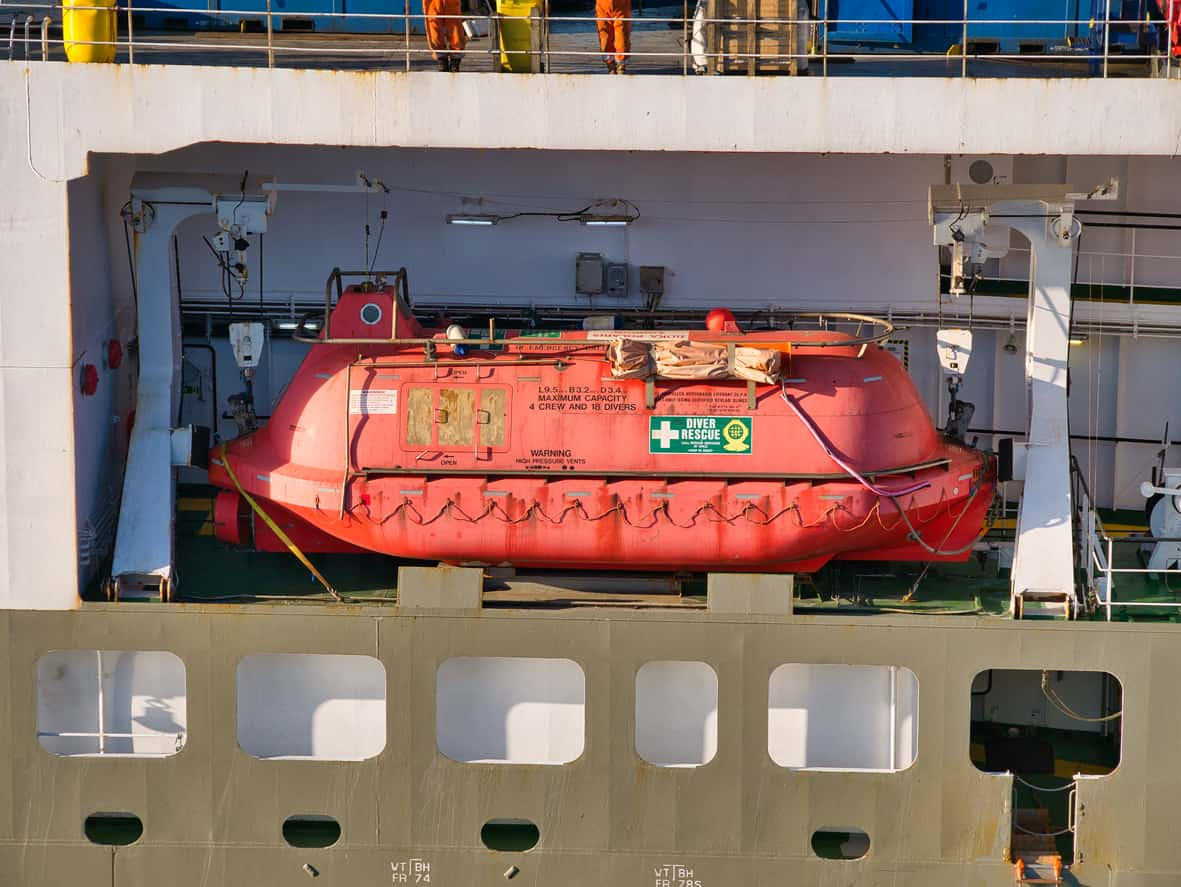
Cruise ship inflatable life rafts are available for the remaining 25% of passengers who cannot fit in the standard lifeboats. Although visitors can also use rafts if needed, these are usually reserved for staff members, with guests boarding the lifeboats first.
When deployed, collapsible cruise ship life rafts typically use a high-pressure gas to automatically inflate while being kept in fiberglass canisters. Life rafts lack motors, but lifeboats do. But they are equipped with oars. Although they are less frequent on large cruise ships, stiff, non-inflatable life rafts are still available on ships.
A Marine Evacuation System, which transfers passengers from the embarkation deck to an autonomously inflated raft in the water using a fully enclosed inflatable spiral slide, may be utilized in conjunction with life rafts on more recent cruise ships.
Cruise ships include spare life rafts to cover in case any lifeboats are destroyed or cannot be lowered in an emergency. According to SOLAS, there must be an extra 25 percent of the ship’s capacity in life rafts. Additionally, lifeboats and life rafts on cruise ships are intended to deploy even in the event of a 20-degree list.
On cruise ships, where are lifeboats located?
Lifeboats are situated outdoors on both sides of the cruise ship, usually kept on or slightly above a middle deck, with an accessible outdoor promenade for people to board. This position is perfect because it’s close to a lot of public indoor and outdoor activities and services, as well as the upper- and lower-deck cabins.
Additionally, it functions well since it raises the lifeboats high enough above the sea so that they won’t obstruct the ship’s docking path or be impacted by choppy waves. However, as no one wants to see a lifeboat from their upper-deck suite or the lido pool, it keeps them low enough so they don’t have to be lowered the whole height of the ship.
Passengers should not go straight to the lifeboats in an emergency. Instead, each cabin is given an assembly station where, if an evacuation is judged necessary, they will meet up with crew members and be directed to a lifeboat. To locate their assembly station and get familiar with the ship’s emergency protocols, passengers are required to participate in a muster drill. Before a cruise ship may depart, these exercises have to be completed.
What kind of items are in a lifeboat?
The majority of the items on a cruise ship lifeboat are listed below, however it’s not all-inclusive, per the LSA:
- Enough fuel to travel at 6 knots for at least a full day (24 hours)
- 48 hours’ worth of anti-seasickness medication per person
- 2 seasickness bags per person
- 3 liters of fresh water per person
- 2,390 calories’ worth of food rations per person
- Life jackets
- Enough thermal protective aid suits for 10% of the lifeboat’s capacity
- Three can openers
- First aid supplies
- Buoyant oars
- Illuminated compass
- Hand and parachute flares
- Smoke signals
- Survival manual
- One whistle
- One jackknife
- One searchlight that can work continuously for at least three hours
- Portable fire extinguishing equipment
- Fishing gear
- Tools to repair the engine
Nickelodeon Cruise: What Happened to the Family-Friendly Cruise?
Exist restrooms aboard lifeboats?
The 370-person catamaran lifeboats that are utilized on Royal Caribbean’s Oasis-class ships are equipped with restrooms, while traditional 150-person lifeboats do not.
What additional specifications apply to lifeboats on cruise ships?
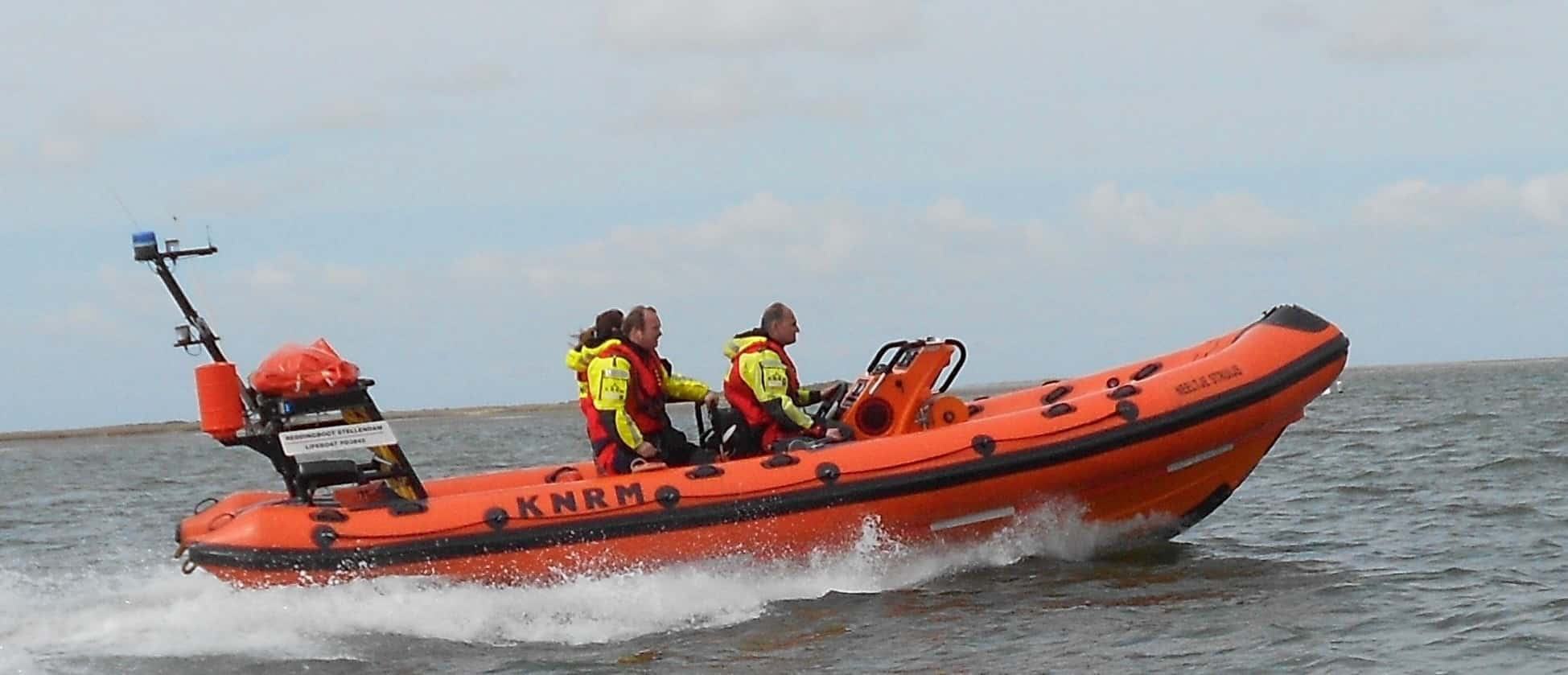
According to SOLAS, lifeboats on cruise ships have to be constructed from noncombustible and flame-retardant materials. Fiberglass is typically used to make lifeboats nowadays. Every seat in the lifeboat must be able to support a person weighing at least 220 pounds. Furthermore, the lifeboats and the cables that raise and lower them need to be strong enough to enable the lifeboat to be lowered to its maximum depth.
How do lifeboats undergo testing?
Water weights are used in lifeboat testing during the production process to simulate the weight of passengers at different locations throughout the vessel. These water weights have remote pumps that fill and empty them with water. During the testing phase, they are positioned throughout the lifeboat to collect data on how the craft would manage passenger weight in various settings and circumstances.
The testing and inspections continue even after a lifeboat is delivered to the shipyard for installation on a vessel. Like any equipment, lifeboats may experience wear and tear and degradation over time due to weather, time, and use during the cruise ship’s lifetime. For this reason, SOLAS stipulates that lifeboat training and inspections must occur regularly.
To keep their knowledge of lifeboat operations up to date, members of the cruise crew participate in frequent training as well as weekly and monthly lifeboat inspections.
Every year, a more comprehensive check is conducted, either by an inspector from the lifeboat maker or by a qualified lifeboat technician from a different business. The International Maritime Organization states that an inspection of five crucial elements is a part of this process:
- The hull is inspected for cracks, damage or other defects.
- The propulsion system, including the engine, is inspected to ensure it’s in good working condition. The cooling, exhaust and fuel systems are also examined.
- The electrical system, including the battery, charging, lighting and communications systems, are checked for defects or malfunctions.
- The maneuvering system is inspected, including the steering mechanism, the rudder and other steering gear.
- Lifeboat equipment, such as life jackets and survival equipment, is examined to ensure it’s in good condition.
- The davit and winch system, including the winch and wire ropes, are checked for defects or damage.
- The lifeboat undergoes a load test to ensure that it can withstand its maximum weight of crew and passengers.
During the inspection, any systems or equipment that are discovered to have flaws or shortcomings are either replaced or rectified.
It is highly unlikely that any cruiser will ever experience a situation that necessitates lifeboat evacuation. Nevertheless, knowing that your ship is equipped with safety features will ease your worry when you embark on your next trip.
Related Posts
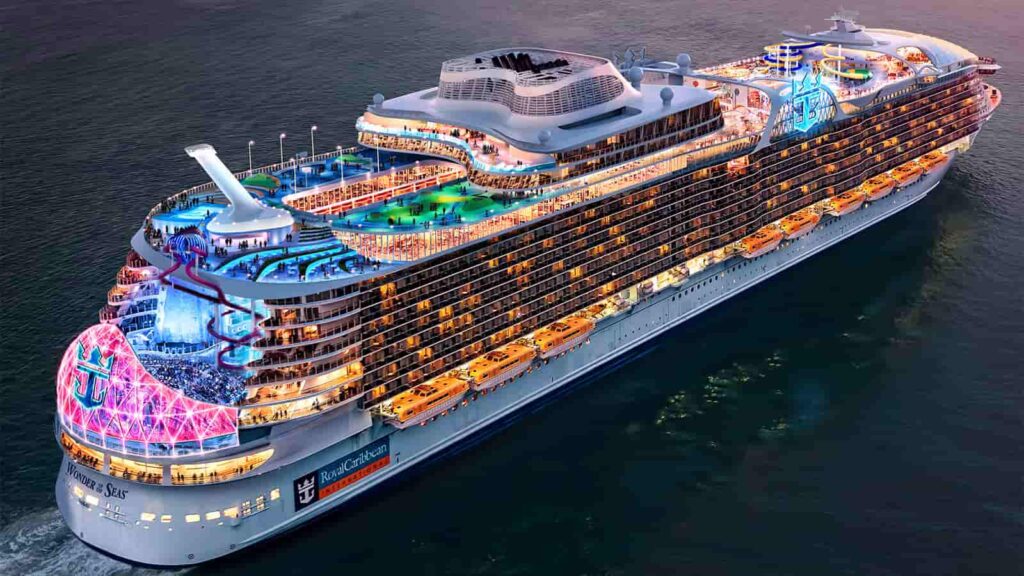
Royal Caribbean Cruises, History, Destinations and Itineraries

Ambassador Cruise Line: Ownership and History
Leave a comment cancel reply.
Your email address will not be published. Required fields are marked *
Save my name, email, and website in this browser for the next time I comment.
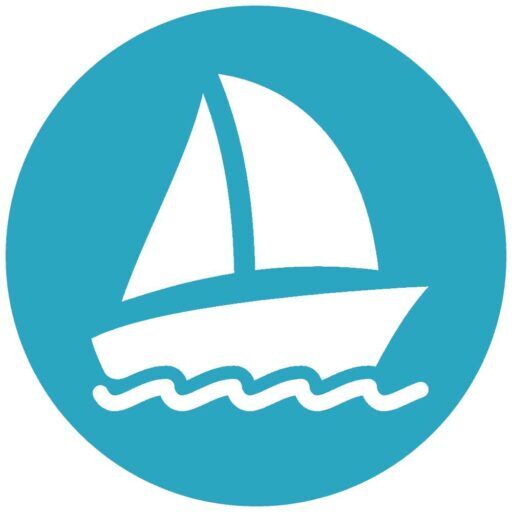
WaterCraft 101
Your guide to fun on the water!
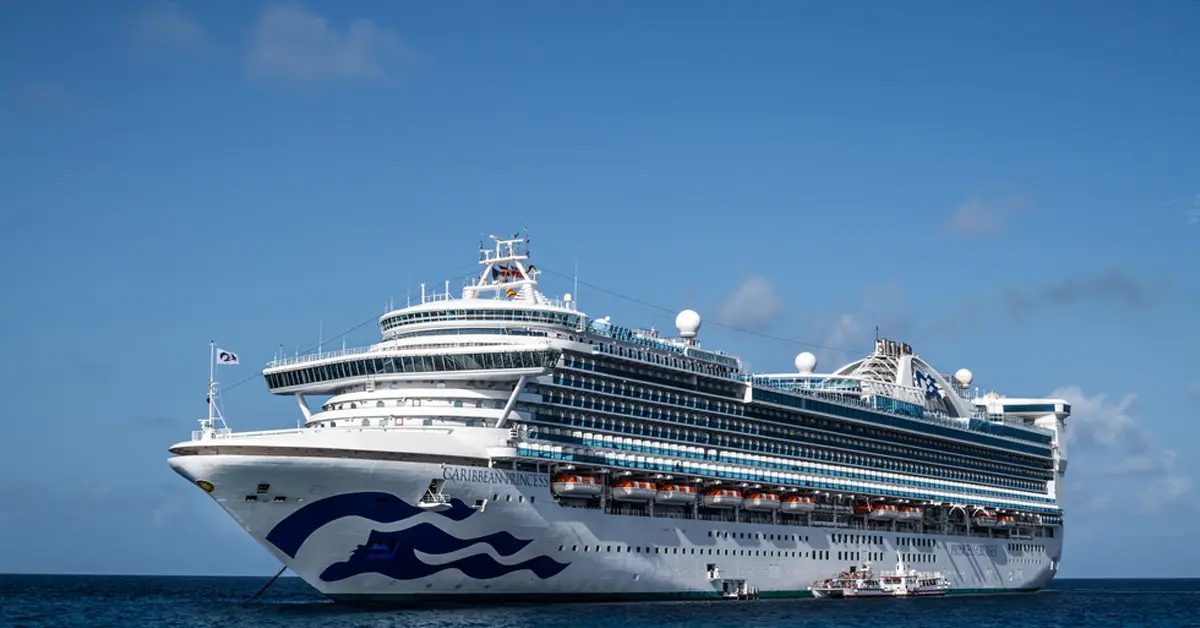
Cruise Ship Life Boats: Ensuring Passenger Safety at Sea
Beneath the sparkling sun, as white-capped waves break against the hull of a monumental vessel, a singular thought rests in the heart of the oceanic traveler. As they stroll across expansive decks and marvel at the maritime grandeur surrounding them, it is an intrinsic human instinct to seek assurance and peace of mind amidst this vast watery expanse.
Cruise ship lifeboats are vital safety measures designed to carry all passengers and crew in an emergency. These lifeboats are equipped with survival supplies, communication equipment, and engines to safely transport individuals from a distressed vessel.
In these moments of silent contemplation, one might find comfort not in the huge structure they inhabit but rather in the humble presence of the smaller, overlooked vessels perched quietly on the ship’s sides, holding the promise of safety.
Table of Contents
Understanding the Role of Lifeboats in Marine Safety
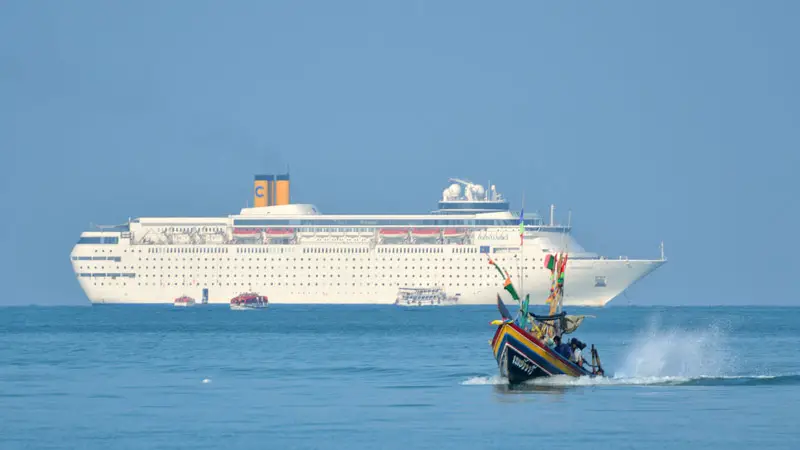
Lifeboats play a pivotal role in ensuring the safety of passengers and crew aboard cruise ships. These specialized vessels are designed to provide a haven in a maritime emergency, such as ship failure, fire, or even a distressing event like a ship sinking.
The fundamental purpose of lifeboats is to preserve the lives of those aboard a larger vessel by providing a secure and reliable means of evacuation from the distressed ship to a safer location, often miles away from the source of danger. They are intentionally crafted to be unsinkable and sturdy, capable of enduring severe weather and sea conditions.
Despite the advancements in cruise ship construction and safety protocols, the sea remains an unpredictable and sometimes hazardous environment. This unpredictability underscores the importance of lifeboats. As the last line of defense in a worst-case scenario, these craft are vital for upholding marine safety.
Not only do they serve as rescue vessels, they are also equipped with necessary survival supplies, from food and water to first aid kits, thermal protective aids, and distress signal devices. Lifeboats, therefore, represent an amalgamation of safety, survival, and rescue equipment, all bundled into a single, life-preserving entity.
Design and Features of Modern Cruise Ship Lifeboats
Modern cruise ship lifeboats reflect cutting-edge marine technology, focusing on increased capacity, enhanced safety features, and superior maneuverability. These vessels, although compact, are designed to comfortably accommodate a large number of passengers and ensure their survival during the precarious journey away from a distressed ship.
Below are some of the key design features and components that characterize today’s state-of-the-art lifeboats:
- Increased Capacity: Modern lifeboats are designed to accommodate many passengers. This is achieved by maximizing interior space, and making effective use of the boat’s structure to ensure every passenger has a designated seat.
- Unsinkability: These lifeboats are crafted with multiple independent buoyancy tanks, making them virtually unsinkable. Even with substantial damage, these boats are designed to stay afloat.
- Self-Righting Mechanism: If a lifeboat capsizes due to heavy seas or wind, a self-righting mechanism allows it to automatically flip upright, ensuring passenger safety.
- Fire-Resistant Material: Lifeboats are constructed using fire-resistant materials, providing added protection during emergencies.
- Water and Weatherproof: The hull and canopy of lifeboats are designed to shield passengers from harsh sea conditions and cold temperatures.
- Advanced Propulsion Systems: Equipped with motorized propulsion systems, these boats can navigate independently of the distressed ship, enhancing their ability to reach safety.
- On-board Survival Supplies: Lifeboats come equipped with essential survival supplies such as food, fresh water, first aid kits, blankets, and communication devices, providing necessary resources for survival until rescue arrives.
- High-Visibility Color: Modern lifeboats’ bright, fluorescent colors aid visibility, facilitating easier detection by rescuers.
Regulations Governing Cruise Ship Lifeboats
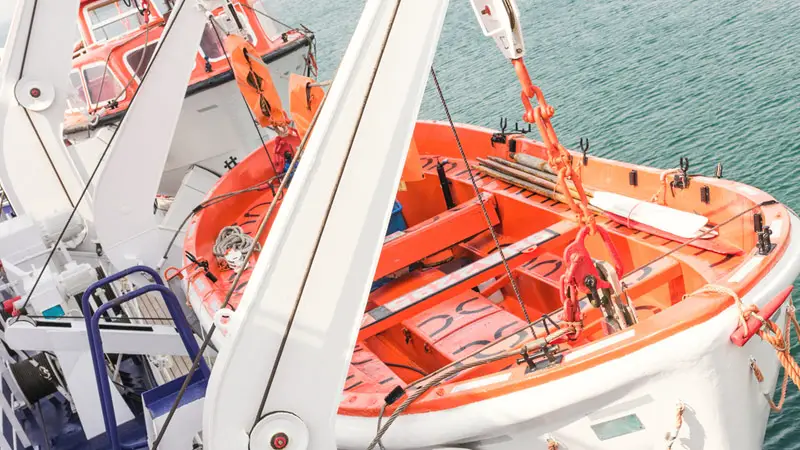
Regulations governing cruise ship lifeboats are established and enforced by international maritime bodies to ensure the highest level of safety for passengers and crew members. One of the key regulatory bodies is the International Maritime Organization (IMO) , which has set out a range of safety standards under the International Convention for the Safety of Life at Sea (SOLAS) .
These regulations mandate the number, capacity, and design features of lifeboats on cruise ships, alongside stipulating regular maintenance, inspection, and drill protocols. Under SOLAS, it is required that all passenger ships have enough lifeboats on each side of the ship to accommodate at least 50% of the total number of people onboard.
This means that there should be a lifeboat capacity for 100% of those on the ship. Moreover, these lifeboats should be capable of being launched with their full complement of persons and survival equipment within 30 minutes of the alarm signal. The rules also govern the construction material, visibility, stability, and other specific features of lifeboats to ensure they are unsinkable, fire-resistant, and easily detectable.
Lifeboat Drills and Training: Preparing for the Unexpected
Lifeboat drills and training are integral to maritime safety procedures, preparing crew and passengers for unexpected emergencies. These exercises impart crucial knowledge about lifeboat operations, evacuation protocols, and survival tactics, ensuring individuals are ready to respond effectively in a crisis. The following points highlight the key aspects of lifeboat drills and training:
- Frequency of Drills: According to international regulations, lifeboat drills should be conducted by the ship’s crew at least once every month. These drills ensure that crew members stay familiar with evacuation procedures.
- Passenger Safety Briefing: At the start of each voyage, passengers are given a safety briefing which includes instructions on how to locate and use life vests, the location of lifeboats, and assembly stations.
- Launch and Recovery Practice: Crew members practice the launching and recovery of lifeboats to ensure that the procedure can be performed quickly and efficiently in an emergency.
- Lifeboat Operation Training: Crew members receive extensive training on operating lifeboats, including using the engine, navigation equipment, and emergency radio.
- Survival Techniques: Training also includes instruction on survival techniques in case passengers and crew have to wait for an extended period in the lifeboat before being rescued. This might include rationing food and water, use of survival equipment, and dealing with medical emergencies.
- Inspection and Maintenance Skills: Crew members are trained in regular inspection and maintenance procedures to ensure that lifeboats are always ready for use.
Survival Equipment: What’s Inside a Lifeboat?
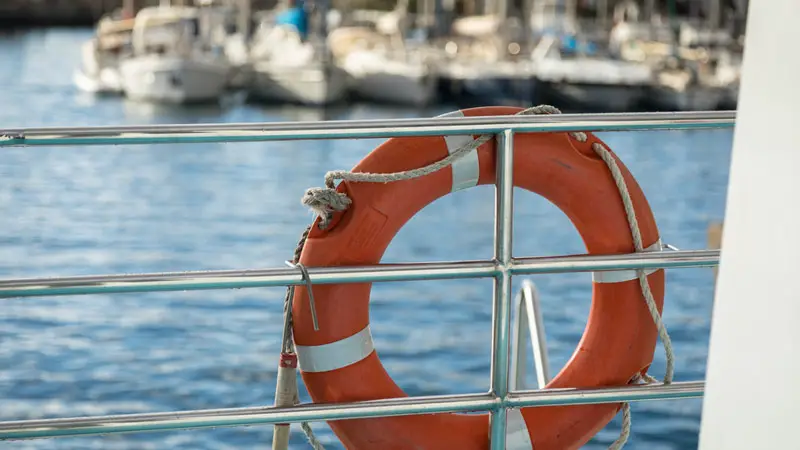
Modern lifeboats on cruise ships are equipped with various survival equipment designed to sustain passengers and crew in an emergency. This equipment aims to provide necessities and ensure the safety, survival, and eventual rescue of those on board. Here is what you can typically find inside a lifeboat:
- First Aid Kits: These contain basic medical supplies for treating injuries, wounds, and illnesses that might occur during the wait for rescue.
- Food and Water: Lifeboats are stocked with emergency rations and potable water packets to sustain passengers and crew until help arrives.
- Thermal Protective Aids: These protect passengers from hypothermia in cold sea conditions.
- Flares and Signal Devices: To aid in being spotted by rescuers, lifeboats carry pyrotechnic flares, smoke signals, and other signaling devices.
- Radios and Communication Devices: Modern lifeboats are equipped with two-way VHF radios and sometimes satellite communication devices to establish contact with rescue teams.
- Flashlights: These are essential for visibility during night-time or in poor weather conditions.
- Navigation Equipment: Compasses, charts, and sometimes GPS devices are included to aid navigation.
- Lifejackets: Besides the lifejackets that passengers and crew bring on board, spare lifejackets are also stored in the lifeboat.
- Paddles: In engine failure, paddles can be used for manual propulsion and steering.
- Anchor: An anchor system is included to prevent the lifeboat from drifting due to ocean currents.
All this equipment is regularly checked and maintained to ensure it is in working condition should an emergency arise. These items, hopefully never needed, are invaluable during a maritime emergency.
Navigating Safety: Lifeboat Launch and Recovery
The lifeboat launch and recovery process is a meticulously planned operation to ensure the safety of passengers and crew during a maritime emergency. Launch procedures begin with passengers and crew mustering at assigned assembly points, donning lifejackets, and then boarding the lifeboats.
Modern cruise ships are typically equipped with gravity davit systems, which allow lifeboats to be swiftly launched even in rough seas. These davit systems use mechanical advantages like pulleys and winches to lower the lifeboats into the water. Once in the water, the lifeboat coxswain – a crew member trained to steer the boat – navigates away from the distressed ship using the onboard engine.
Recovering a lifeboat back onto the ship after a drill or emergency is equally important and requires precision. The recovery process is usually initiated by positioning the ship to create a lee – a calm area on the downwind side of the ship, to protect the lifeboat from wind and waves.
The lifeboat is then maneuvered alongside the ship and attached to the davit cables. The davit system hoists the lifeboat from the water, aligning it with the embarkation deck. Once secure, passengers and crew disembarked safely. Both these procedures – launching and recovering – are regularly practiced by crew members to ensure efficiency and safety.
Ensuring Safety Standards: Lifeboat Maintenance and Inspection
Maintaining and inspecting lifeboats are crucial elements in ensuring the safety of passengers and crew onboard a cruise ship. A well-maintained lifeboat ensures optimal performance during an emergency when every second counts. Regular checks and maintenance tasks adhere to regulatory requirements and promote the overall safety culture on board.
Routine maintenance of lifeboats includes various tasks like checking the condition of the hull, examining the engine and other mechanical components, verifying the functionality of communication devices, and inspecting the condition of survival equipment. These checks ensure that all components of the lifeboat are in good working order and ready for immediate use.
Regular inspections performed by qualified crew members are mandated by international regulations such as the Safety of Life at Sea (SOLAS) convention. These inspections, typically scheduled weekly or monthly, aim to detect and rectify any potential issues early.
Furthermore, certified service providers conduct more thorough inspections and servicing annually. This includes detailed checks on all parts of the lifeboat system, from davits to release mechanisms, and requires specialized knowledge and training.
In addition to routine checks and inspections, crew members conduct regular lifeboat drills. These exercises familiarize the crew with lifeboat operations and provide an opportunity to identify and address any issues.
Through rigorous maintenance and inspection schedules, potential problems can be identified and addressed before they become critical, ensuring that lifeboats are ready for deployment at a moment’s notice and playing a significant role in ensuring safety at sea.
Bryan is a Las Vegas resident who loves spending his free time out on the water. Boating on Lake Mohave or Lake Havasu is his favorite way to unwind and escape the hustle and bustle of the city. More about Bryan.
Similar Posts
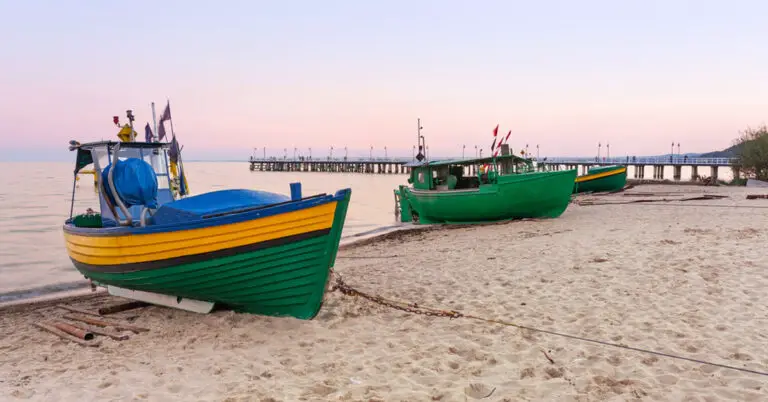
The Importance of Tidal Awareness When Boating on Coastal Waters: Tips and Guidelines for Safe and Enjoyable Boating
Navigating the intricate dance of the tides is an essential skill for any coastal boater. Understanding the rhythm of the sea not only enhances the pleasure of your maritime journey, it significantly contributes to your safety. This article is an essential read for every seafarer aspiring to master the ebb and flow of the ocean….
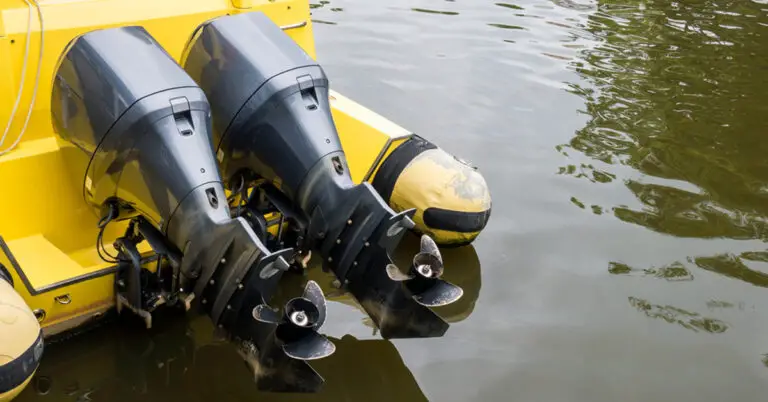
Water in Boat Engine: Troubleshooting Tips for Effective Repairs and Maintenance
Drifting along the vast, open waterways, we are often captivated by the tranquility and peace that boating brings. However, beneath the placid surface lies a marvel of engineering – the boat engine – working tirelessly to keep our maritime adventures on course. This seemingly invincible force, however, isn’t immune to the very element it propels…
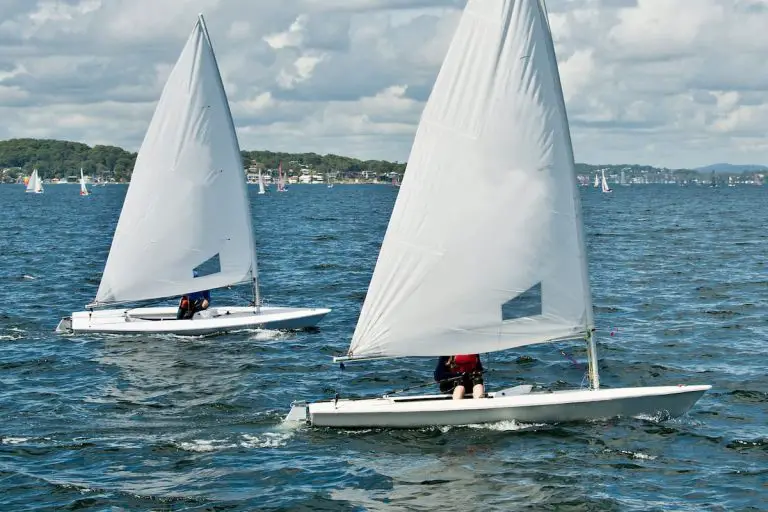
12 Signs a Boat Has Been Used in Saltwater (Revealed!)
Saltwater can cause more damage to a boat than fresh water because it’s highly corrosive. So certain precautions are taken before and after using a boat in seawater to protect against saltwater damage. Unfortunately, some boat owners don’t practice these preventive measures only to sell their problem-laden boats to unsuspecting buyers. Here are 12 signs…
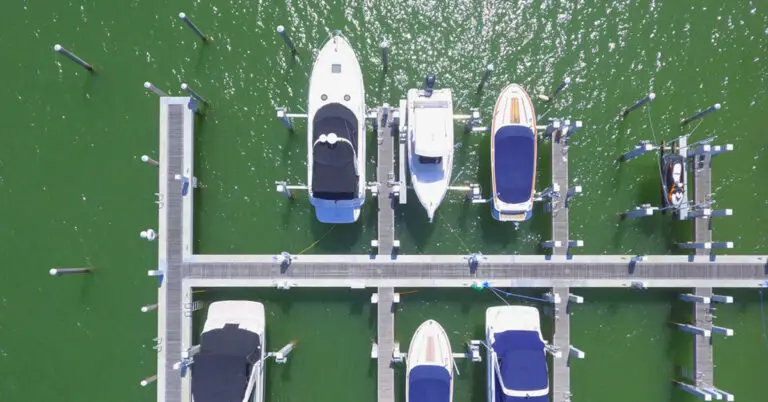
Pavati Boats: Why Are They So Expensive and Are They Worth the Cost?
Sleek, modern, and synonymous with luxury, Pavati Boats have carved out a niche in the high-end wakeboarding and wake surfing industry. Boasting a blend of innovative design, performance, and unparalleled luxury, these watercraft have garnered a reputation that makes them the object of desire for many boating enthusiasts. However, the striking features and performance come…
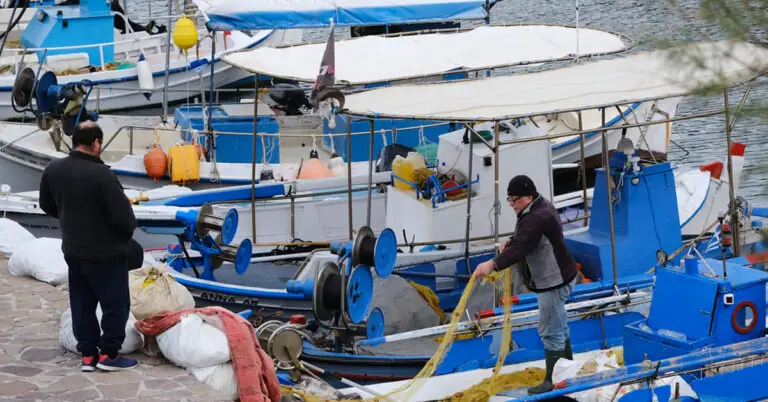
How to Increase Your Boat’s Weight Capacity: Tips and Techniques for Safely and Effectively Maximizing Your Vessel’s Load
Navigating the vast expanses of the ocean or a serene lake on a sunny day is an exhilarating experience that boat owners cherish. However, one common concern that can potentially dampen this joy is the limitation of your boat’s weight capacity. Overloading can compromise safety, affect the boat’s performance, and even lead to legal issues….
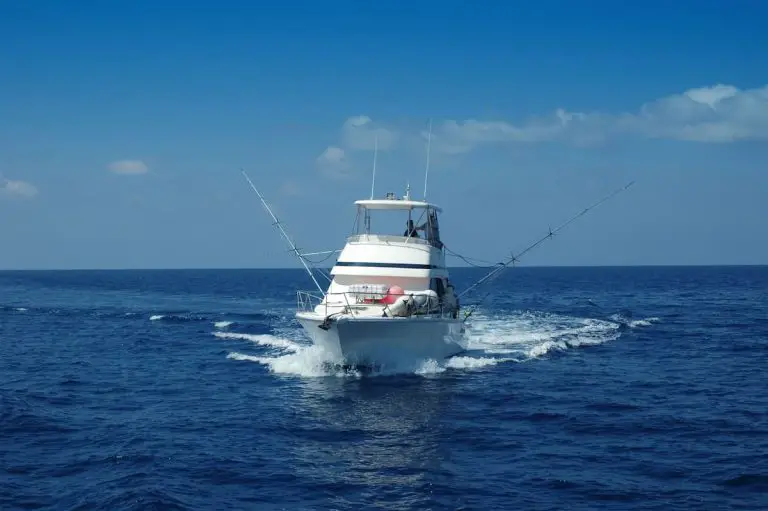
How Does WiFi Work On a Boat? (Explained)
Over the last few decades, boats have become better equipped with new technologies for safety and efficiency. Over that time, communications have been revolutionized by the internet. So can you access the internet from a boat when you’re out on the lake or at sea? Boats don’t have built-in WiFi as standard equipment. While modern…

Safety At Sea - Lifeboat History & Requirements
While cruising is about relaxing, fun, enrichment, and telling your office that you’ll be completely unreachable for a week, for the crew and the cruise line there is another important element: safety. The last line of defense is the lifeboat, but it’s far more than a wooden dinghy out of a Hitchcock film. Modern lifeboats have evolved for enhanced safety, reliability, and even visibility - let’s look at how.
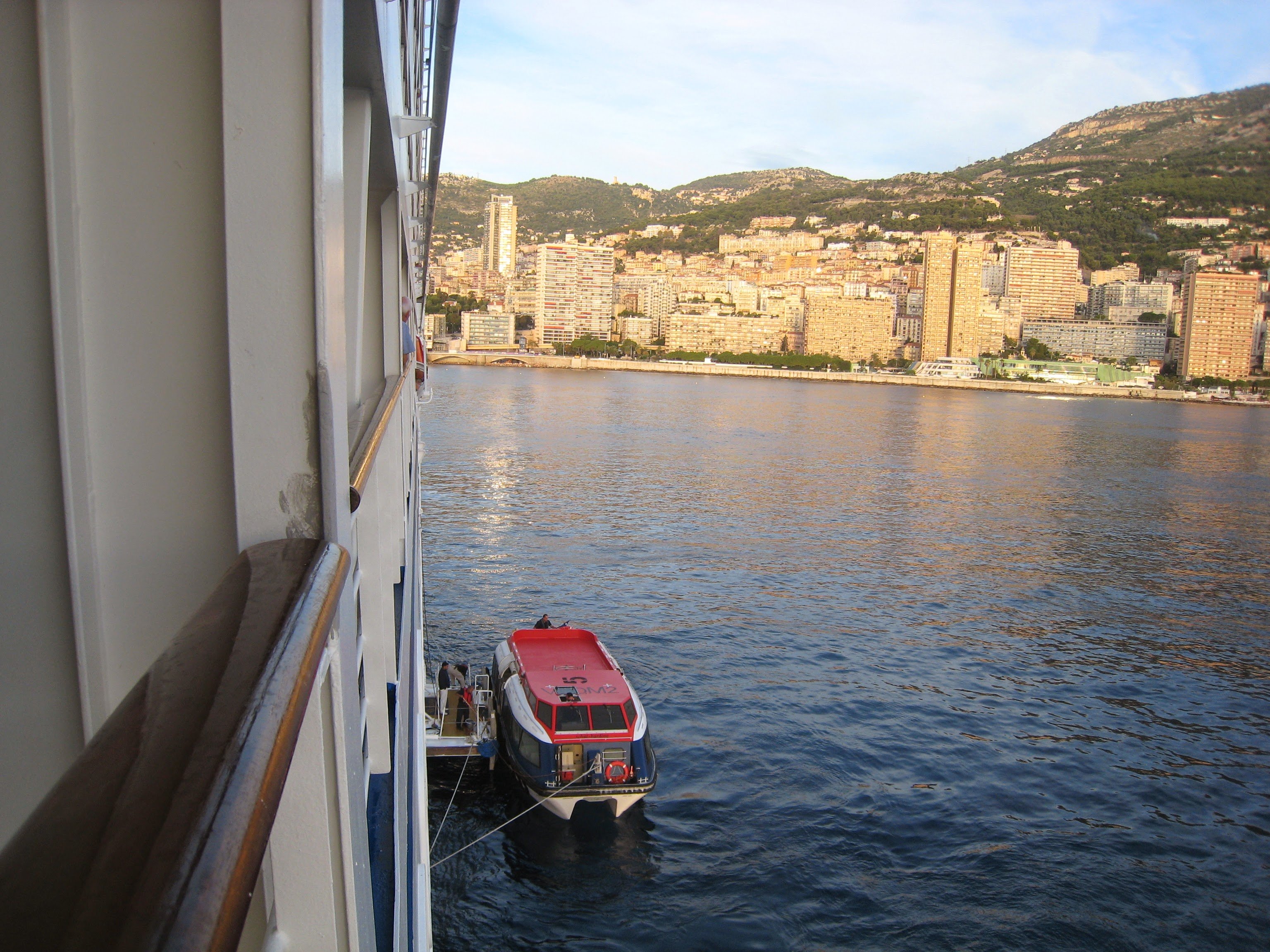
Who regulates lifeboats?
In 1912 the world saw what is, to date, easily the most famous maritime tragedy: the sinking of the White Star Line’s Titanic. It was clear that there needed to be better not only oversight, but research into safety at sea, so in 1914, as a response to this disaster, The International Convention for the Safety of Life at Sea (SOLAS) was drafted. This first pass prescribed numbers of lifeboats and other emergency equipment along with safety procedures, such as continuous radio watches. Unfortunately, with The Great War (later called WWI) brewing, SOLAS 1914 was never adopted by any government or other body. Over the decades however many amendments to the first draft have been made and adopted by an increasing number of signatory nations. As of 2017 there are 162 nations who are signatories to SOLAS, meaning over 99% of vessels in the world must be in compliance.
The Evolution of Lifeboats
The first lifeboats were simply small boats with open tops and oars for passengers to use for propulsion. Prior to modern compact engine designs rowing was the only way of controlling a small craft other than sailing. This presented some obvious challenges, as even with adequately strong persons, synchronous rowing is a skill so difficult that even Olympians use a coxswain. Technology however brought forth solutions such as the Fleming Gear, allowing passengers to simply push and pull levers that drew a screw (propeller), combining the uncoordinated strength of rowers. It wasn't until SOLAS 1948 that there was a requirement for all ships (of certain sizes and uses) to carry at least one motorized lifeboat, and in 1964 motors will still only required on lifeboats designed to carry over 100 persons.
These days lifeboats usually have multiple motors, carry survival equipment, and have rigid requirements for nearly every element of their design. We’ve certainly not stopped innovating either. Until Royal Caribbean launched the mega-ship Oasis of the Seas, carrying up to 8,500 persons, Life Saving Equipment code 4.4.3.1 (for those keeping track at home) mandated that lifeboats carry no more than 150 people. Schat-Harding however worked to build larger craft and have this modified to to allow for 370 person craft providing they demonstrate equivalent safety, allowing for the Oasis class’ “rescue vessels” we see today. You can learn more about Oasis class lifeboats here . Other changes in the past 15 years have had to do with the method of deployment, allowed colors (for visibility), provisions carried on-board, maintenance, and more.
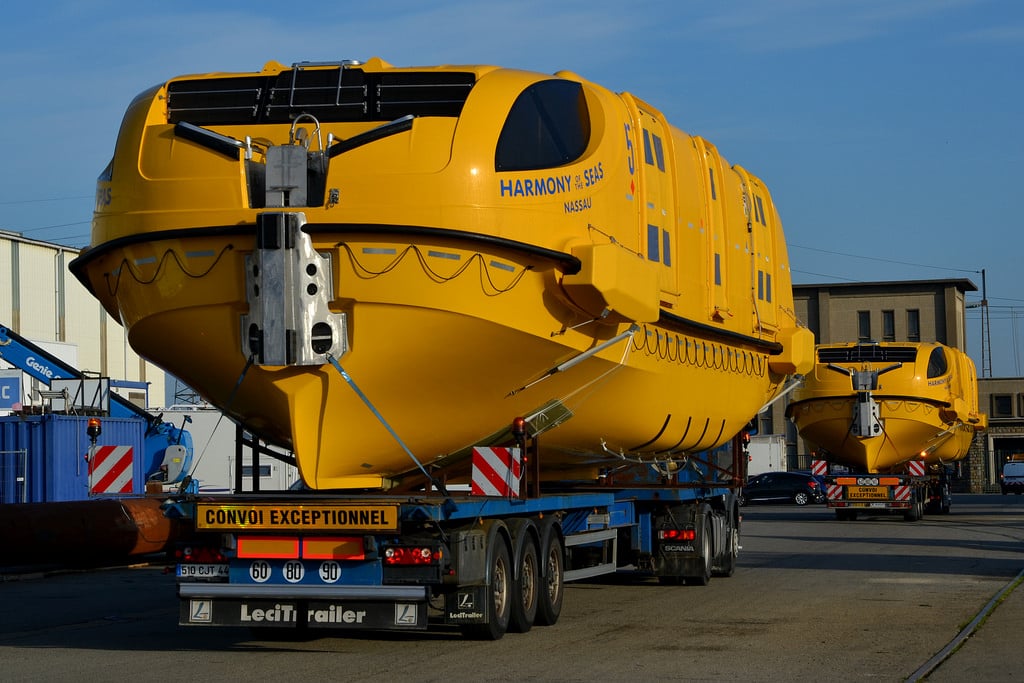
Lifeboat Requirements
While requirements vary greatly depending on vessel passenger counts, routes of travel, other safety equipment, and many other factors, we tried to identify, in plain English some of the more common requirements for lifeboats, especially as they relate to cruise ships.
Lifeboat Construction
-Must be made flame-retardant and made of non-combustible materials. As they say during your muster drill, “fire is the greatest danger at sea”. -When fully loaded with persons and supplies, must be stable in the water, capable of launching while the ship travels at a speed of 5 knots, and strong enough to be lowered while fully loaded. -Must be no less than 7.3 meters in length -All seats, benches, etc must be capable of supporting a person weighing 100kg (~220lbs)
-The wires which lift and lower the lifeboats (aka, “falls”), must have centrifugal brakes, limiting the rate of descent to 36 meters/minute. -At full capacity, the hoisting time for the launching appliance should not be less than .3 meters/second. -50% of the rigid lifeboats must be located on each side of the vessel, for easy deployment in the event the ship is listing heavily to one side. -Except for free-fall lifeboats (such as escapecraft you may see on some cargo ships), they must be capable of withstanding and impacts against the ship’s side of at least 3.5 meters per second, and must also be strong enough to be dropped into the water from a height of at least 3 meters
Number Carried
-Ships must have partially or totally enclosed lifeboats, for 50% of the total capacity of people onboard, at each side (total capacity for 100%) -Rigid or inflatable liferaft must make up at least 25% of the ship’s total capacity
Inflatable liferaft are common - but do you ever see them? Yep. Look on the deck of any ship and you'll see white plastic capsules. These can be manually deployed, but they are also capable of automatic deployment, both operations can take place even when heavily listing - another requirements in SOLAS.
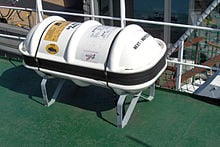
The above figures should be looked at a few ways. For one, they mean that a cruise ship must have lifeboats/rafts for at least 125% of the ship’s total capacity. That’s a minimum, and it is often exceeded. Further, most ships don’t sail at full capacity. You could, for example, sell out every cabin on Norwegian Sky , with no single-occupancy staterooms, yet even with a full compliment of crew, carry only 2,903, despite her capacity of 3,349 passengers. Why? “Upper-berths” or bunk beds (also pullout sofas and such). Generally only a small percentage of 3+ capacity staterooms have more than two people in them. These factors combined mean that even if a ship is only meeting (rather than exceeding) the required capacities, they may have lifeboats for 1.5 or even 2 times the number of persons on-board during a “full” sailing.
LIfeboat technology and requirements are just one component of what makes cruising among the safest ways to vacation. Remember though that the first line of defense from fire, navigational hazards, and weather is the hard working crew - safety truly is their top priority. Keep this in mind next time you think your stateroom attendant is just a housekeeper - she may also be responsible for firefighting or other essential tasks. Oh, and please put down your phone at muster drills.
Have more questions about lifeboats on cruise ships? Comment below or reach out on Twitter or Facebook !
View the discussion thread.

Cruise Ship Lifeboats

Ever since I took a cruise to Bermuda from New York, I always wondered how we would survive if we had a problem on the cruise ship and used the Life Boats. Would there be food and medical supplies on board and enough to survive? What is inside modern cruise ship lifeboats?
Modern Life Boats, whose mandatory contents are regulated & inspected by SOLAS are driven by a diesel engine & come equipped with emergency equipment, pyrotechnics, air supply, hand flairs, pure drinking H2O, and food rations, tools & a compass.
I once went on a cruise and found myself on the top-level trying to sneak a peek into one. The Life Boats were harnessed on the top level of the ship and were hanging over the side. There were Life Rafts along with the Lifeboats and crew members were not allowed to go on them told me they were very important in the role of the ship’s safety inspections that were done regularly.
Table of Contents
Do Cruise Ships Have Enough Lifeboats
Throughout the world, the International Convention For The Safety Of Life At Sea or SOLAS is an International Maritime Safety Treaty that sets all standards for Cruise Ships. One of the most important agreements in the regulations regarding Life Boats and Passenger/Crew drills that are performed before each trip.
The regulations require that each side of the Ship have enough accommodations for 37.5 % of the total number of persons on board. Meaning passengers and crew members. That is 75% in total. Inflatable or ridged Liferafts must accommodate the remaining 25% of passengers and crew.
Many Cruise Ships like the Royal Caribbean Oasis of the Seas carry more boat capacity than is required . But it is still not enough, so Liferafts are added in, to accommodate all total capacity even if a significant number of lifeboats have some difficulty in the event of an emergency.
For international voyages, the Cruise Ship has to have enough Life Boat capacity, but for shorter voyages, they might not. they are required to have 125 % capacity using Life Boats and Liferafts. So all Cruise Ships will have, by law what they term LSA or Life Saving Appliances for the total capacity of 125% of all the people on board.
Life Raft Equipment
Liferafts are collapsible and stored in a heavy-duty fiberglass canister. They contain high-pressure gas that will automatically inflate the raft. SOLAS and the Military regulation require the gas and the Liferaft to be sealed.
The Liferaft can never be opened or tampered with by the crew or any personnel for the Cruise Line. The Gas has to be sent out to be inspected at the facility periodically. On-site inspections certify all mandatory equipment on the Boats and ensure that all the required contents are there.
Modern Life Boats have motors but liferafts will not. Larger Life Boats will use a launching System. There may be multiple Life Boats on one System. They normally require a human to launch. Life Boat Launching will normally take longer and have a higher risk of failing due to a human factor. The Life Boats don’t have inflation system failures but the Inflatable Life rafts do.
Ships engaged in International Voyages must have partially or totally enclosed Life Boats. for 50% of the total capacity of the people on board at each side. That means 100% Ridged or Inflatable Liferafts for at least 25 % of the people on board.
Ships engaged in Short International Voyages must have Partially or enclosed Life Boats for 30% of the total capacity of people on board. Plus the number of Life rafts necessary to obtain a total of 100% Rigid or Inflatable Liferafts for a total of 25% of the total number of people on board the Cruise Ship.
Free Fall Lifeboat
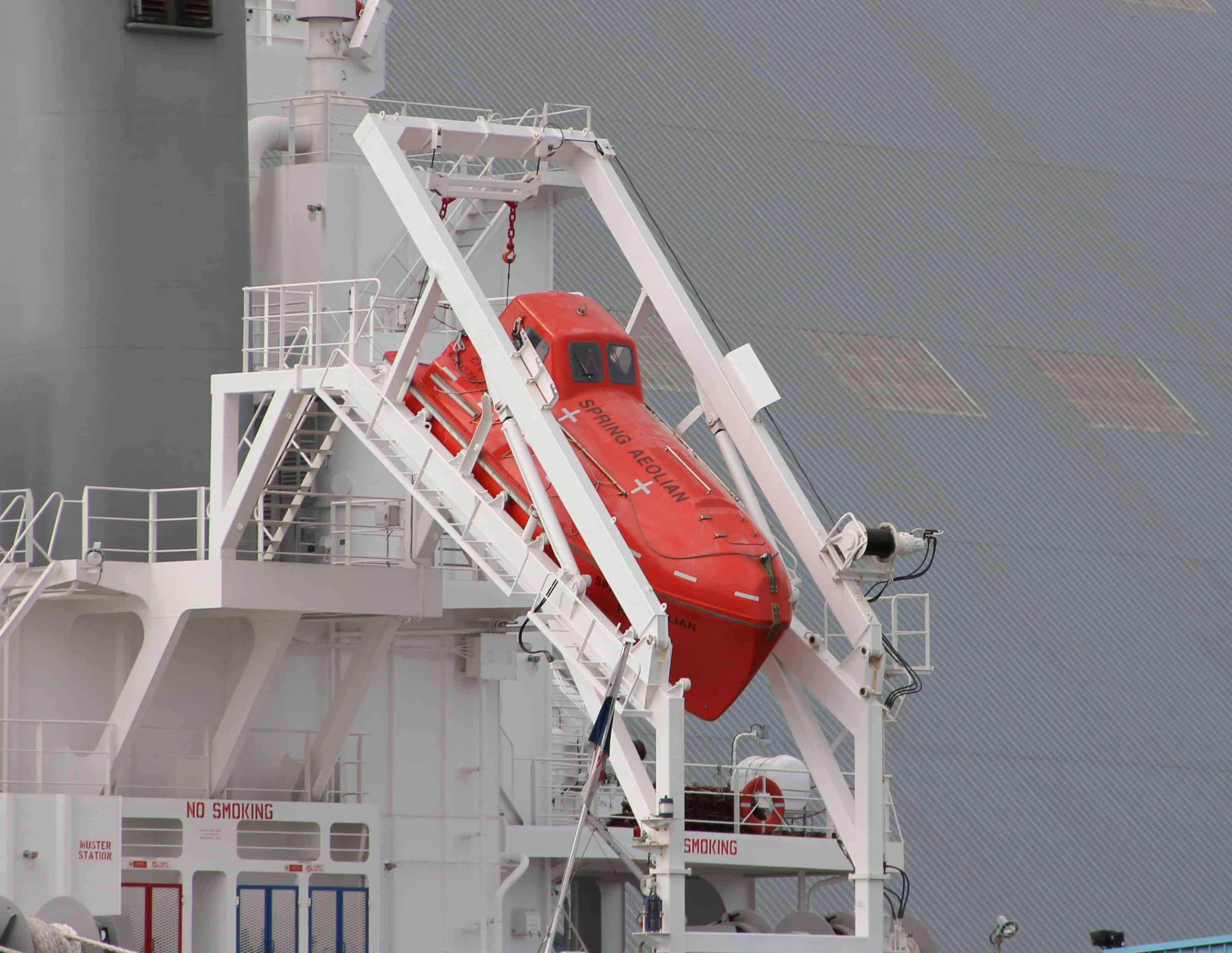
When the hatch is closed the bolt is released and dropped to the sea together with the ship’s personnel inside the covered craft. The boats also have a diesel engine that will allow the crew to steer themselves away to a safe location.
Freefall lifeboats that are mounted on offshore platforms and tankers are fire-protected and they are made to be airtight and to drive right through the flames of a burning sea disaster,
They are equipped with a pump that will spray seawater over the vessel to protect it from fire and a pressurized air tank that will supply air to the engines during the passage on the ocean.
Freefall Life Boats are used for their capability to launch instantly and are highly reliable during the escape, Since 2006 they are required on bulk carriers and tankers that are in danger of sinking too rapidly for conventional lifeboats to be released.
Complete Updated List of Mandatory Lifeboat Contents
Except for free-fall lifeboats, sufficient buoyant oars , so as to make headway in calm seas. Boat hooks = Two One buoyant bailer and two buckets. Survival manual = One Operational magnetic compass = One Sea Anchor = One Efficient painters = Two (Length should be twice the distance from the storage position to the waterline in the lightest seagoing condition or 15 meters whichever is greater.) Hatchets = Two
Watertight receptacles containing 3 liters of water for each person the boat is permitted to accommodate. Rustproof dipper with lanyard = One Rustproof graduated drinking vessel = One Food ration totaling not less than 10,000 KJoule per person. Rocket parachute flares = Four Hand flares = Six Buoyant Smoke Signals = Two Waterproof electric torch, suitable for morse code with spare battery = One Daylight Signalling mirror = One Copy of life-saving signals = One Whistle = One = One
Anti-sea-sickness medicine = 6 doses for each person the boat is permitted to accommodate. Sea-sickness bag = 1 for each person the boat is permitted to accommodate. Jack Knife = One Tin Openers = Three Buoyant rescue quoits = Two If the lifeboat is not self-bailing then one = One set Sufficient tools for minor adjustments. Portable fire extinguishing equipment. Search Light = One = One Thermal Protective Aids = 10 % of the number of people the boat is permitted to accommodate or Two, whichever is greater.
What is a Muster Drill
Every single passenger on the cruise ship must also take part in a mandatory safety drill or “muster” before the ship set sail. The muster involves learning how to locate and wear your life jacket, and how to get to the escape routes . In the drill, the crew will tell you where to find your Life Boat. Life Boats are arranged according to where your rooms are located on the ship. If you have ever been on a Cruise Ship no matter how big or small you will remember this drill and try on your life jacket that is always too small.
This drill is required by international law established by the International Maritime Organization (IMO), a branch of the United Nations.
The drill must take place within 24 hours of the ship leaving its first port and is also mandatory under CLIA’s policy. There are no exceptions. All cruise lines have to follow regulations called Safety of Life at Sea (SOLAS) , which were instituted following the sinking of the Titanic.
The Cruise Ships of today are governed by I nternational Laws and are enforced by the Coast Guard. The ships have plenty of room for every passenger and crew member on board. The Life Boats and Life Rafts of today are safe and well equipped for spending countless hours on the high sea and protected by the dangerous elements that years ago during the day of the Titanic, would have been a risky venture.
Bioluminescent Ocean
For more informative articles on any topic related to Oceans or Water stay right here at MyWaterEarth&Sky-The ocean carries many mysteries like the phenomenon known as Red Tide which closes beaches down in the Gulf States and causes health hazards when the ocean water turns red, ……………….… Continue reading
JimGalloway Author/Editor
References:
International Maritime Organization- IMO- Whats New
Cruise Critic- What is SOLAS
Recent Posts
How Do You Catch Eels: Eel Fishing Guide & Eel Trap Methods
The American eel is the only species of freshwater eel found in North America. If you fish Striper or other big fish, the Eel although expensive is a perfect bait to use, the problem is they are...
How to Remove a Fish Hook from Your Hand Safely
If spend any time on the water, fish hook injuries are pretty common, knowing how to deal with it can be good. It’s just something that can occur at any time, as the sharpened hooks can snag on the...
Cruise Tips For Families & Single Cruisers
Things to Know Before You Cruise
Cruise Ship Lifeboats: Enough Or Not?
I’ve always been fascinated by the idea of cruising – the endless blue sea, the sun-kissed deck, and the excitement of exploring new destinations. But as much as I love the idea of a luxury cruise, I couldn’t help but wonder about the safety aspect of it. Do cruise ships have enough lifeboats for every passenger on board? What happens in case of an emergency?
These questions led me to dive deep into the world of cruise ship lifeboats, and in this article, I’ll share with you everything I’ve learned.
When it comes to safety, passengers have a right to know the facts. We’ve all seen Titanic, and while the chances of a similar disaster happening today are slim, it’s still important to understand the regulations and safety measures in place.
So, whether you’re a seasoned cruiser or planning your first voyage, keep reading to find out if cruise ship lifeboats are enough or not, and what you can expect in case of an emergency.
- Cruise ships have enough lifeboats for every guest, but not for every person on board.
- The law requires enough lifeboat capacity for 37.5% of passengers alongside each side of the ship.
- Lifeboats are always coloured orange for visibility and are designed for life-saving, not comfort.
- Ships rarely get into trouble thanks to advanced sensors and navigation systems, so readers should not worry about lifeboat availability.
Cruise Ship Lifeboat Capacity
I’ve learned that while cruise ships have enough lifeboats for every guest, they’re only required to have enough capacity for 37.5% of passengers on each side of the ship.
This means that in the event of an emergency evacuation, not everyone on board will be able to fit in a lifeboat. However, cruise lines often choose to have additional lifeboat capacity for customer reassurance.
Passenger safety is the top priority for cruise lines, and they take every precaution to ensure that guests are safe and secure on board.
While the thought of not having enough lifeboats may be concerning, it’s important to remember that modern signalling and communication technology make rescue quicker and easier. Additionally, cruise ship evacuation procedures are carefully planned and rehearsed to ensure that everyone on board knows what to do in case of an emergency.
Lifeboat vs. Life Raft
Life rafts are reserved for the crew and may not offer the same level of comfort as lifeboats. While lifeboats are solid open boats that can hold up to 370 people, life rafts are inflatable and collapsible with a maximum capacity of 25 people.
Life rafts are necessary for the crew as they are the first responders in an emergency and need to be able to quickly and easily deploy the rafts. In comparison, lifeboats are reserved for passengers and are equipped with motors for quick escape from sinking ships.
It’s important to note that while life rafts may not be as comfortable as lifeboats, they are a necessary safety measure on board cruise ships. In the event of an emergency, every second counts, and having enough life rafts for the crew can mean the difference between life and death.
Additionally, life rafts are designed to keep everyone on board safe for at least 24 hours, providing enough time for rescue efforts to take place.
History and Regulations
As a lover of history, delving into the regulations surrounding life-saving equipment on board ships is a fascinating journey through time. The sinking incidents of the Titanic and other ships led to the creation of the International Convention for the Safety of Life at Sea (SOLAS) in 1914. This convention overhauled safety regulations on lifeboats and ensured that all ships had enough life-saving equipment on board.
Over time, the cruise industry has made significant improvements in safety regulations and equipment. Today, ships are equipped with advanced technology and navigation systems, making it less likely for them to get into trouble. Additionally, ships now have enough lifeboats and life rafts for all guests, and crew members are required to undergo mandatory safety training. While accidents can still happen, the industry’s commitment to safety and continual improvements should reassure passengers that they are in good hands.
Safety Briefings
During the mandatory safety briefing on the first day of my cruise, I learned about the location of my muster station and the proper use of life-saving equipment. The crew members emphasized the importance of paying attention to the safety briefing and taking the emergency procedures seriously.
Here are three important facts I learned during the briefing that made me realize the seriousness of the situation:
In the event of an emergency, it’s vital to remain calm and follow the instructions of the crew members. Panic can cause more harm than good.
The proper use of a life jacket is critical to survival. Crew members demonstrated how to put on a life jacket and adjust it to fit properly.
It’s essential to know the location of your muster station in case of an emergency. During the safety briefing, crew members pointed out the location of the muster stations and explained the procedures for getting there quickly and safely.
Overall, the safety briefing was a sobering reminder of the potential dangers of cruising and the importance of taking safety procedures seriously. While it’s easy to get caught up in the excitement of a cruise vacation, it’s crucial to remember that safety should always come first.
Equipment and Supplies
Equipped with flares, smoke signals, and survival tools, my assigned life jacket felt like a superhero utility belt. The cruise ship’s lifeboats are required to be equipped with essential emergency preparedness items such as fresh water, food, and first aid equipment. These items, along with the communication and signaling equipment, are crucial in ensuring the safety of passengers and crew during a ship emergency.
Moreover, crew training is also a critical aspect of emergency preparedness. The crew members are trained extensively in using the lifeboats and life rafts, and in handling emergency situations. They undergo regular training sessions to ensure that they are equipped with the necessary skills and knowledge to handle emergency situations efficiently. Additionally, the crew must conduct mandatory safety briefings for all passengers, ensuring that they understand the procedures and equipment available in case of an emergency. With these measures in place, passengers can feel assured that the cruise ship is well-prepared for any emergency situation.
Comfort and Amenities
I appreciate the amenities offered in the lifeboats, such as the food rations and fresh water, but I know their primary purpose is for life-saving. Comfort is not a priority in a lifeboat, as it’s designed to keep you alive until rescued.
However, it does provide some basic necessities such as tinned food, fresh water, and first aid equipment.
In addition, the crew undergoes extensive training to ensure that they know how to operate the lifeboats efficiently. They’re trained to handle any emergency situation that may arise and to ensure the safety of all passengers on board.
The crew’s training and expertise are just as essential as the lifeboat itself, and it gives me peace of mind to know that they’re equipped to handle any situation that may arise.
Potential Issues
As a passenger on a floating city, I can’t help but feel like a tiny fish in a vast ocean, vulnerable to potential dangers that could arise at any moment. While I understand that cruise ships have emergency procedures in place, I still have concerns about the safety of myself and my fellow passengers.
One potential issue that comes to mind is the limited capacity of lifeboats on board. Although there may be enough lifeboats for every guest, the fact remains that they can only hold a maximum of 150 people each. This raises concerns for me, especially if there were to be a major incident on board.
While modern technology may make it easier to detect and avoid potential dangers, I still believe it’s important for cruise lines to prioritize passenger safety and consider increasing the number of lifeboats on board.
What is the protocol for boarding a lifeboat in an emergency situation on a cruise ship?
During emergency drills on a cruise ship, crew members will instruct passengers on how to safely board a lifeboat. Crew training ensures quick and efficient evacuation in the event of an emergency.
How often are lifeboats and life rafts inspected and maintained to ensure they are in good working condition?
Maintaining lifeboats is like tending a garden; it requires regular inspections to ensure they’re ready. The SOLAS convention requires annual inspections, and some companies do more. Proper maintenance is crucial for passenger safety.
What measures are taken to prevent overcrowding or panic during a lifeboat evacuation?
During cruise ship emergency evacuation procedures, overcrowding and panic are prevented by following strict protocols. Cruise ship lifeboat capacity is carefully calculated and monitored to ensure the safety of all passengers and crew.
Are there any restrictions on who can board a lifeboat, such as age or health requirements?
Sadly, age and health restrictions exist for boarding lifeboats. Children under 12 and individuals with mobility issues may not be able to board. It’s crucial to attend the mandatory safety briefing to understand the rules.
Can passengers bring their own emergency supplies on board a cruise ship, such as personal flotation devices or emergency rations?
Passenger preparedness is important, but cruise lines have liability concerns and may restrict personal emergency supplies. It’s best to check with the specific cruise line before packing anything beyond what’s required for travel.

Do Cruise Ship Lifeboats Have Enough Space For Everyone?
The New York Times records that approximately 16 ships were sunk between 1980 and 2012. One of the most tragic accidents on sea happened in 1994 when the Estonia ship sank in the Baltic Sea, leading to the loss of more than 800 lives. Cruise ship lifeboats can transport people to the mainland, thus preventing such tragic accidents. But can they accommodate everyone on board?
According to SOLAS, i.e., the International Convention for the Safety of Life at Sea (SOLAS), a cruise ship should have lifeboats that can accommodate 75% of passengers and crew members. The lifeboats are positioned on both sides, with 37.5% capacity each. The life rafts should accommodate the remaining percentage of inflatable life rafts.
Cruise ship lifeboats can help save lives when ships develop technical issues, collide with icebergs and start sinking. Therefore, all ships should have enough lifeboats and life rafts to ferry people to safety. If you plan to go onboard a cruise ship , go through this article to learn about lifeboats and safety on cruise ships.
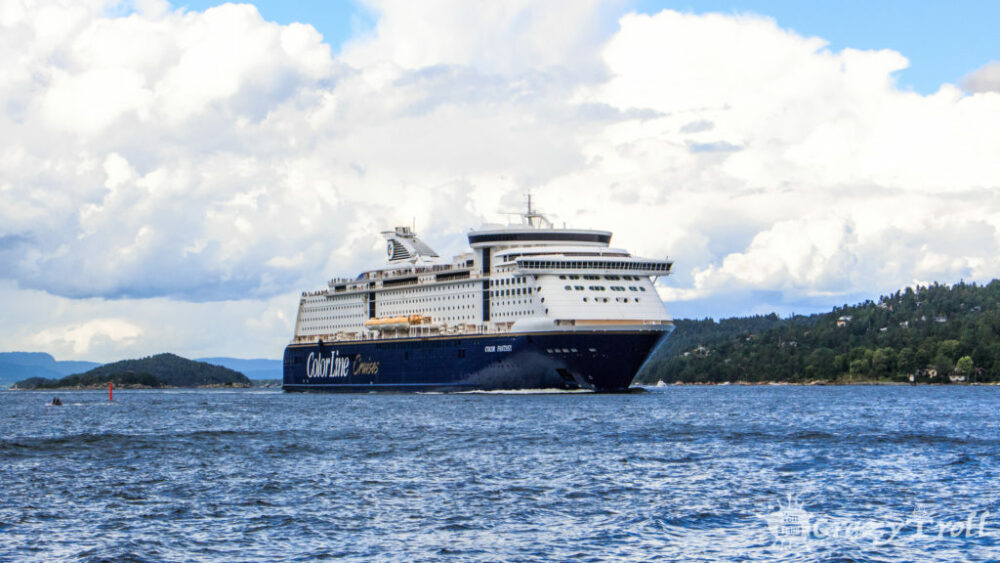
What Are Lifeboats?
Lifeboats are small boats on cruise ships for evacuating people during emergencies. Their primary function is to carry people from the vessel during emergencies and take them to other ships or the mainland for safety.
The lifeboats are positioned on each side of the cruise ship and lowered into the water using davit systems. Unlike inflatable rafts, cruise ship lifeboats can accommodate more people and cruise at higher speeds with the help of a motor. Furthermore, they are designed with an auto-inflation system for better convenience during an emergency.
According to SOLAS, lifeboats should ensure the safety of the people on board by having various safety features and equipment. For instance, the lifeboat should have bright orange paint with the call sign of the ship printed on it.
The lifeboat station must be made easily accessible so that crew members can access launching guidelines and safety awareness posters. Some of the equipment that a lifeboat must have include:
- Signaling Mirror
- Embarkation or pilot ladder
- First Aid Kit
- Food rations
How are Lifeboats Designed?
Traditional lifeboats were only designed for survival purposes. However, modern cruise ship lifeboats have luxurious, more safety features and can function as lifeboat tenders. A lifeboat tender ferries people to the mainland if the port is not deep enough for docking.
Generally, lifeboats measure about 7.3 meters or longer, and the seats can accommodate users weighing 220 lbs. (100 kg). The seats are located around the boat’s perimeter and are usually padded for comfort. Underneath the seats are compartments with survival equipment, and the command console is situated in the boat’s front center above the engine.
Types of Lifeboats
Various lifeboat types aim to provide safety for the ship’s passengers and crew members during emergencies. Lifeboats are mainly classified into open, closed, and freefall lifeboats.
- Open Lifeboats
These are the oldest model of lifeboats with no roof to protect the passengers from adverse weather conditions. They are typically propelled manually using oars but may also have a compression ignition engine for easier navigation.
However, it is rare to see open lifeboats in modern cruise ships as recent guidelines require lifeboats to offer more safety to their users. You can only find open lifeboats in older vessels.
- Closed Lifeboats
Unlike open lifeboats, these boats have a roof to enclose the passengers. Therefore, they are more secure and will protect passengers from seawater currents and adverse weather conditions such as strong winds and rain. There are two types of closed lifeboats:
- Partially enclosed lifeboats
- Fully enclosed lifeboats
Closed lifeboats feature advanced watertight integrity, and if waves topple them over, they will get upright automatically without requiring the manual support of crew members.
- Free Fall Lifeboats
Freefall lifeboats are similar to closed lifeboats, but they apply a different release mechanism. They are placed on the ship’s aft to provide a clear pathway for free fall. Freefall lifeboats launch into the water by falling freely through a sloppy slipway.
Due to their heavy and robust design, freefall lifeboats can sustain the water impact when dropped directly from the ship to the water.
How Many Lifeboats are on a Cruise Ship?
As per the regulations set by SOLAS, a cruise ship must have enough lifeboats to accommodate 37.5% of the ship’s population on each side. Therefore, the number of lifeboats per vessel will depend on the total population and the maximum capacity of the lifeboats.
- Maximum Capacity of Lifeboats
Most cruise ship lifeboats have a maximum passenger capacity of 150 people. According to the LSA Code, “No lifeboat shall be approved to accommodate more than 150 persons.” Since larger lifeboats require less space and maintenance, most cruise ships will have lifeboats that accommodate as many people as possible.
Some modern vessels have lifeboats that accommodate more than 150 people. For example, the Oasis of the Seas ship has lifeboats that accommodate up to 370 passengers.
- Total Population on Board
The other factor that determines the number of lifeboats in a cruise ship is the population of the passengers and crew members. The rule is to ensure that all passengers and crew members will have space on the lifeboats if the need arises.
However, according to SOLAS, lifeboats should accommodate a total capacity of 75% of the total number of people on board. The remaining people would find space on life rafts that use Marine Evacuation System or the traditional davit launch system.
To determine the number of lifeboats on each cruise ship, you can assume that all cruise ship lifeboats should accommodate 150 people and carry 75% of the total population on board. With these considerations, an 800-passenger ship will have four lifeboats while a large 4000-passenger vessel will have 20 lifeboats on board.
Conclusion
If ships like the Titanic had enough lifeboats and life rafts to accommodate all passengers and crew members on board, many lives would have been saved. Thanks to the SOLAS, modern cruise ships now have enough cruise ship lifeboats that offer maximum safety if an emergency arises. With such safety measures and modern technology, public members can now board and enjoy their time on cruise ships without worrying much about their safety.

About the author
I worked as an officer in the deck department on various types of vessels, including oil and chemical tankers, LPG carriers, and even reefer and TSHD in the early years. Currently employed as Marine Surveyor carrying cargo, draft, bunker, and warranty survey.
Leave a Reply Cancel reply
Your email address will not be published. Required fields are marked *
Save my name, email, and website in this browser for the next time I comment.
Latest posts

Sustainable and Luxurious: Discovering Split’s Yachting Paradise
Split, the Adriatic jewel, offers a yachting paradise where history meets pristine maritime beauty. Here, to rent a yacht means unlocking the gateway to exploring secluded bays, experiencing cultural heritage […]
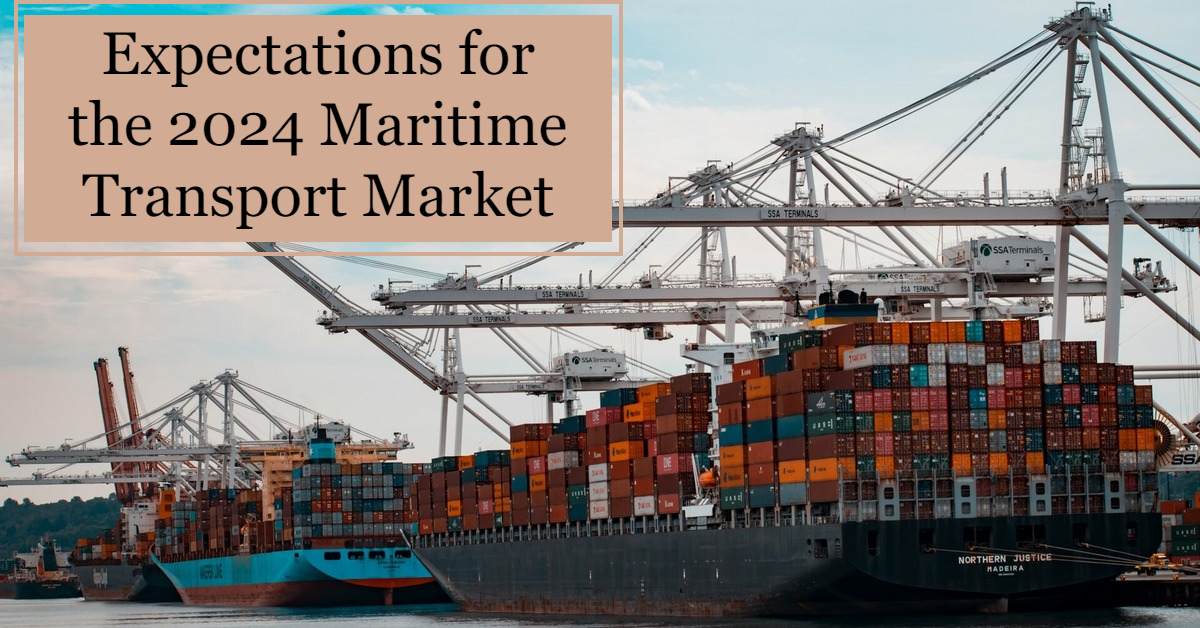
Expectations for the 2024 Maritime Transport Market
What does the 2024 maritime transport market look like? International events have disrupted supply chains and changing regulations keep industry leaders on their toes.
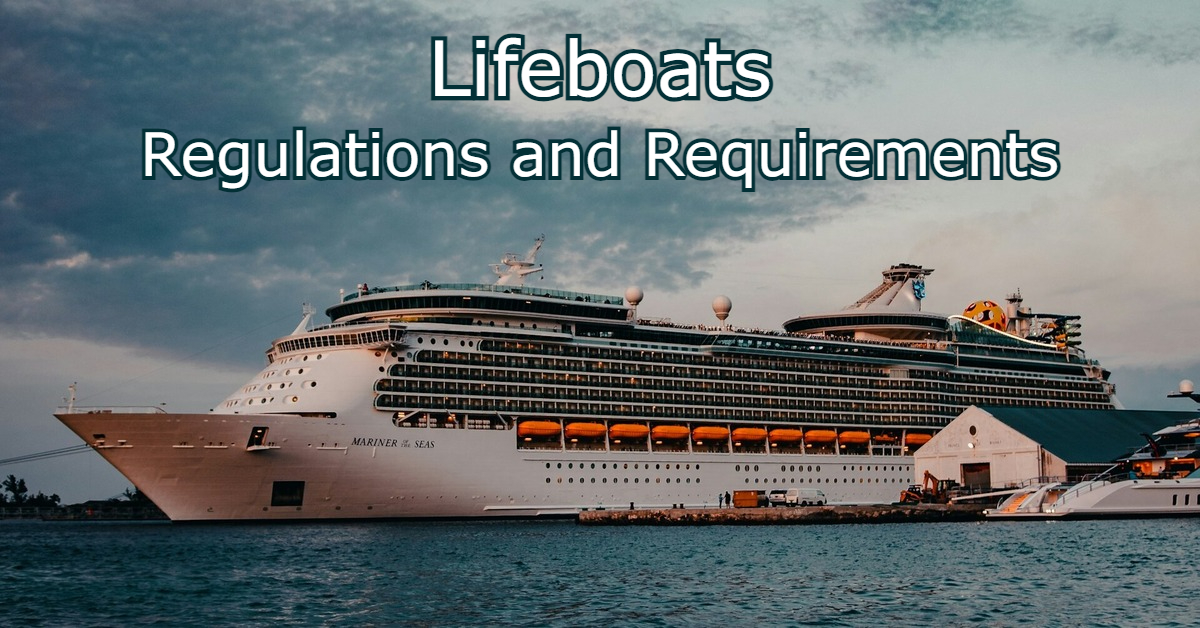
Lifeboats: Regulations and Requirements
In an emergency, portable vessels called lifeboats will get a ship’s occupants to relative safety. So how do lifeboats work?

The Fall of a Giant: The Francis Scott Key Bridge from Glory to Collapse
- Facts and Figures

35 Somali Pirates Surrender: INS Kolkata’s Strategic Triumph 2600km from Indian Coast

Pirates Seize Control: Bangladesh-Flagged MV Abdullah Held Hostage Off Somali Coast

Are Ship Hulls Hollow?
- Zuwara Boat Disaster
- Zumwalt destroyers
- zero emission tanker
- zero emission ships
- Zero alcohol policy
- zephyr lumos collision
- zephyr lumos
- yuan hua hu news
- yuan hua hu
- YM Series Ships
- Marine Education
Video: What’s Inside a Ship’s Lifeboat?
If you are on a ship that’s about to sink, have you ever wondered what equipment or supplies you would have to survive in a lifeboat? Nowadays, ships always carry enough survival craft for everyone onboard. Whether it’s a partially enclosed lifeboat on a cruise ship or a free-fall lifeboat on a chemical tanker, the equipment you will find inside is broadly the same.
It’s actually written down in International law in a publication called the International Life-Saving Appliance code (LSA Code). The code tells us about all sorts of life-saving equipment like Life Jackets, Lifebuoys, Immersion suits, flares and the Survival Crafts. It tells us, for example, that lifeboats must be able to travel fully loaded at 6 knots for 24 hours or 2 knots when towing a fully loaded 25 person life raft. In case the engines break, they need to have sufficient oars to make headway in calm seas, saying that, free-fall lifeboats don’t need to have oars, that makes sense because they would cause serious damage during the launch.
Let’s take a look at all the equipment that you would find inside almost all types of lifeboats. One of the first things you will find even before leaving the ship are anti-seasickness tablets . The lifeboat will have sufficient to give everyone 48 hours worth. It’s absolutely critical to take them for the simple reason that it reduces loss of fluids. Even if you don’t usually get seasick, you should still take yours because it only takes one person in a hot smelly boat, and you trigger a chain reaction.
When it’s time to launch the lifeboat, the next thing you will use is the painter . You’ll actually be provided with two painters , in the stowed position on a ship, a painter will be permanently attached to the forward end of the lifeboat. The idea is that should the lifeboat need to launch when the ship has headway, the painter will keep it pointing forwards, so that it doesn’t capsize. You’ll likely need to release that painter to get away, hence the spare, it gives you a line that can be used for anything, like towing life rafts, etc.
To maintain the boat’s position near the ship, you will have to deploy the Sea Anchor . A sea anchor is like a large cloth bucket that’s designed to stream ahead of the lifeboat. When there’s any wind, the boat will tend to get blown along. Adding the resistance from a sea anchor to the forward end will keep your bow pointing into the weather, it makes the boat more comfortable and slows your rate of drift away from the ship’s position.
In case the sea anchor breaks, you can improvise with some of your other equipment. You have a buoyant bailer and two buckets . Obviously these are provided primarily for getting the water out of the boat but you can always tie a bucket to the end of the spare painter and you’ve got an improvised sea anchor.
Once you have settled in the lifeboat held in position with the sea anchor, the hope is that rescue will come quickly. You will want to draw as much attention to your boat as you can. It’s likely that rescuers are using RADAR, so you want to do all you can to show up. You have a Radar Reflector , so get that hoisted as high as you can. It uses the Cat’s eye effect to return electromagnetic pulses back to their sender, painting a clear image on their radar screen. The higher you get it, the better. Strap it to the end of an ore or use one of the two boat hooks , also part of your required kit to get it even higher in the air. Of course, if you have a SART (Search and Rescue Transponder), use that instead of the reflector, never use both at the same time though as the reflector can block your own SART transmission.
In a way it is easier at night though because lights show up so clearly against a dark sky. You have a search light which is incredibly bright. You even have a torch and spare bulb and batteries , if you fancy communicating with a bit of morse code. There is always the old classic, a whistle as well.
Ideally you will rescued quite quickly near to where your ship sank, but what if rescue doesn’t come, what else does the lifeboat have to help you survive?
The basics like food and water of course, there are three liters of water per person , possibly also rain water collectors or solar stills to increase the supply. To measure it out there is a rust-proof graduated drinking vessel and to make sure you can get it out of the tanks and containers, a rust-proof dipper with a lanyard .
Every lifeboat also has a set of fishing tackle , it is actually there for morale reasons rather than for food. It gives you something to do, eating raw fish would dehydrate you so you wouldn’t actually consider that unless you have established a plentiful supply of water already. Of course, you can always increase the food and water supplies by taking more with you when you abandon ship, this has been thought of as well, which is why you have 3 tin openers on the lifeboat, the last thing you’d want is to have some tin fruit and be unable to open it.
The final bits of equipment, all deals with different emergencies that you might have onboard. Needing to rescue people from the water is a distinct possibility, you have 2 rescue quoits with 30 meters of buoyant line , you can throw them towards anyone in the water, then pull them back on board. If they are cold, you can wrap them in a thermal protective aid , every boat has at least two , though boats designed for more than 20 people will have extras so that 10% of the occupants could have one.
If anyone is injured, there’s a first aid kit . For fires, you have an extinguisher that can cope with Class B or oil fires, should it really take hold, there are two hatchets , stored one at each end so you could break out of the boat if needed. It’s more likely that you’d use the hatchets to chop things like a stubborn painter. For smaller ropes, fabrics, food and things, you’ve got a jack knife . For anything that goes wrong with the machinery, you have got a basic set of tools for minor adjustments.
We have covered a lot, so it’s unlikely that you would remember all of this if you ever did have to be in a lifeboat. Fortunately they have even thought of that and there is a survival manual and a life saving signals card .
(adsbygoogle = window.adsbygoogle || []).push({}); Finally, to summarize here is a list of lifeboat equipment which is standard for any type of lifeboat:
- A complement of buoyant oars , sufficient to make headway in calm seas (except for free-fall lifeboats).
- Anti-seasickness tablets sufficient for each person for 48 hours.
- Two painters.
- One Illuminated compass.
- One Sea anchor.
- One buoyant bailer.
- Two buckets.
- One Radar reflector.
- Two boat hooks.
- Four rocket parachute flares.
- Six hand flares.
- Two buoyant smoke signals.
- One Signaling mirror.
- One Searchlight.
- One electric torch suitable for Morse signaling with spare batteries and bulb (in a waterproof container).
- One whistle.
- Three liters of water per person in watertight packs or containers.
- One Rust-proof graduated drinking vessel.
- One Rust-proof dipper with a lanyard.
- A food ration with an energy value of at least 10,000 kJ (2390 Calories) for each person the lifeboat is designed to hold, packed in airtight and waterproof packaging.
- One set of fishing tackle.
- Three tin openers.
- Two rescue quoits with 30 meters of buoyant line.
- Thermal protective aids, two or for 10% of occupants, whichever is greater.
- One first aid kit in a resealable waterproof container.
- Fire extinguishing equipment suitable for liquid fires.
- Two hatchets.
- One jack knife attached by a lanyard.
- Tools for adjustments.
- One survival manual.
- One copy of life saving signals on waterproof paper.
Share this:
- Click to share on WhatsApp (Opens in new window)
- Click to share on Facebook (Opens in new window)
- Click to share on X (Opens in new window)
- Click to share on Telegram (Opens in new window)
- Click to share on LinkedIn (Opens in new window)
- Click to share on Reddit (Opens in new window)
- how many pyrotechnics are there in lifeboat
- lifeboat equipment
- lifeboat equipment list
- lifeboat equipment uses
- lifeboat equipment with pictures
- lifeboat equipments
- lifeboat painter
- list of lifeboat equipment
- uses of lifeboat equipment
Leave a Reply Cancel reply
Your email address will not be published. Required fields are marked *
Save my name, email, and website in this browser for the next time I comment.
This site uses Akismet to reduce spam. Learn how your comment data is processed .
Related Posts
Huge explosion erupts on containership at jebel ali port, sending shockwaves through dubai.

Coronavirus Impact: Australia Extends Cruise Ship Ban Until September 17

Another Vessel Hijacked By Pirates in Gulf of Guinea

After China Dawn More Ships Diverting Towards India For Crew Change

How Many Lifeboats Are There On A Cruise Ship?
Maritime safety has come a long way since the Titanic was permitted to sail without enough lifeboats for everyone on board. Now, we take it for granted that everyone will have a spot in a boat if it was ever needed. But, it does make you wonder, how many lifeboats are there on a modern cruise ship?
A cruise ship with a capacity of 4000 persons will have at least 20 lifeboats. There must be enough capacity for at least 37.5% of passengers and crew to be accommodated in lifeboats on each side of the ship. The remaining capacity may be provided by liferafts.
The precise number of lifeboats depends on two factors.
- The capacity of each lifeboat.
- The number of persons on board.
The capacity of each lifeboat
Regular lifeboats on cruise ships are designed to accommodate 150 people. This is actually a hard limit, stipulated within the LSA Code:
“No lifeboat shall be approved to accommodate more than 150 persons.” LSA Code
Most cruise lines use lifeboats that are designed to accommodate the maximum possible number of people.
1 lifeboat accommodating 150 people takes up less space than two lifeboats accommodating 75 people.
Not only that, but you only need one launching appliance and one set of machinery. This means that the cost of maintaining a single boat is less than the cost of maintaining two boats.
It is safe to assume that the lifeboats on all cruise ships will be designed to accommodate 150 persons because that is the most cost-effective configuration for the cruise lines.
The number of persons on board
The second consideration is the number of people that the ship is permitted to carry.
Each person on the ship must have a spot in a lifeboat should it ever be needed.
The implication of this is that there must be enough capacity for at least 50% of persons to be accommodated in lifeboats on either side of the ship.
This still holds true and is written down in international law within the Safety of Life at Sea (SOLAS) convention.
The convention does add a caveat though:
“The Administration may permit the substitution of lifeboats by liferafts of equivalent total capacity provided that there shall never be less than sufficient lifeboats on each side of the ship to accommodate 37.5% of the total number of persons on board.” SOLAS
In the circumstances that 37.5% of the ship’s capacity is accommodated in lifeboats on each side, the rest will have space in a liferaft.
Liferafts will either be traditional davit launched liferafts, or more commonly today, a “Marine Evacuation System”. Either way, this additional capacity is provided by an inflatable survival craft.
Calculating how many lifeboats are on a cruise ship
To determine how many lifeboats a cruise ship needs, we assume that each boat has a capacity for 150 people and that 37.5% of the ship’s capacity will be accommodated on each side.
Pro Tip: You can estimate the capacity of a cruise ship by counting how many lifeboats are on each side.
Can lifeboats accommodate more than 150 people?
The observant amount you will notice that there is a discrepancy between my figures and some of the modern, large cruise ships.
Some now have a capacity for nearly 9000 people, yet they might only have 18 “lifeboats”.
Going by our calculations, a ship that size should have around 22 lifeboats on each side or 44 lifeboats in total.
It turns out, there is scope within the regulations for lifeboats to be developed which exceed the maximum 150 person capacity.
You can read more detail in this article from the Royal Institute of Naval Architects: New 370 Person Mega Lifeboat And Davit System Developed .
The larger “lifeboats” have special arrangements, far in excess of traditional lifeboats. For example, they can be boarded and lowered straight from their stowage location, reducing embarkation time and eliminating the need for bowsing lines.
They are also configured for simultaneous boarding across two levels, effectively reducing the loading time by 50% from an equivalent capacity regular lifeboat.
You’ll also notice that these “lifeboats” are not actually called “lifeboats”. Instead, they are labelled as a “rescue vessel”.
What type of lifeboats on cruise ships?
Cruise ships carry two main types of lifeboats: partially enclosed lifeboats, and lifeboat tenders.
Partially enclosed lifeboats are the most common, and usually make up the bulk of the supply of lifeboats carried on a cruise ship.
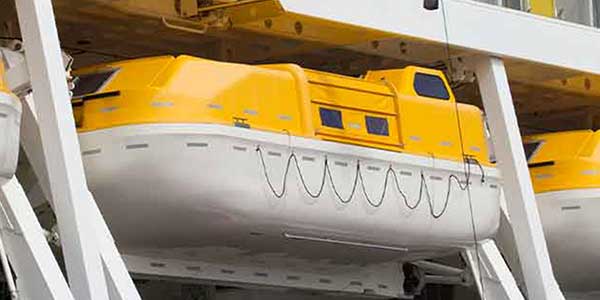
In addition to partially enclosed lifeboats, cruise ships also carry lifeboat tenders.
Lifeboat tenders are a sub-set of partially enclosed lifeboats, but they carry additional equipment so that they can function as passenger tenders when the ship visits ports too small to dock in.
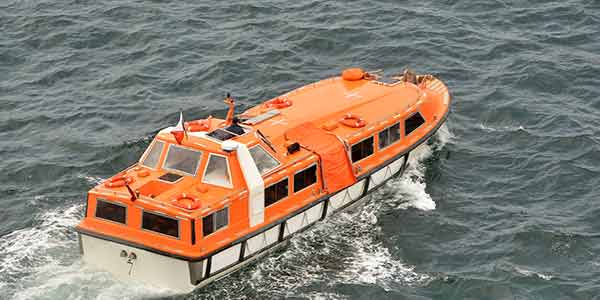
Lifeboat tenders are more expensive to maintain than regular lifeboats because of the additional equipment that they carry.
For this reason, a cruise ship will usually carry a limited supply of lifeboat tenders. They will have just enough to operate a passenger tender service.
When used in their function as a lifeboat, however, there is no significant difference between partially enclosed lifeboats and lifeboat tenders.
You can read more about the different sorts of lifeboats carried on ships in this article: What Types Of Lifeboats Are Used On Ships?
Are there enough lifeboats on a cruise ship if some get damaged?
Based purely on the capacity requirements of lifeboats, it would appear that you would need to use every single lifeboat to be able to evacuate a cruise ship.
In fact, we have only really discussed the minimum number of lifeboats for accommodating people in this article. There are additional requirements for spare capacity in liferafts, in addition to the requirements for capacity in lifeboats.
The spare liferaft capacity is in addition to the liferafts we discussed above which could substitute 12.5% capacity on either side.
SOLAS states:
“In addition, inflatable or rigid liferafts complying with the requirements of section 4.2 or 4.3 of the Code of such aggregate capacity as will accommodate at least 25% of the total number of persons on board.” SOLAS
This means that in the event that a large proportion of the lifeboats on one side were rendered unserviceable, there would still be the capacity to evacuate the entire ship in an emergency.
The additional liferafts would fill in any remaining capacity required.
Winter is here! Check out the winter wonderlands at these 5 amazing winter destinations in Montana
- Plan Your Trip
How Many Lifeboats Are Required On A Cruise Ship
Published: December 8, 2023
Modified: December 28, 2023
by Mickie Garrett
- Sustainability
Introduction
Welcome aboard the exciting world of cruise ships! Cruise vacations offer a unique and thrilling experience, with stunning ocean views, luxurious amenities, and a wide range of onboard entertainment. For those venturing out into the high seas, it’s important to prioritize safety and be aware of the precautions in place to ensure the well-being of passengers and crew members.
Among the many safety measures implemented on cruise ships, one crucial aspect is the provision of lifeboats. These are designated for use in emergency situations, ensuring the safe evacuation of passengers and crew in the event of an incident at sea. But have you ever wondered how many lifeboats are required on a cruise ship, and what factors influence this number? In this article, we will delve into the international regulations governing lifeboat requirements, the factors that determine the number of lifeboats, the size and type of ships that affect these requirements, and the additional safety measures put in place to enhance emergency preparedness.
Understanding the regulations and principles behind lifeboat requirements is essential for cruise ship operators, as they strive to provide a safe and secure environment for their passengers. It also gives passengers peace of mind, knowing that adequate measures are in place to protect their well-being during their cruise vacation.
So, let’s embark on this journey of exploration to discover the fascinating world of lifeboat requirements on cruise ships, and gain insight into the critical aspects that contribute to this vital safety feature.
International Regulations for Lifeboats on Cruise Ships
When it comes to the safety of passengers and crew members on cruise ships, international regulations play a crucial role in determining the requirements for lifeboats. These regulations provide a framework that cruise operators must adhere to, ensuring that the necessary life-saving equipment is available in case of an emergency.
The primary international regulation that governs lifeboat requirements is the International Convention for the Safety of Life at Sea (SOLAS). SOLAS is a treaty developed by the International Maritime Organization (IMO) and sets out minimum safety standards for ships, including rules for life-saving appliances like lifeboats.
According to SOLAS regulations, every cruise ship must have sufficient lifeboat capacity to accommodate all persons on board. This capacity includes both passengers and crew members, ensuring that everyone can be safely evacuated in an emergency. Additionally, these lifeboats must be arranged in a manner that allows for safe and efficient launching, under the supervision of trained crew members.
SOLAS also specifies the equipment and features that lifeboats must possess. These include provisions for survival at sea, such as emergency rations, fresh water, and appropriate signaling devices. Additionally, lifeboats must be equipped with propulsion systems or be designed to be easily maneuvered with oars, ensuring that they can be navigated to safety if the ship becomes incapacitated.
It’s important to note that SOLAS regulations are regularly updated to incorporate advancements in technology and address emerging safety concerns. Cruise ship operators must stay abreast of these changes and ensure that their vessels are in compliance with the latest requirements.
Beyond SOLAS, there may be additional regulations at the regional or national level that cruise ships must adhere to, depending on the routes they operate in and the countries they visit. These regulations may provide specific guidelines on lifeboat capacity, equipment standards, crew training, and emergency response procedures.
By adhering to these international regulations, cruise ship operators demonstrate their commitment to passenger safety and emergency preparedness. These regulations provide a standardized framework that ensures a consistent level of safety across the global cruise industry.
Factors Affecting the Number of Lifeboats Required
The number of lifeboats required on a cruise ship is influenced by several factors that aim to ensure sufficient capacity for all passengers and crew members. These factors take into account the vessel’s passenger capacity, the type and size of the ship, and the potential risks it may encounter during its operational lifespan.
1. Passenger Capacity: The primary factor that determines the number of lifeboats required is the passenger capacity of the cruise ship. SOLAS regulations mandate that there must be enough lifeboats to accommodate every person on board. Passenger capacity includes both paying guests and crew members, ensuring that everyone can be safely evacuated in the event of an emergency. The number of lifeboats must be proportional to the total passenger capacity to meet these requirements.
2. Vessel Type and Size: The type and size of the cruise ship also play a significant role in determining the number of lifeboats required. Larger vessels are expected to have a higher passenger capacity and, therefore, need more lifeboats to accommodate everyone. Additionally, the size of the ship may impact the availability of deck space for lifeboat storage and launching arrangements. Ship designers must carefully consider these factors to ensure that the required number of lifeboats can be accommodated safely and effectively.
3. Risk Assessment: Cruise ship operators need to assess potential risks that their vessels may encounter, such as the cruising region’s weather conditions and proximity to land. These risk assessments help determine whether additional lifeboats or alternative life-saving equipment, such as liferafts, are necessary. For example, ships operating in remote or challenging areas may require additional lifeboats to account for longer response times or limited nearby assistance.
4. Crew Training and Capability: Alongside the number of lifeboats required, crew training and capability are vital considerations. The crew must be adequately trained to handle lifeboat operations and navigation in emergency situations. The number of qualified crew members available to man the lifeboats may influence the overall lifeboat capacity, as there must be enough trained personnel to operate all lifeboats effectively.
5. Industry Best Practices: While not mandatory, industry best practices and guidelines can provide additional guidance on lifeboat requirements. These recommendations may go beyond the minimum standards set by SOLAS and serve as a benchmark for cruise operators to enhance safety measures and ensure adequate lifeboat provisions.
By considering these factors, cruise ship operators can determine the most appropriate number of lifeboats required for their specific vessel. It is essential to adhere to these guidelines and regulations to prioritize the safety and well-being of all passengers and crew members on board.
Passenger Capacity and Lifeboat Requirements
The passenger capacity of a cruise ship is one of the key factors in determining the number of lifeboats required. It is vital to ensure that there are sufficient lifeboats on board to accommodate all passengers and crew members in the event of an emergency. The primary objective is to facilitate a safe and swift evacuation, minimizing the risk to human life.
SOLAS regulations stipulate that cruise ships must have enough lifeboats to accommodate all persons on board, including passengers and crew members. The total passenger capacity is a crucial consideration when determining the number of lifeboats required. The regulations ensure that there are enough lifeboats for everyone, regardless of the ship’s size or route it operates in.
The passenger capacity of a cruise ship is determined by several factors, including the size and layout of the vessel, the number of cabins or staterooms, and the available amenities and facilities. Cruise ships can range from intimate vessels carrying a few hundred passengers to mega-ships accommodating several thousand individuals.
For smaller cruise ships with a passenger capacity of, for example, 200-500 passengers, there may be enough deck space and resources to accommodate the required number of lifeboats directly on board. These lifeboats are typically located on designated lifeboat decks or promenades, where passengers and crew members can easily access them during an emergency.
However, as cruise ships increase in size and passenger capacity, carrying enough lifeboats on board becomes more challenging due to space limitations or weight restrictions. In such cases, the cruise ship may be equipped with a combination of lifeboats and alternative life-saving appliances, such as liferafts.
Liferafts are inflatable rafts that can be deployed in an emergency and provide a means of evacuation and survival at sea. They are designed to accommodate a specific number of individuals and are equipped with necessary supplies, including food, water, and communication devices. The passenger capacity of liferafts should be sufficient to compensate for any shortfall in the number of lifeboats required to accommodate all passengers and crew members.
It is essential for cruise ship operators to carefully calculate and allocate the appropriate number of lifeboats and liferafts based on the passenger capacity of the ship. Adequate training and preparedness are also critical factors to ensure the safe and efficient deployment of these life-saving appliances in an emergency.
Passenger safety is of paramount importance to the cruise industry, and complying with lifeboat requirements is an integral part of providing a secure and enjoyable cruise experience. By adhering to regulations and considering the passenger capacity, cruise ship operators demonstrate their commitment to the well-being and security of all those on board.
Size and Type of Cruise Ships and Lifeboat Requirements
The size and type of cruise ships play a significant role in determining the specific lifeboat requirements. Cruise ships come in various sizes and configurations, each requiring careful consideration to ensure compliance with safety standards and regulations.
1. Vessel Size: The size of a cruise ship directly impacts the number of passengers it can accommodate, as well as the space available for lifeboats. Larger cruise ships typically have a higher passenger capacity and, therefore, require more lifeboats to ensure everyone can be safely evacuated in an emergency. Due to space limitations, mega-sized cruise ships might face challenges in carrying the necessary number of lifeboats on board. Therefore, alternative solutions, such as liferafts, may be employed to compensate for any shortfall, in compliance with regulations.
3. Space Constraints: The availability of deck space and storage areas also influences the number and type of lifeboats a cruise ship can carry. Larger ships with more open deck areas may have sufficient space to accommodate the required number of lifeboats directly on board. However, space limitations may require smaller ships to employ alternative solutions, such as davit-launched or inflatable lifeboats. These variations must still comply with safety regulations and ensure the safe embarkation and launching of the lifeboats.
4. Hybrid Solutions: Some cruise ships utilize a combination of lifeboats and alternative life-saving appliances, such as liferafts, to fulfill the required capacity. This hybrid approach allows for flexibility in meeting the regulatory requirements while considering the unique characteristics and constraints of the ship. The number and capacity of liferafts are determined based on the shortfall in lifeboat capacity, ensuring that all passengers and crew members have access to a suitable life-saving appliance.
It is important for cruise ship operators to work closely with ship designers, naval architects, and regulatory bodies to determine the optimal lifeboat requirements based on the size and type of their vessels. This collaborative approach ensures that industry standards and regulations are met while considering the specific characteristics and operational needs of each cruise ship.
By carefully considering the size and type of cruise ships, and working within the guidelines set forth by regulatory bodies, cruise operators can provide a safe and secure environment for their passengers, ensuring that they can enjoy their cruise experience with peace of mind.
Emergency Preparedness and Additional Safety Measures
Ensuring the safety and well-being of passengers and crew members is a top priority for the cruise industry. In addition to meeting the standard lifeboat requirements, cruise ship operators implement various emergency preparedness measures and additional safety precautions to enhance the overall safety of the vessel.
1. Drills and Training: Regular safety drills and training sessions are conducted on cruise ships to familiarize passengers and crew members with emergency procedures, including the proper use of lifeboats. These drills simulate real-life emergency scenarios and provide hands-on experience in the event of an evacuation. Proper training ensures that everyone knows their roles and responsibilities during an emergency, promoting a more efficient and organized response.
2. Advanced Lifeboat Technologies: Cruise ship operators continuously invest in advanced lifeboat technologies to improve safety and ease of use. Modern lifeboats are equipped with innovative features such as self-inflating systems, automatic launching mechanisms, and improved stability in rough sea conditions. These advancements enhance the efficiency and effectiveness of lifeboat operations, increasing the chances of a successful evacuation.
3. Enhanced Communication Systems: Reliable communication systems are crucial in emergency situations. Cruise ships are equipped with state-of-the-art communication systems that allow for prompt and effective communication between the bridge, crew members, and passengers. This enables swift response and coordination during evacuations, increasing the overall safety of everyone on board.
4. Alternative Evacuation Methods: In addition to lifeboats, cruise ships may deploy alternative evacuation methods to ensure the safe evacuation of passengers and crew. These methods can include the use of liferafts, marine evacuation systems (MES), or other inflatable devices designed for emergency situations. These alternatives provide additional options and flexibility in emergency scenarios, accommodating a larger number of individuals if the capacity of lifeboats is insufficient.
5. Emergency Response Teams: Cruise ships have dedicated emergency response teams composed of trained crew members who are responsible for managing crisis situations. These teams are equipped with the necessary expertise to handle various emergency scenarios, including lifeboat operations. Their presence ensures a swift and coordinated response, minimizing panic and ensuring the safety of all individuals on board.
6. Regular Safety Inspections: Cruise ships undergo rigorous safety inspections, both internally by the cruise operators and externally by regulatory bodies. These inspections evaluate the condition of lifeboats and other life-saving equipment, ensuring that they are in proper working order and compliant with safety regulations. Regular maintenance and inspections are crucial to guarantee the readiness and effectiveness of lifeboats in case of an emergency.
Cruise ship operators are committed to meeting and exceeding safety standards to safeguard the lives of passengers and crew members. By implementing comprehensive emergency preparedness measures and additional safety precautions, they strive to create a secure environment for everyone on board, ensuring that the cruise experience is enjoyable and worry-free.
Case Studies of Cruise Ship Lifeboat Configurations
Examining case studies of cruise ship lifeboat configurations provides valuable insights into the practical implementation of lifeboat requirements and the measures taken by cruise operators to ensure passenger safety.
1. Oasis-class Ships: Royal Caribbean’s Oasis-class ships are among the largest cruise ships in the world, with a passenger capacity of over 5,000 individuals. To comply with SOLAS regulations, these ships are equipped with a combination of traditional lifeboats and inflatable liferafts. The lifeboats are stored on dedicated lifeboat decks, with several launching stations strategically positioned around the ship. The presence of liferafts ensures that the required life-saving capacity is met, providing an alternative evacuation method if needed.
2. Expedition Vessels: Expedition cruise ships, such as those operated by Hurtigruten and Ponant, sail to remote and challenging regions, requiring specialized lifeboat configurations. These vessels often carry a higher number of lifeboats due to the potential risks associated with operating in remote areas. Additionally, they may feature unique designs that allow for enhanced stability and maneuverability in rough sea conditions, ensuring the safe launch and operation of lifeboats in challenging environments.
3. Small Luxury Cruise Ships: Small luxury cruise ships, like those operated by Silversea Cruises and Seabourn, prioritize passenger comfort without compromising on safety. These ships typically have a lower passenger capacity and ample deck space, allowing for the inclusion of sufficient lifeboats on board. The lifeboats are usually located on dedicated lifeboat decks, easily accessible to passengers and crew members during an emergency evacuation.
4. River Cruise Ships: River cruise ships, such as those operated by Viking River Cruises and Avalon Waterways, navigate inland waterways and face different regulations compared to open-sea cruise ships. Due to the nature of their operations, these vessels typically have smaller passenger capacities and may employ alternative evacuation methods, such as liferafts or marine evacuation systems (MES), to meet the required life-saving capacity.
These case studies highlight the varied approaches taken by cruise ship operators to meet lifeboat requirements while considering the size, type, and operational needs of their vessels. Cruise operators invest in technologies and designs that balance safety regulations, passenger capacity, and operational feasibility.
It is important to note that specific lifeboat configurations may vary across different cruise lines and ships, depending on regulatory requirements, safety protocols, and the evolving nature of the industry. Cruise ship operators continually assess and adapt their lifeboat configurations to align with the latest standards and best practices to ensure the highest level of safety for passengers and crew members.
Challenges and Potential Solutions Regarding Lifeboat Requirements
While lifeboat requirements are essential for ensuring the safety of passengers and crew members on cruise ships, they also present certain challenges for cruise operators. These challenges can arise due to factors such as space constraints, weight limitations, and evolving industry standards. However, cruise operators continuously strive to find potential solutions to address these challenges and uphold the highest standards of safety.
1. Space Limitations: Space limitations on cruise ships, particularly larger vessels, pose a challenge when it comes to storing and launching an adequate number of lifeboats. To overcome this challenge, cruise operators may employ innovative solutions such as compact or foldable lifeboat designs that can be stored in smaller spaces. Utilizing alternative life-saving appliances, such as liferafts or marine evacuation systems (MES), can also provide flexibility in meeting the required life-saving capacity while utilizing less deck space.
2. Weight Restrictions: Large cruise ships have weight limitations that must be considered when determining the number and size of lifeboats. The weight of additional lifeboats can impact the ship’s stability and compromise its overall performance. To address this challenge, cruise operators may explore lightweight materials for lifeboats, as well as alternative evacuation methods like liferafts, which have a lower weight burden.
3. Evolving Industry Standards: The cruise industry is continuously evolving, with regulatory bodies regularly updating safety standards and requirements. Keeping up with these changes can be challenging for cruise operators. However, by staying informed and actively participating in industry discussions and collaborations, cruise operators can adapt their lifeboat configurations to align with the evolving industry standards and ensure ongoing compliance.
4. Incorporating Technological Advancements: Technological advancements offer opportunities to enhance lifeboat design and operation. For example, advanced launching systems, improved stability features, and enhanced communication systems can significantly contribute to the overall effectiveness of lifeboat operations. Cruise operators can invest in and adopt these technological advancements to optimize lifeboat configurations and maximize safety measures.
5. Collaboration and Knowledge Sharing: Collaboration among cruise operators, industry experts, shipbuilders, and regulatory bodies is crucial in addressing challenges related to lifeboat requirements. By sharing insights and best practices, the industry can collectively overcome challenges, implement innovative solutions, and ensure the highest level of safety for passengers and crew members.
It is important to note that compliance with applicable regulations and standards remains paramount, and cruise operators should work closely with regulatory bodies to ensure that any potential solutions meet safety requirements. Continuous monitoring, evaluation, and improvement of lifeboat configurations are necessary to adapt to evolving challenges and provide an optimal safety environment for all those on board.
Lifeboat requirements on cruise ships are of paramount importance when it comes to ensuring the safety and well-being of passengers and crew members. These requirements are governed by international regulations, such as SOLAS, which mandate that every cruise ship must have the appropriate number of lifeboats to accommodate all individuals on board.
In this article, we have explored the international regulations surrounding lifeboat requirements, the factors that influence the number of lifeboats on a cruise ship, and the additional safety measures implemented by cruise operators. We have also discussed case studies of different cruise ship lifeboat configurations and the challenges faced by the industry in meeting these requirements.
Passenger capacity, vessel size and type, risk assessment, and crew training are essential factors that impact the number and arrangement of lifeboats on a cruise ship. Additionally, emergency preparedness measures, advanced lifeboat technologies, and regular safety inspections contribute to enhancing the overall safety of the vessel.
Case studies have provided insights into the practical implementation of lifeboat requirements, showcasing how cruise operators adapt to different ship sizes, types, and operational demands. Despite challenges such as space limitations and weight restrictions, cruise operators employ innovative solutions, incorporate technological advancements, and engage in knowledge sharing to overcome these obstacles.
Ultimately, the cruise industry is committed to the safety of passengers and crew members. By adhering to international regulations, conducting regular safety drills and training, and incorporating industry best practices, cruise operators continuously strive to provide a secure environment for everyone on board.
In conclusion, lifeboat requirements on cruise ships are a critical aspect of emergency preparedness and passenger safety. By meticulously considering the factors that influence the number and arrangement of lifeboats, as well as implementing additional safety measures, the cruise industry demonstrates its commitment to ensuring a safe and enjoyable experience for all who embark on a cruise vacation.

- Privacy Overview
- Strictly Necessary Cookies
This website uses cookies so that we can provide you with the best user experience possible. Cookie information is stored in your browser and performs functions such as recognising you when you return to our website and helping our team to understand which sections of the website you find most interesting and useful.
Strictly Necessary Cookie should be enabled at all times so that we can save your preferences for cookie settings.
If you disable this cookie, we will not be able to save your preferences. This means that every time you visit this website you will need to enable or disable cookies again.
There are still secrets to be found on Titanic. These graphics explore them
It sank 112 years ago Monday, but our obsession with the RMS Titanic continues.
History's most famous ship slipped beneath the North Atlantic at 2:20 a.m. on April 15, 1912 , but we continue to explore its maiden voyage, iceberg, sinking and undersea decay through a seemingly endless stream of photographs, books , documentaries and movies , and museum exhibits.
Fascination has led to tragedy. A submersible carrying five passengers to view the Titanic imploded near the wreck , killing all aboard, in June 2023.
It also has brought technological advances. In May 2023, a new type of digital scanning, using multiple images, gave us a three-dimensional view of the ship as it would look if it were lifted out of the water .
Why are people drawn to Titanic?
"There isn’t a simple answer," says Karen Kamuda, president of the Titanic Historical Society , which operates the Titanic Museum in Indian Orchard, Massachusetts.
Those who join the society are of "all ages and occupations, and their interests are multivariable," Kamuda says. Aside from their fascination with Titanic and its passengers and crew, their curiosity might include the sister ships Olympic and Britannic, the White Star Line, artifacts, and TV and movies.
"James Cameron’s 1997 film, ' Titanic ,' opened up a brand-new interest," Kamuda says. "The internet has helped spread the story worldwide."
Here are a few things you may not know about Titanic:
Titanic traveled less than 3,000 miles
Titanic was built at the Harland & Wolff shipbuilding company in Belfast, Ireland. After outfitting and sea trials, the ship left port for her maiden voyage.
From Belfast to the fatal iceberg strike, Titanic traveled about 2,555 nautical miles, or 2,940 land miles:
April 2, 1912 | 8 p.m.: Titanic leaves Belfast, sails to Southhampton, England (577 nm).
April 10, 1912 | noon: Titanic leaves Southhampton, sails to Cherbourg, France (88 nm).
April 10, 1912 | 8:10 p.m.: Titanic leaves Cherbourg, sails to Queenstown ( now known as Cobh ), Ireland (341 nm).
April 11, 1912 | 1:30 p.m.: Titanic leaves Queenstown for New York.
April 14, 1912 | 11:40 p.m.: Titanic strikes iceberg 1,549 nm from Queenstown.
April 15, 1912 | 2:20 a.m.: Titanic sinks about 400 miles south of Newfoundland, Canada.
Titanic's lifeboats were not filled to capacity
15-ton piece of wreckage recovered.
The largest piece of wreckage recovered from Titanic, above, is a 15-ton section of the hull measuring 26 feet by 12 feet. It's on display at Titanic: The Artifact Exhibition at the Luxor Hotel in Las Vegas
The hull section was part of the starboard side of the ship , between the third and fourth funnels. It was lifted to the surface in 1998.
Museums keep Titanic's memory alive
A number of museums offer visitors a look at hundreds of objects recovered from the wreck site. Here are a few:
And if you can't get to a Titanic museum, a traveling exhibit, Titanic. The Exhibition , with 200 items, may be coming to you after it leaves New York.
Thousands of artifacts have been salvaged
Titanic was much smaller than today's cruise ships, want to learn more about titanic.
Historical associations are a good source of information.
- Titanic Historical Society: https://titanichistoricalsociety.org/
- Titanic International Society: https://titanicinternationalsociety.org/
- Belfast Titanic Society: https://www.belfast-titanic.com/
- British Titanic Society: https://www.britishtitanicsociety.com/
SOURCE USA TODAY Network reporting and research; Titanic Historical Society; titanicfacts.net; titanicuniverse.com; National Geographic; encyclopedia-titanica.org

COMMENTS
Learn how many lifeboats and liferafts cruise ships have to accommodate passengers and crew in case of an emergency. Find out the international regulations, the number of lifeboats needed for different ship sizes, and how they are launched and used.
Learn how cruise ship lifeboats are tested, inspected and maintained to ensure the safety of passengers and crew. Find out the difference between lifeboats and life rafts, and how many lifeboats are required for each ship.
Learn what a cruise ship lifeboat is, how it works and why it is important for your safety. Find out how lifeboats are used for emergency drills, shore excursions and medical evacuations.
A lifeboat or liferaft is a small, rigid or inflatable boat carried for emergency evacuation in the event of a disaster aboard a ship. Lifeboat drills are required by law on larger commercial ships. Rafts ( liferafts) are also used. In the military, a lifeboat may double as a whaleboat, dinghy, or gig. The ship's tenders of cruise ships often ...
If some lifeboats become damaged or can't be lowered during an emergency, cruise ships have extra life rafts to pick up the slack. SOLAS requires that there are enough additional life rafts for 25% of the ship's capacity. Cruise ships have also been designed to allow lifeboats and life rafts to deploy even if the ship is listing up to 20 degrees.
1. Some lifeboats are used as tenders. A tender is a boat that takes cruise passengers back and forth from ship to land. These boats are used in ports of call where the ship cannot dock and must ...
The capacity of lifeboats on cruise ships is a crucial aspect to consider when evaluating overall safety. Passenger ships must have enough lifeboat space for a minimum of 75% of the ship's maximum capacity. Cruise ships also provide liferafts for the remaining 25%. However, it's important to note that the provided lifeboats are often more ...
Cruise lines don't have to provide enough lifeboats for all passengers according to law. As long as there is enough capacity for 37.5% of passengers alongside each side of the ship in lifeboats (so 75% total), then the rest can be carried in life rafts ( source ). Most cruise lines choose to have the additional lifeboat capacity though - it ...
A lifeboat, particularly those found on cruise ships, is a brightly-colored, sturdy vessel with a protective canopy and streamlined design. It's designed to prioritize the safety and rescue of individuals during maritime emergencies. When picturing a lifeboat, several key characteristics come to mind.
Each ship must have lifeboats situated along each side of the ship, with a minimum of 37.5% of the ship's passenger capacity accommodated on each side. Ships will exceed this number in most cases, usually accommodating around 150% of the total number of souls on board. And all of that extra space does not sit idle.
How Much Water is Onboard Cruise Ship Lifeboats? Water is stored on the lifeboat in 500ml packets and there are 6 onboard per guest meaning that each passenger has 3 litres of water onboard. Each packet is meant to last a passenger one day meaning that the lifeboat would have enough water onboard to last for a week.
Hey sailors,Today we are taking a look inside a lifeboat onboard The Valiant Lady cruise ship. We will see how much water and food is inside, along with all ...
Evacuations from cruise ships by lifeboat are incredibly rare - but all cruise ships must carry enough lifeboats for all passengers and crew. All ships are governed by SOLAS (Safety Of Life At Sea) regulations. These regulations make sure that all ships have the necessary safety equipment onboard, and regular safety checks and crew training ...
The majority of the items on a cruise ship lifeboat are listed below, however it's not all-inclusive, per the LSA: Enough fuel to travel at 6 knots for at least a full day (24 hours) 48 hours' worth of anti-seasickness medication per person. 2 seasickness bags per person. 3 liters of fresh water per person.
The lifeboat launch and recovery process is a meticulously planned operation to ensure the safety of passengers and crew during a maritime emergency. Launch procedures begin with passengers and crew mustering at assigned assembly points, donning lifejackets, and then boarding the lifeboats. Modern cruise ships are typically equipped with ...
Lifeboat Construction. -Must be made flame-retardant and made of non-combustible materials. As they say during your muster drill, "fire is the greatest danger at sea". -When fully loaded with persons and supplies, must be stable in the water, capable of launching while the ship travels at a speed of 5 knots, and strong enough to be lowered ...
Ships engaged in Short International Voyages must have Partially or enclosed Life Boats for 30% of the total capacity of people on board. Plus the number of Life rafts necessary to obtain a total of 100% Rigid or Inflatable Liferafts for a total of 25% of the total number of people on board the Cruise Ship. Free Fall Lifeboat
Cruise Ship Lifeboat Capacity. I've learned that while cruise ships have enough lifeboats for every guest, they're only required to have enough capacity for 37.5% of passengers on each side of the ship. This means that in the event of an emergency evacuation, not everyone on board will be able to fit in a lifeboat. However, cruise lines ...
To determine the number of lifeboats on each cruise ship, you can assume that all cruise ship lifeboats should accommodate 150 people and carry 75% of the total population on board. With these considerations, an 800-passenger ship will have four lifeboats while a large 4000-passenger vessel will have 20 lifeboats on board. Conclusion
Whether it's a partially enclosed lifeboat on a cruise ship or a free-fall lifeboat on a chemical tanker, the equipment you will find inside is broadly the same. It's actually written down in International law in a publication called the International Life-Saving Appliance code (LSA Code). The code tells us about all sorts of life-saving ...
See the lifeboats of a cruise ship being launched and tested, specifically those from the Royal Caribbean Liberty of the Seas. We had a oceanview cabin on t...
A cruise ship with a capacity of 4000 persons will have at least 20 lifeboats. There must be enough capacity for at least 37.5% of passengers and crew to be accommodated in lifeboats on each side of the ship. The remaining capacity may be provided by liferafts. The precise number of lifeboats depends on two factors. The capacity of each lifeboat.
The number of lifeboats must be proportional to the total passenger capacity to meet these requirements. 2. Vessel Type and Size: The type and size of the cruise ship also play a significant role in determining the number of lifeboats required.
These graphics explore them. It sank 112 years ago Monday, but our obsession with the RMS Titanic continues. History's most famous ship slipped beneath the North Atlantic at 2:20 a.m. on April 15 ...
A gold pocket watch recovered from the body of the richest man on the Titanic on Saturday sold for a record price of £1.175 million. The 14-carat gold Waltham watch, which belonged to business ...